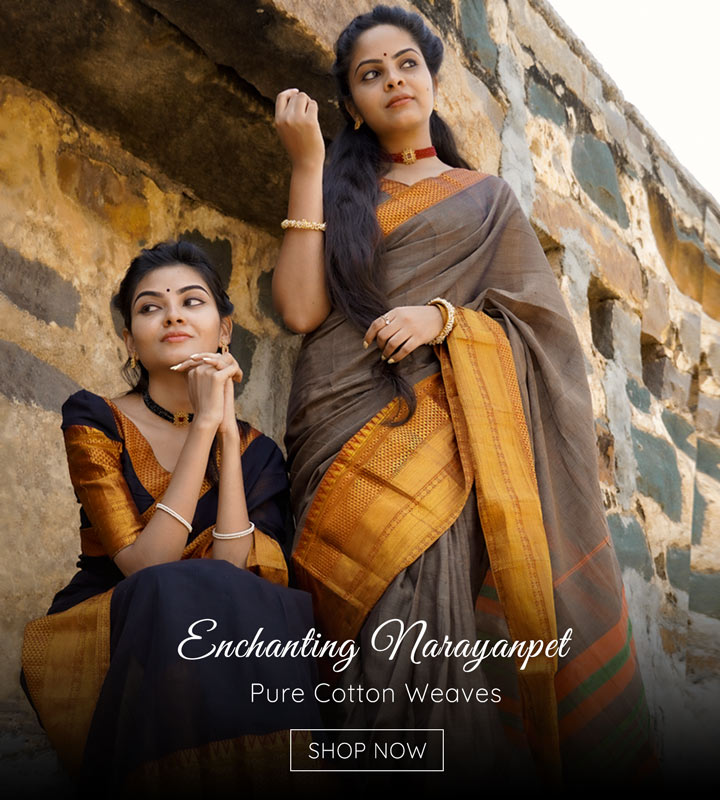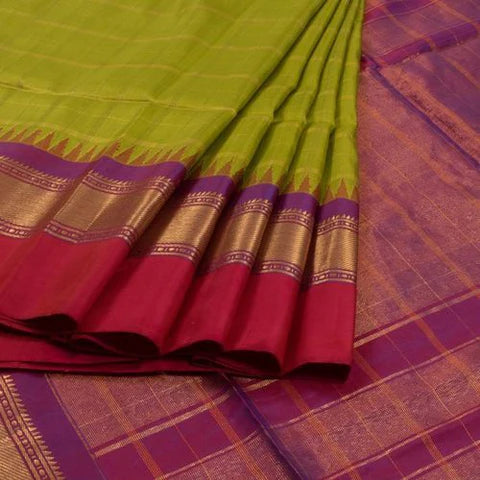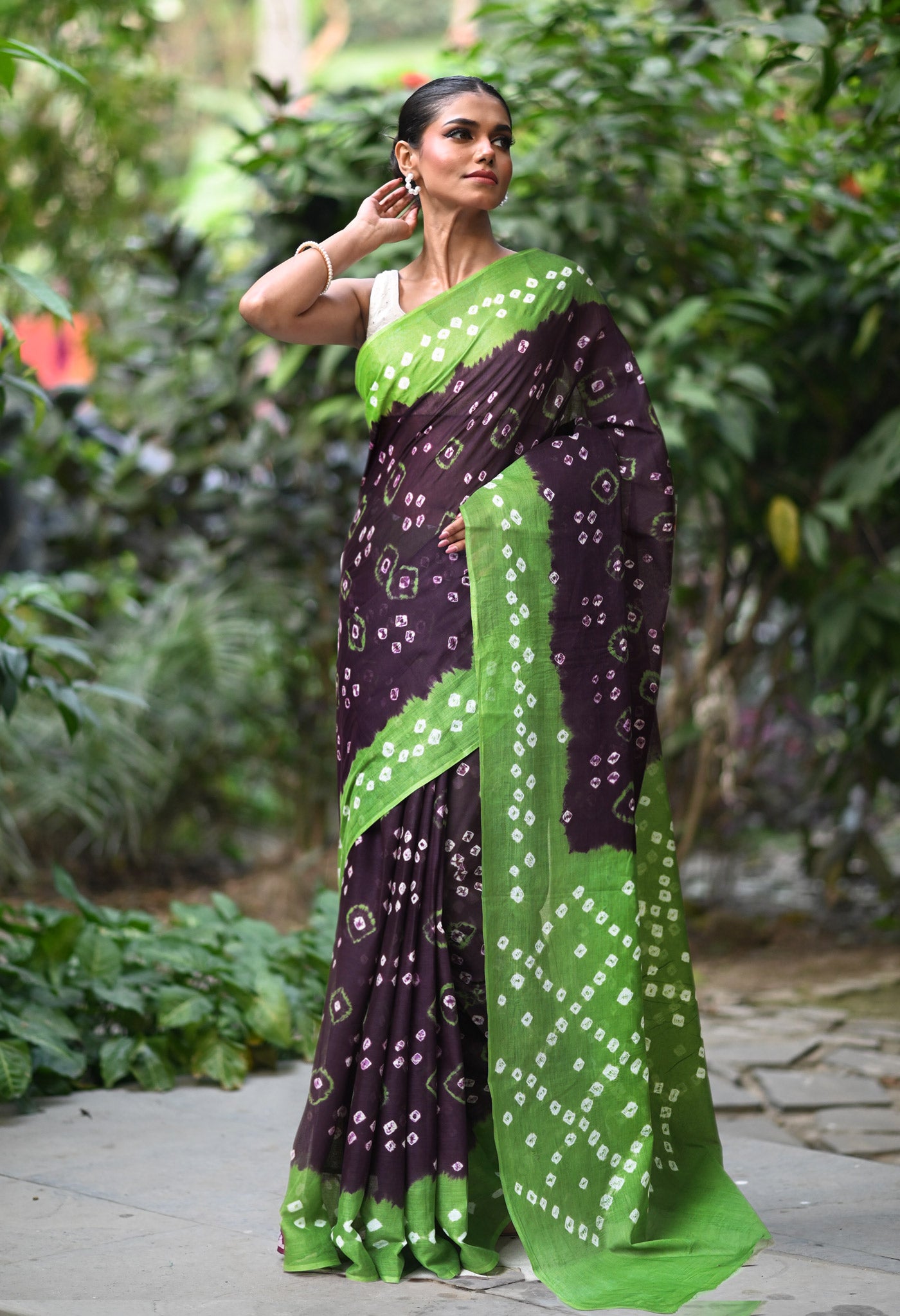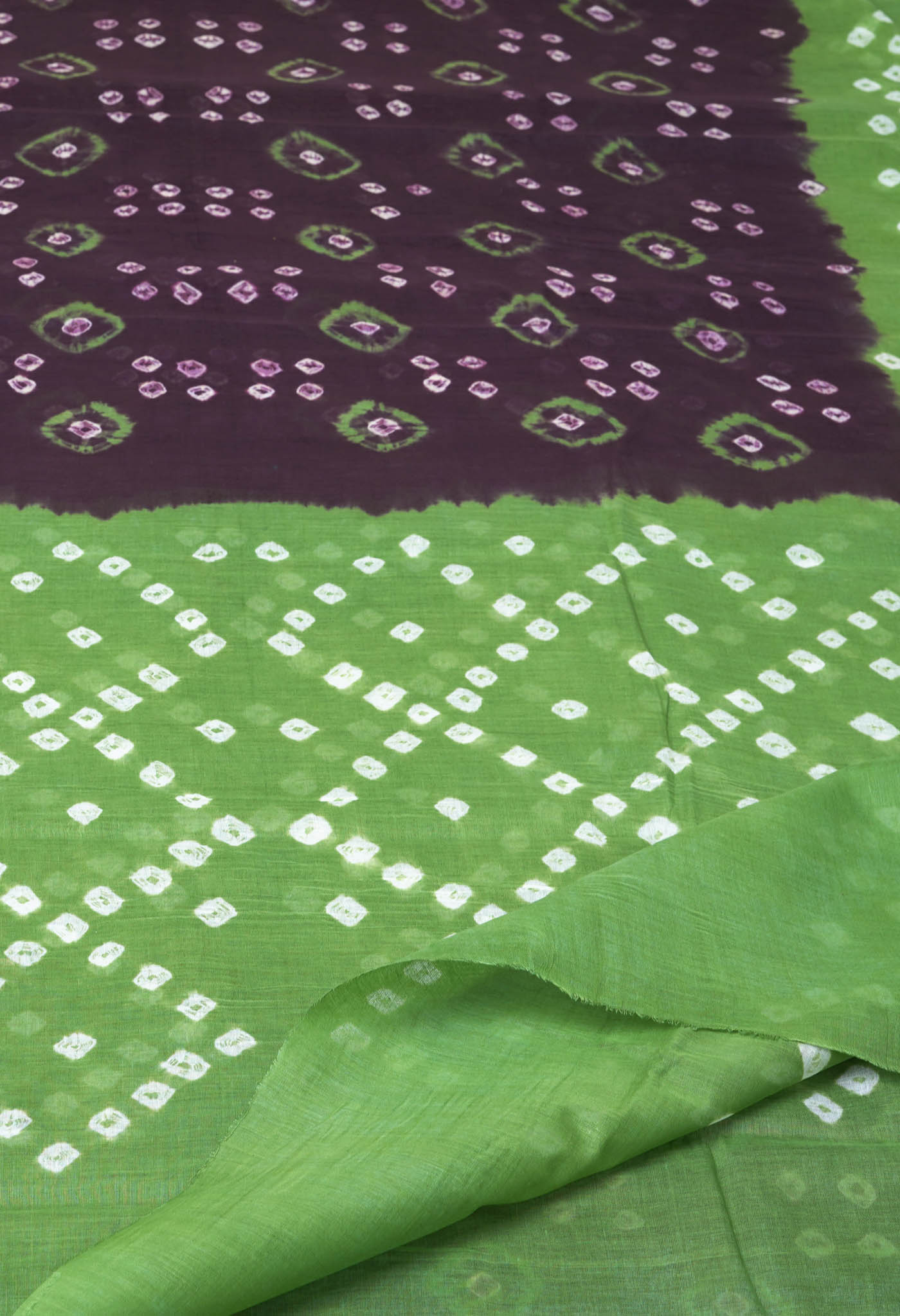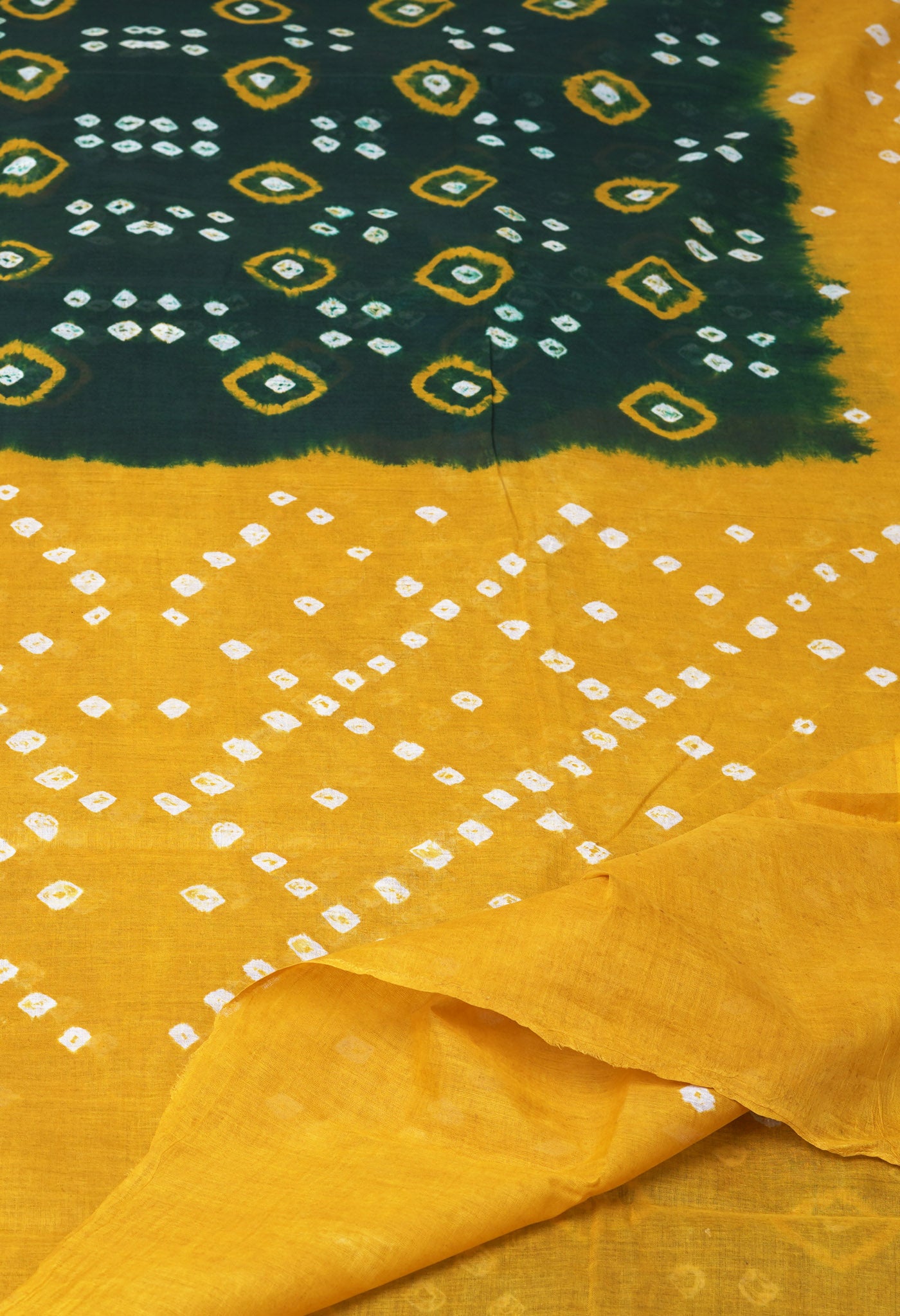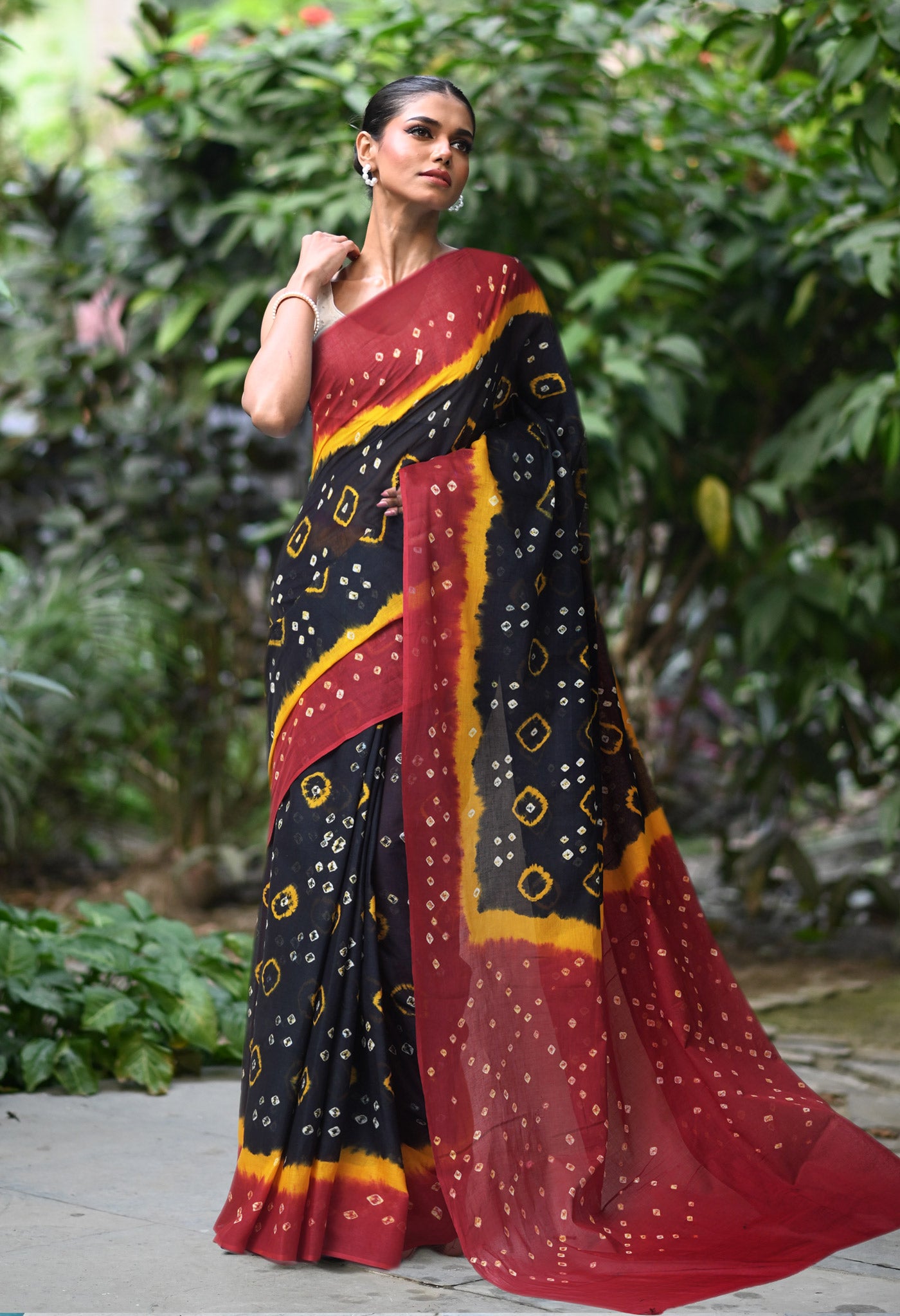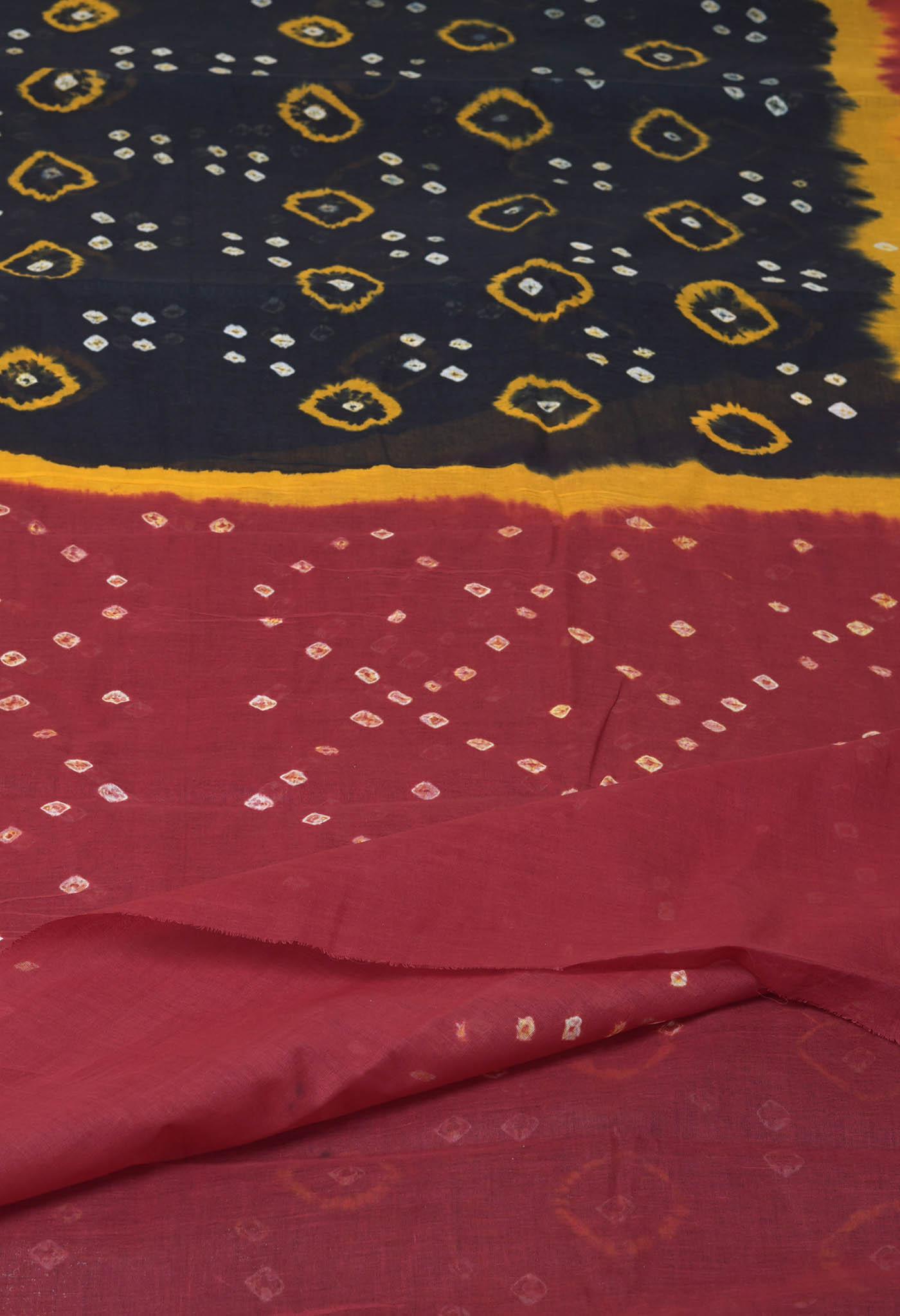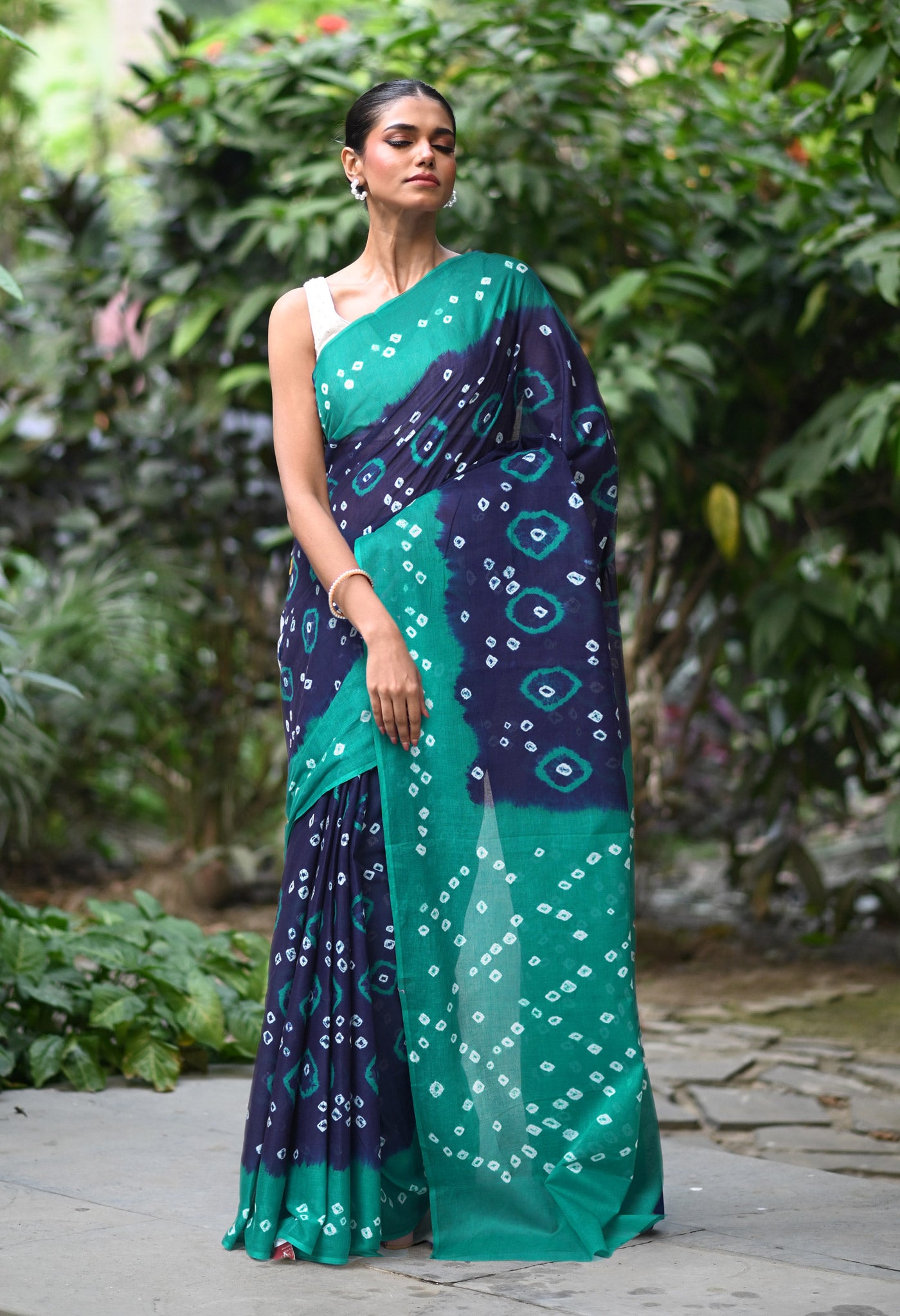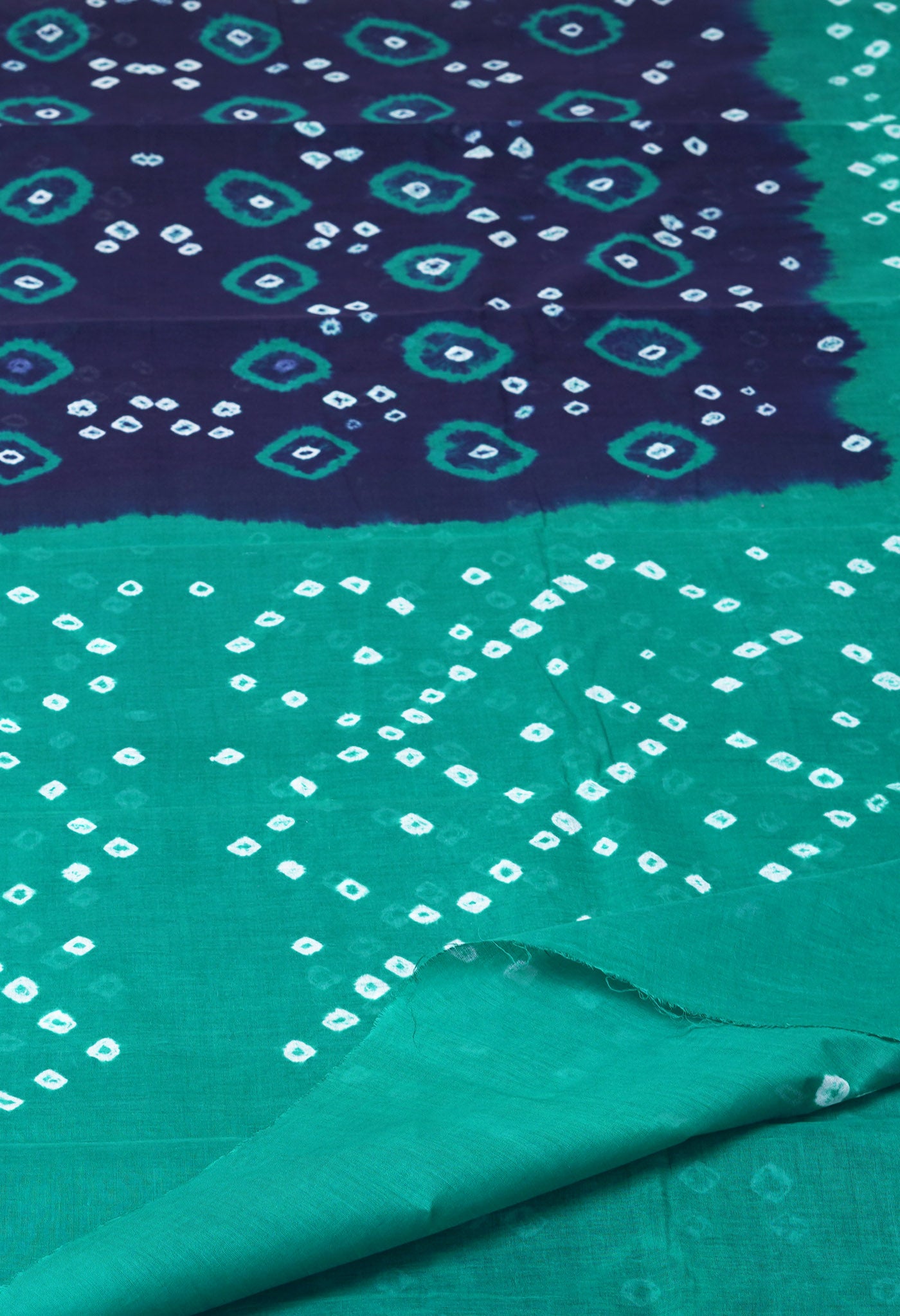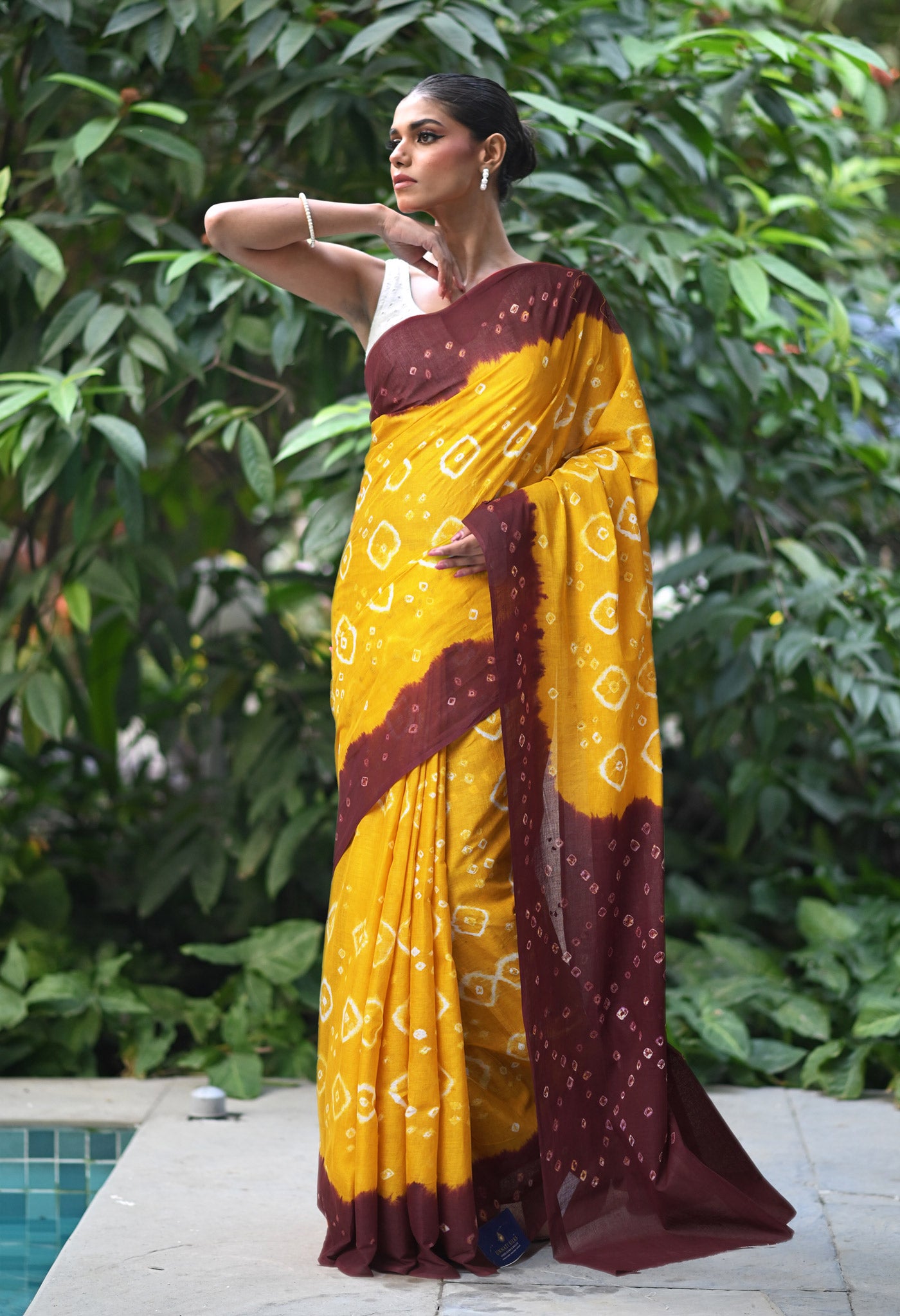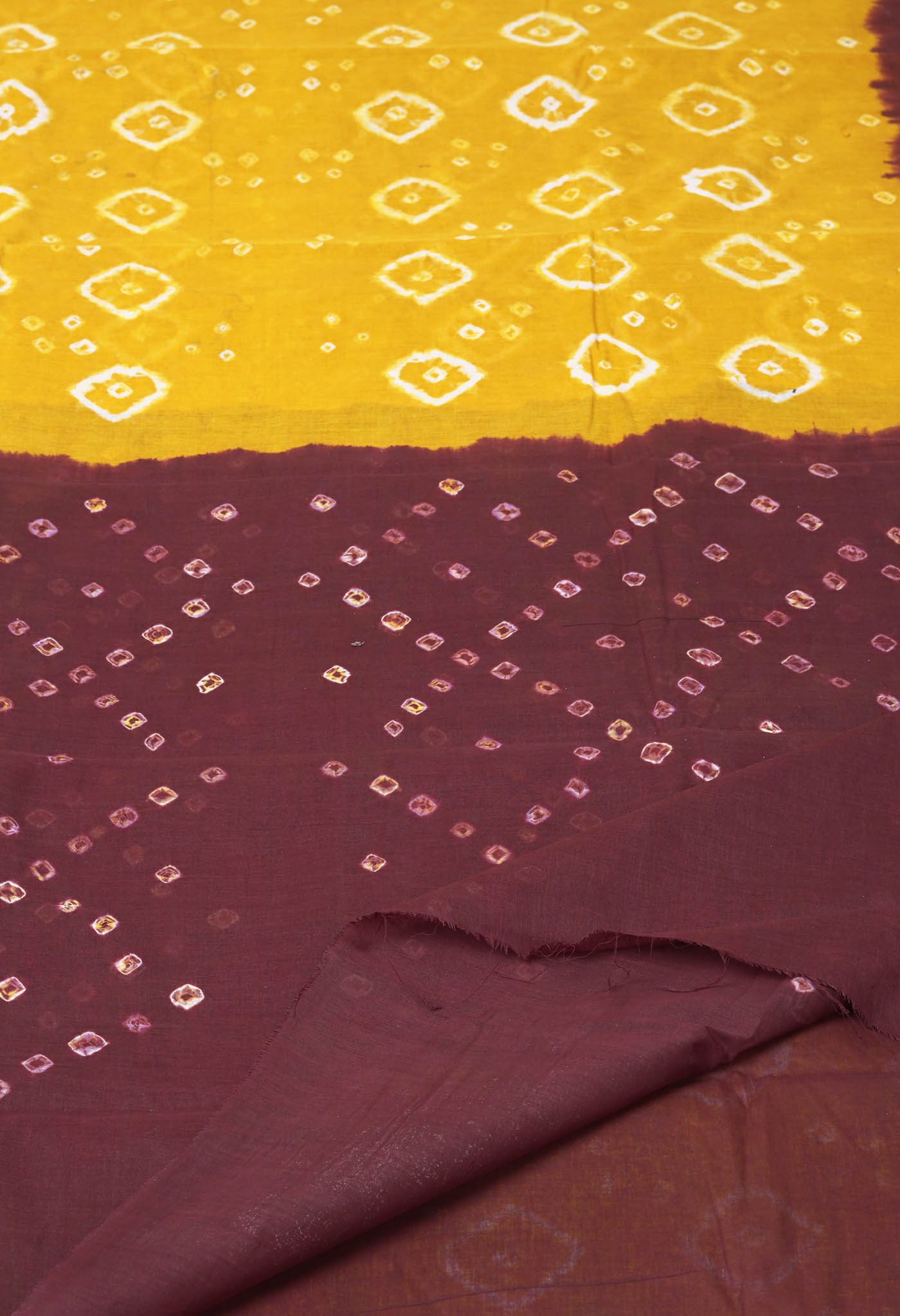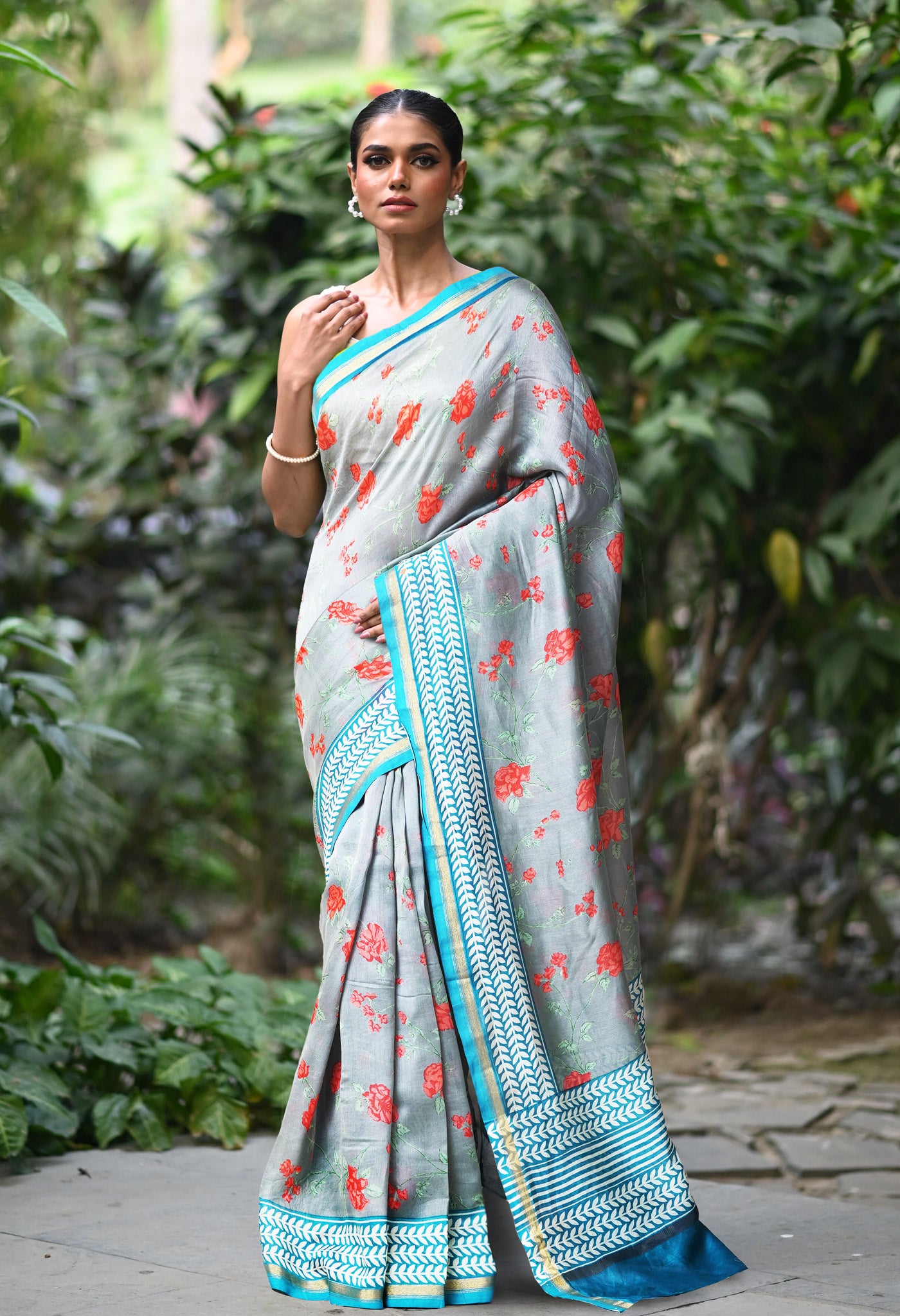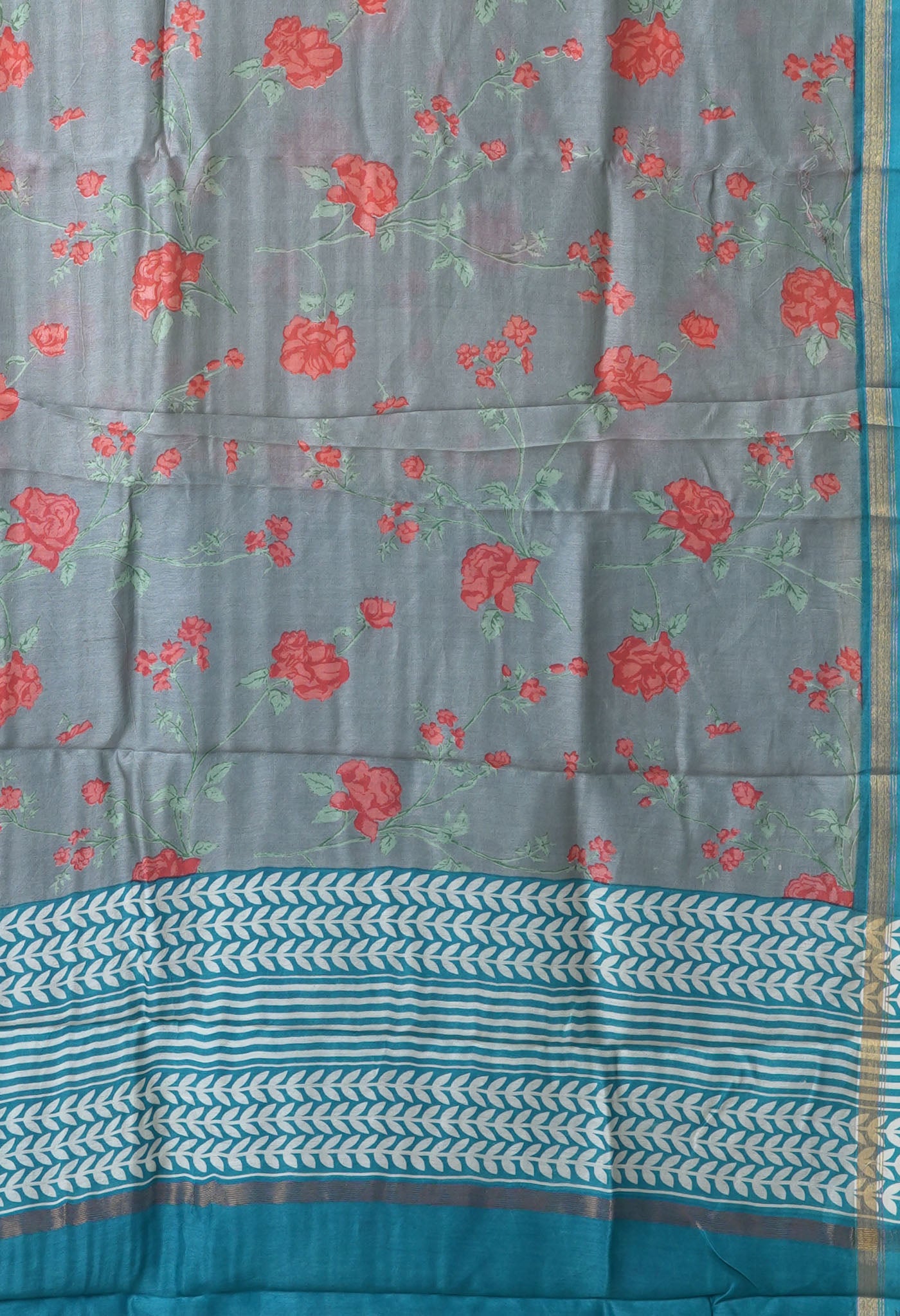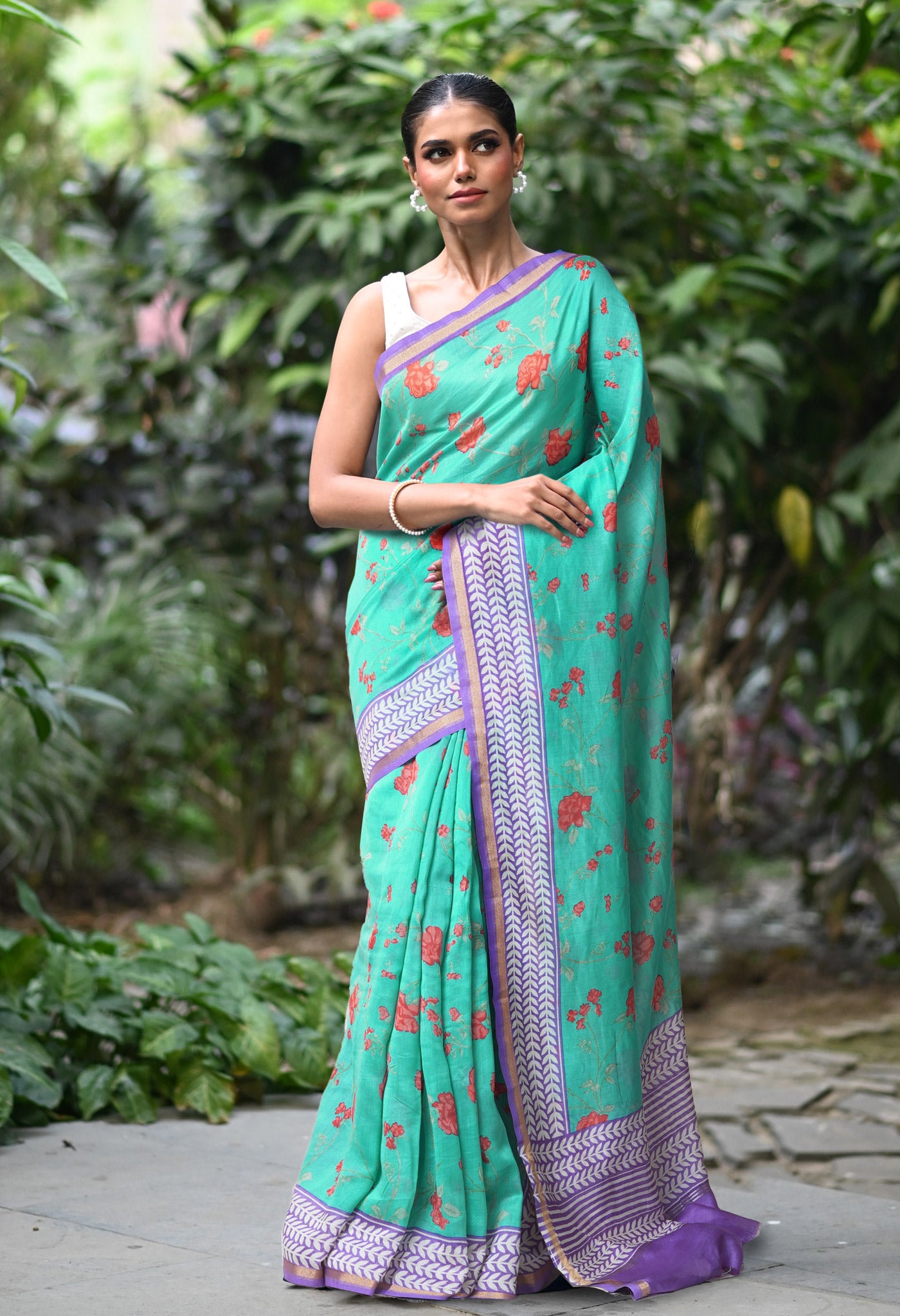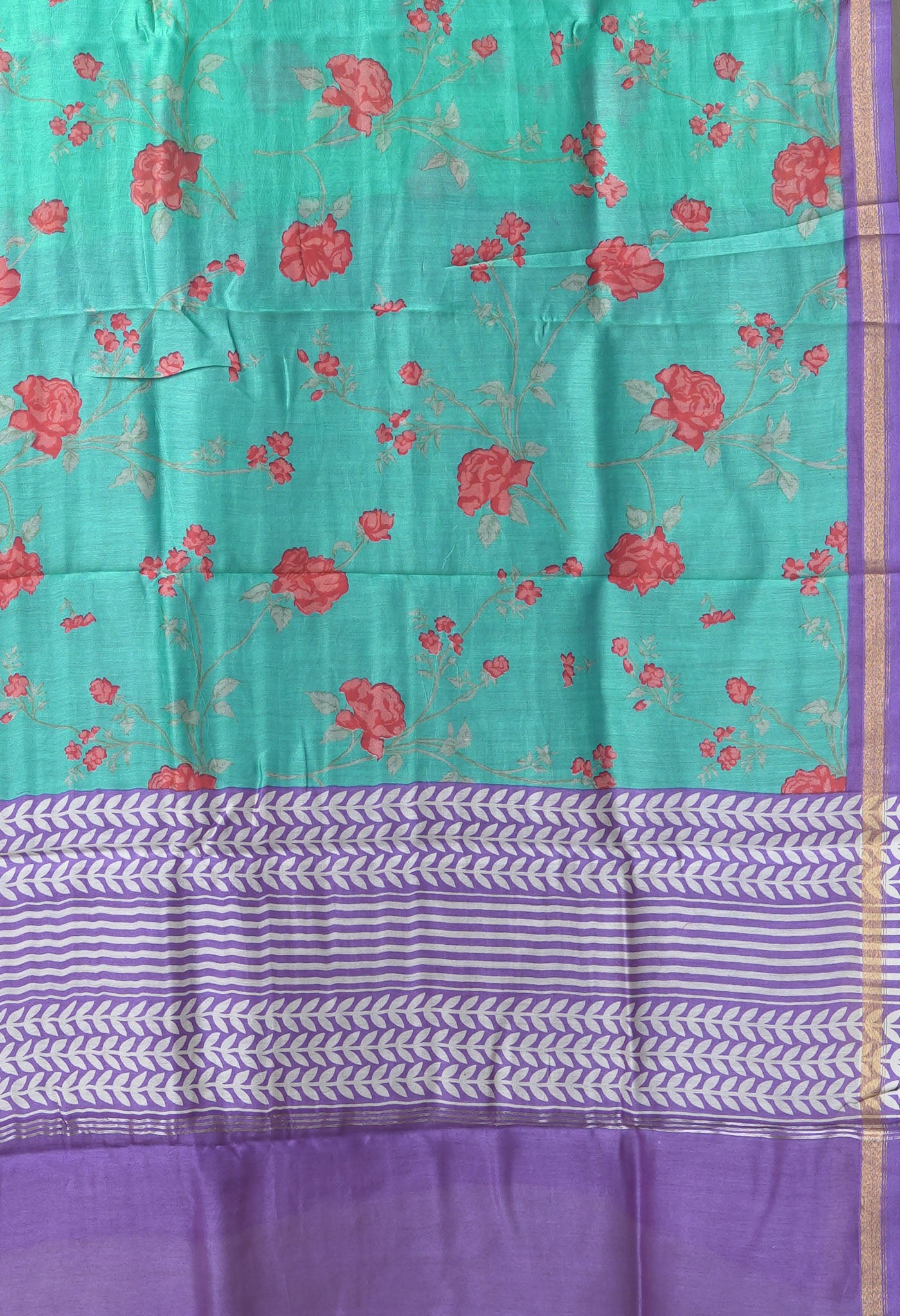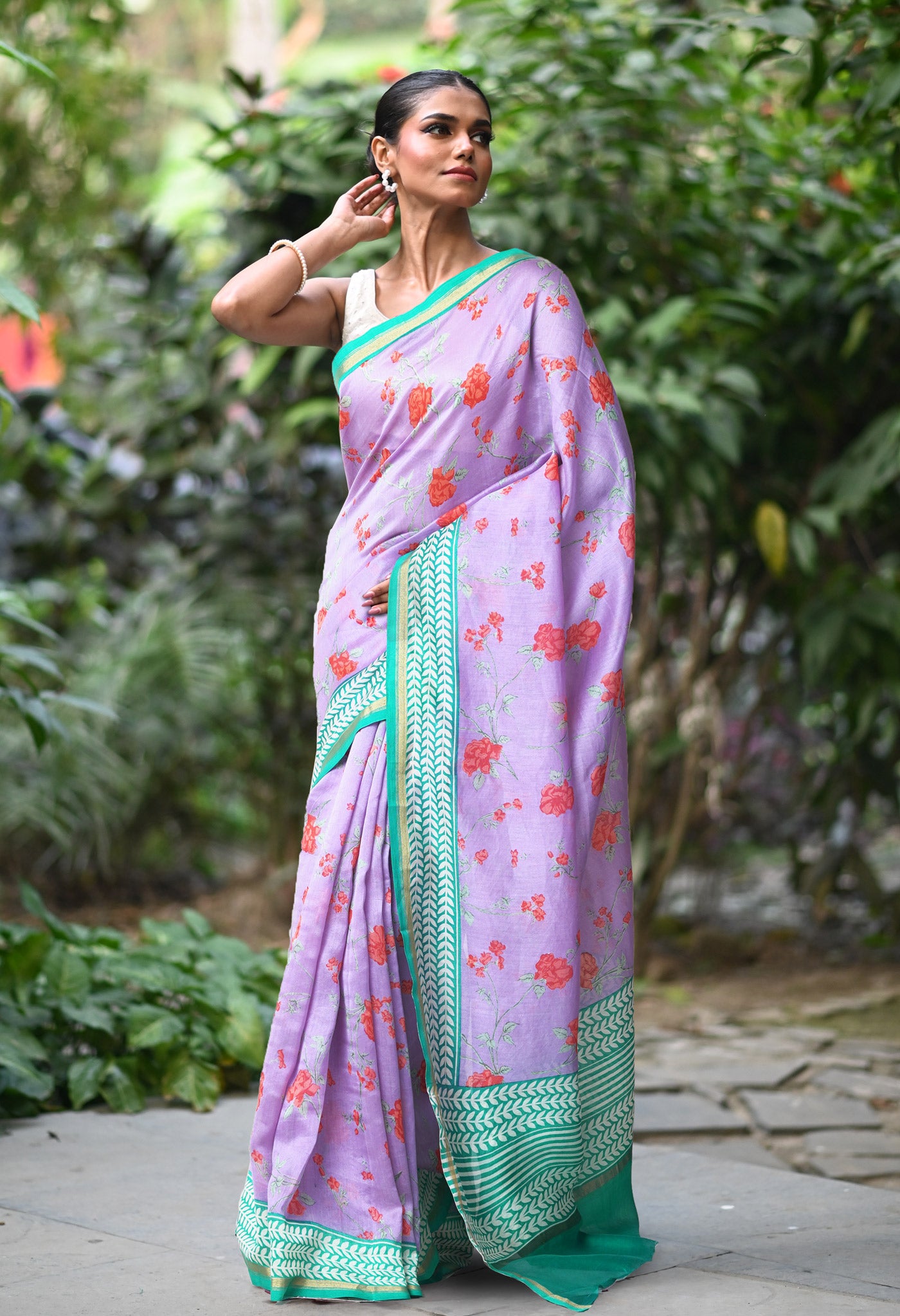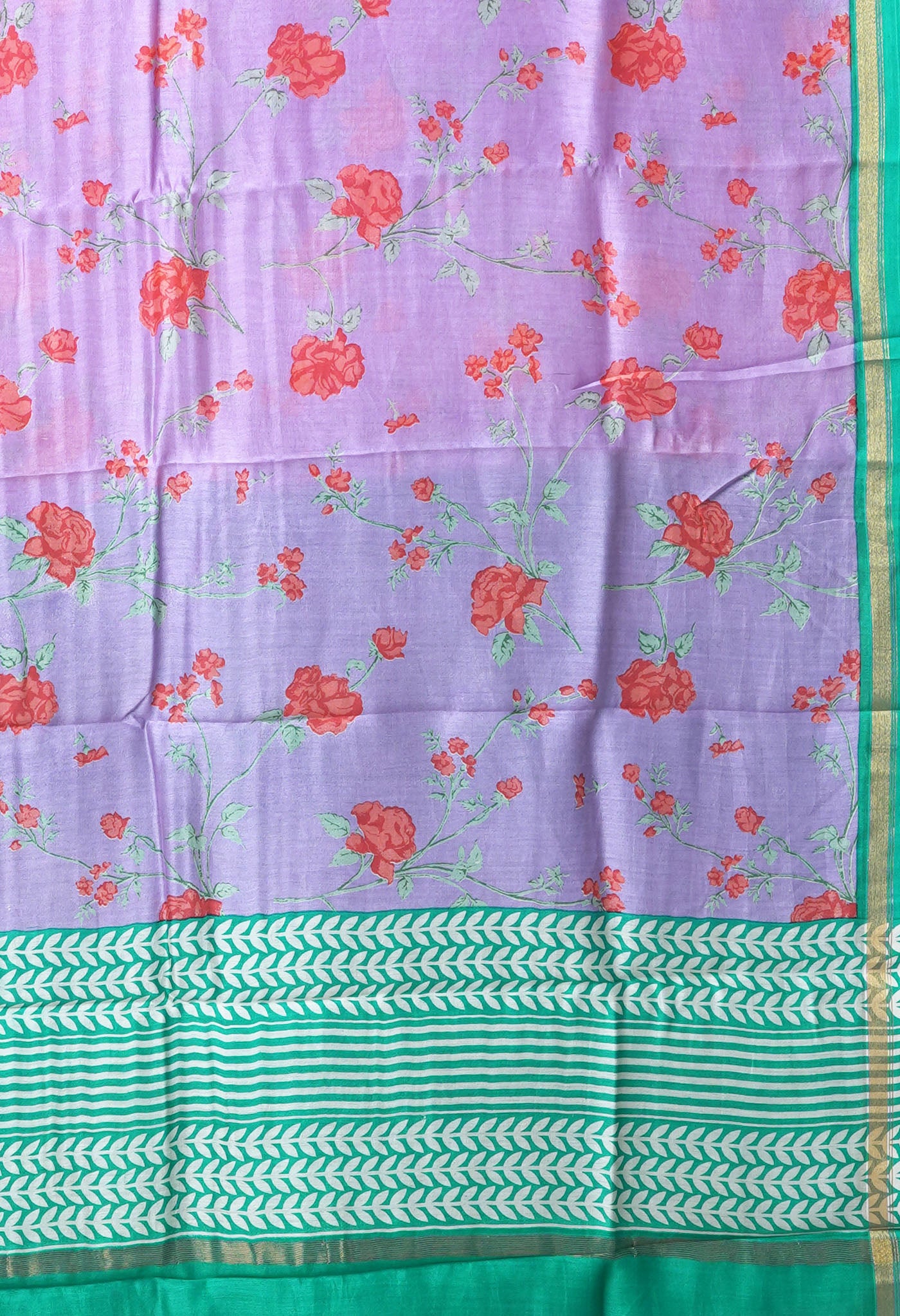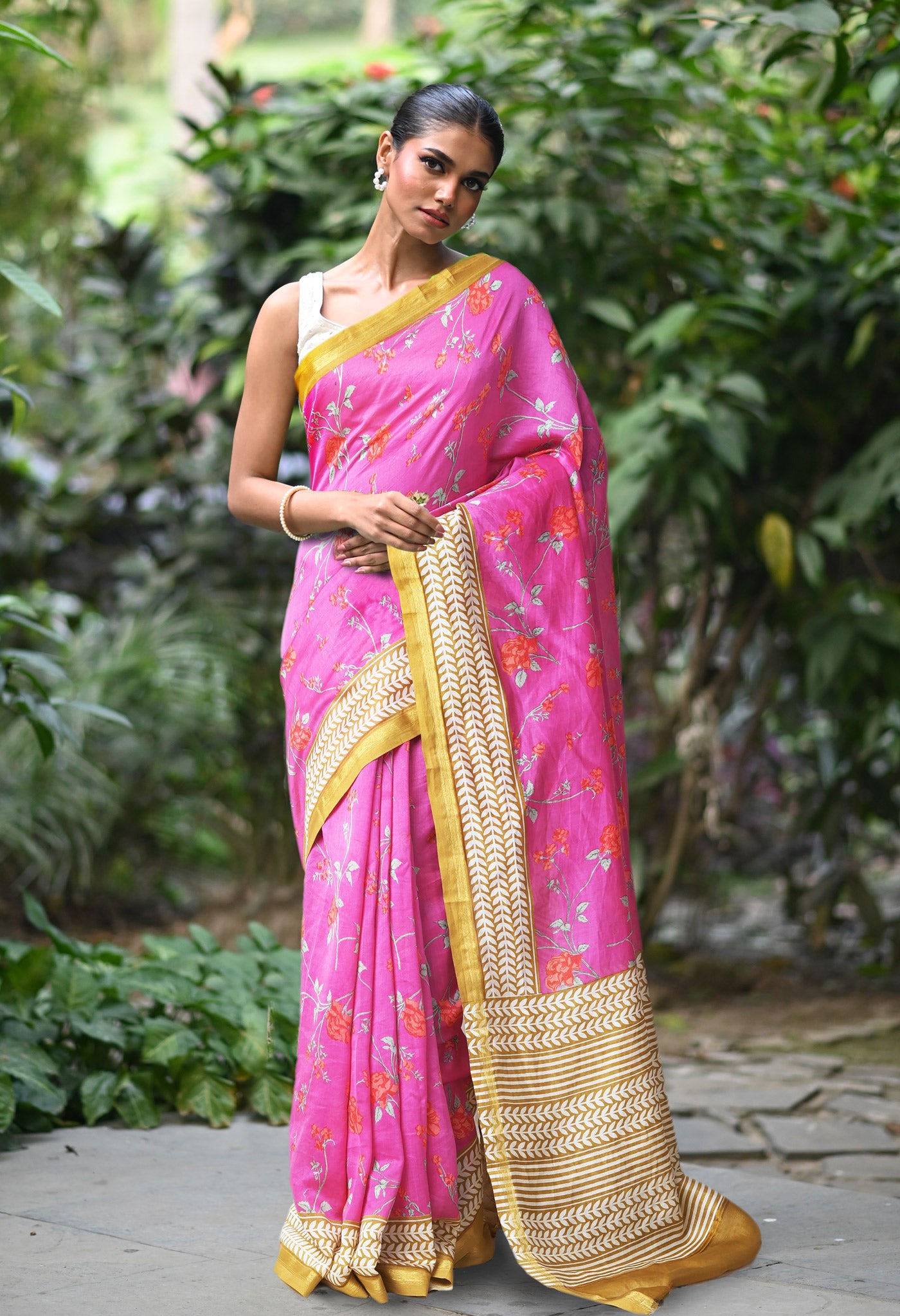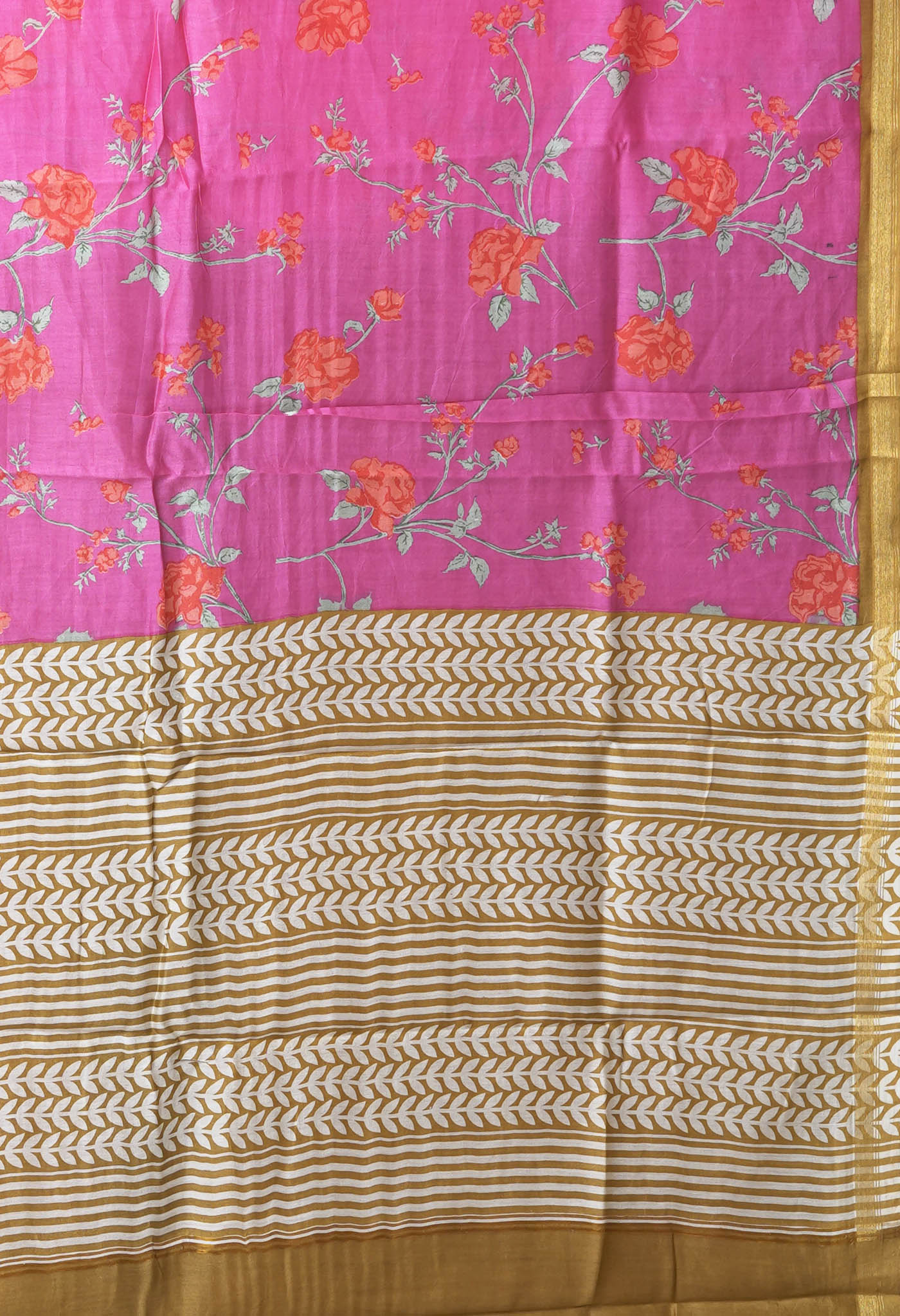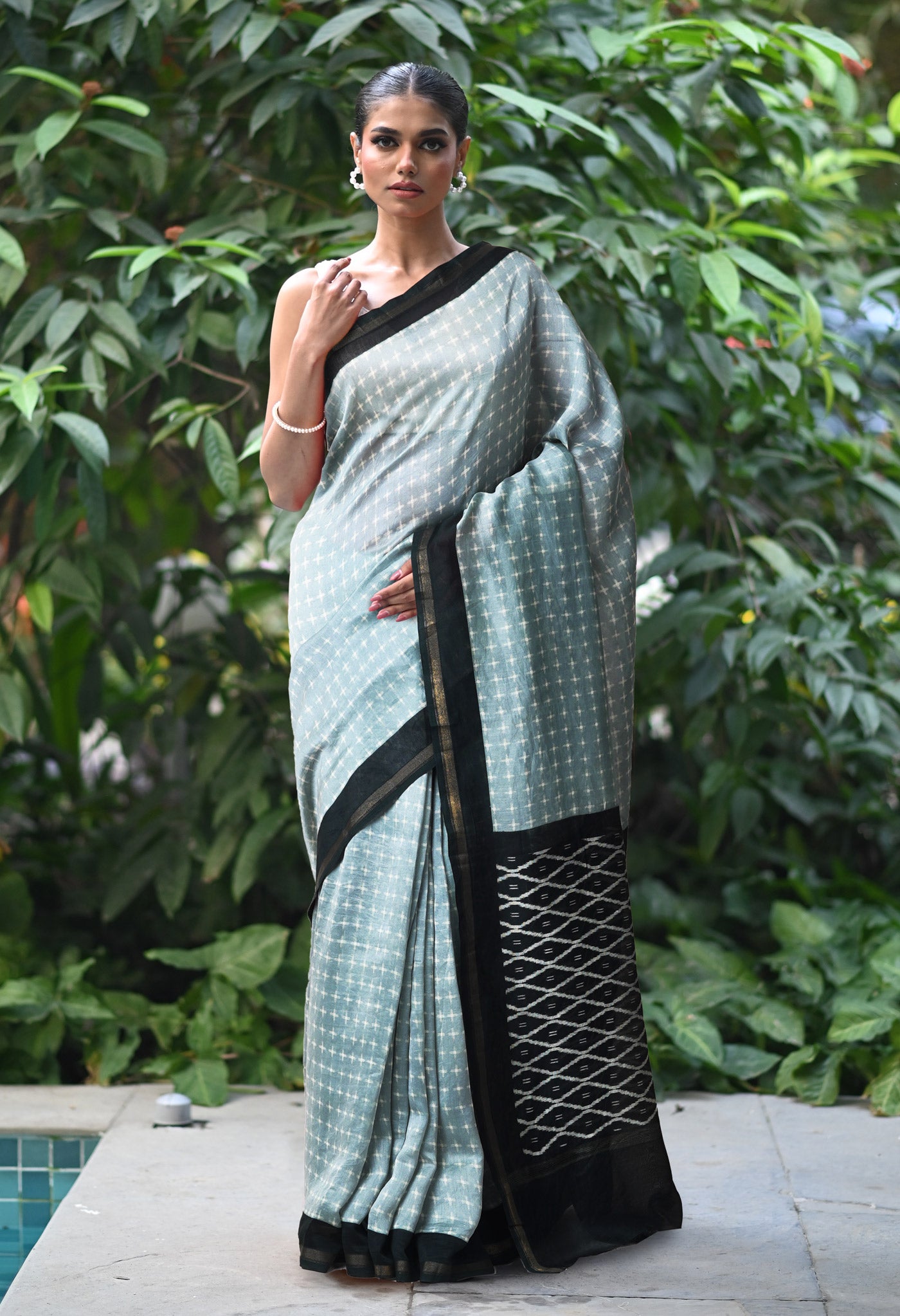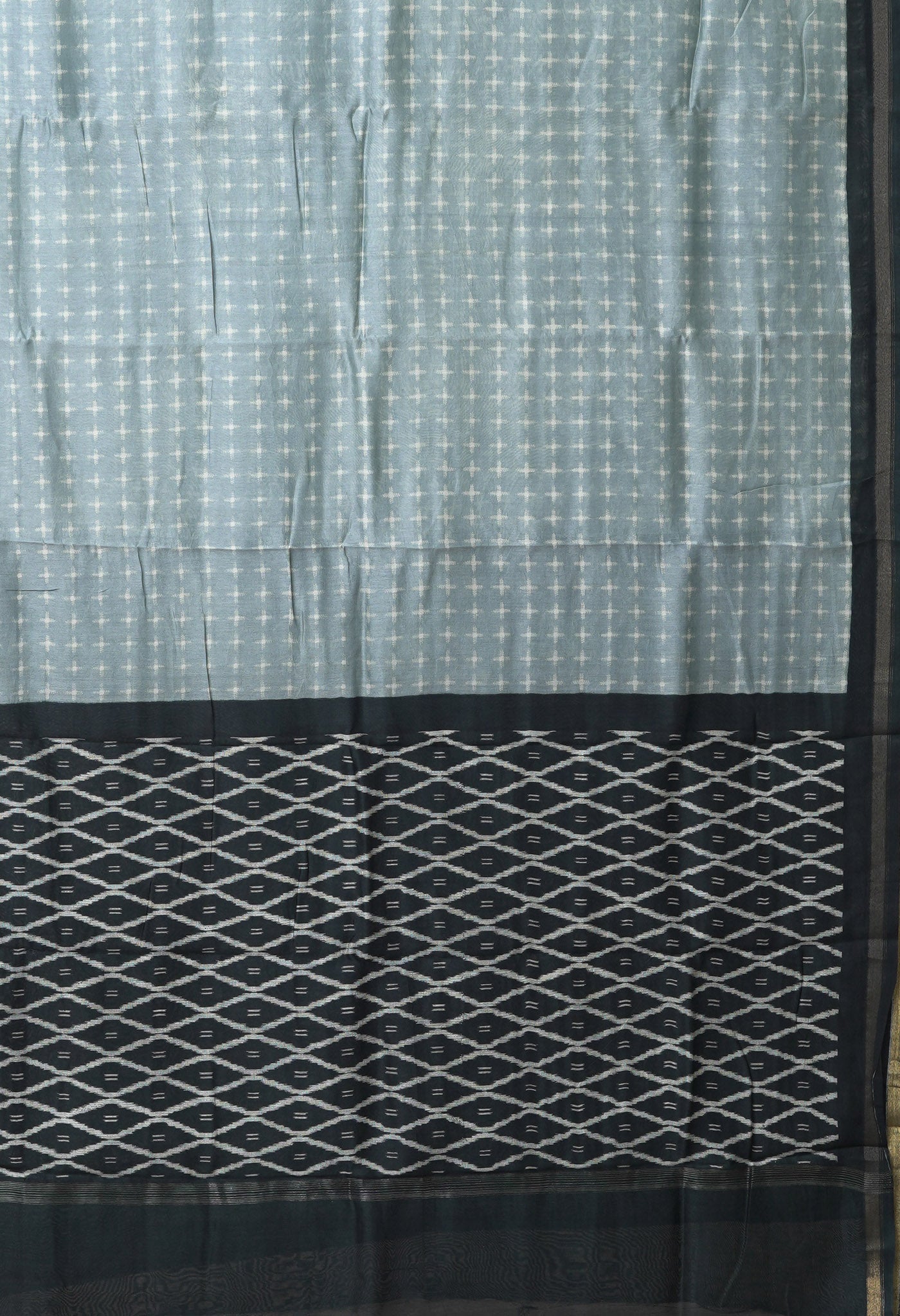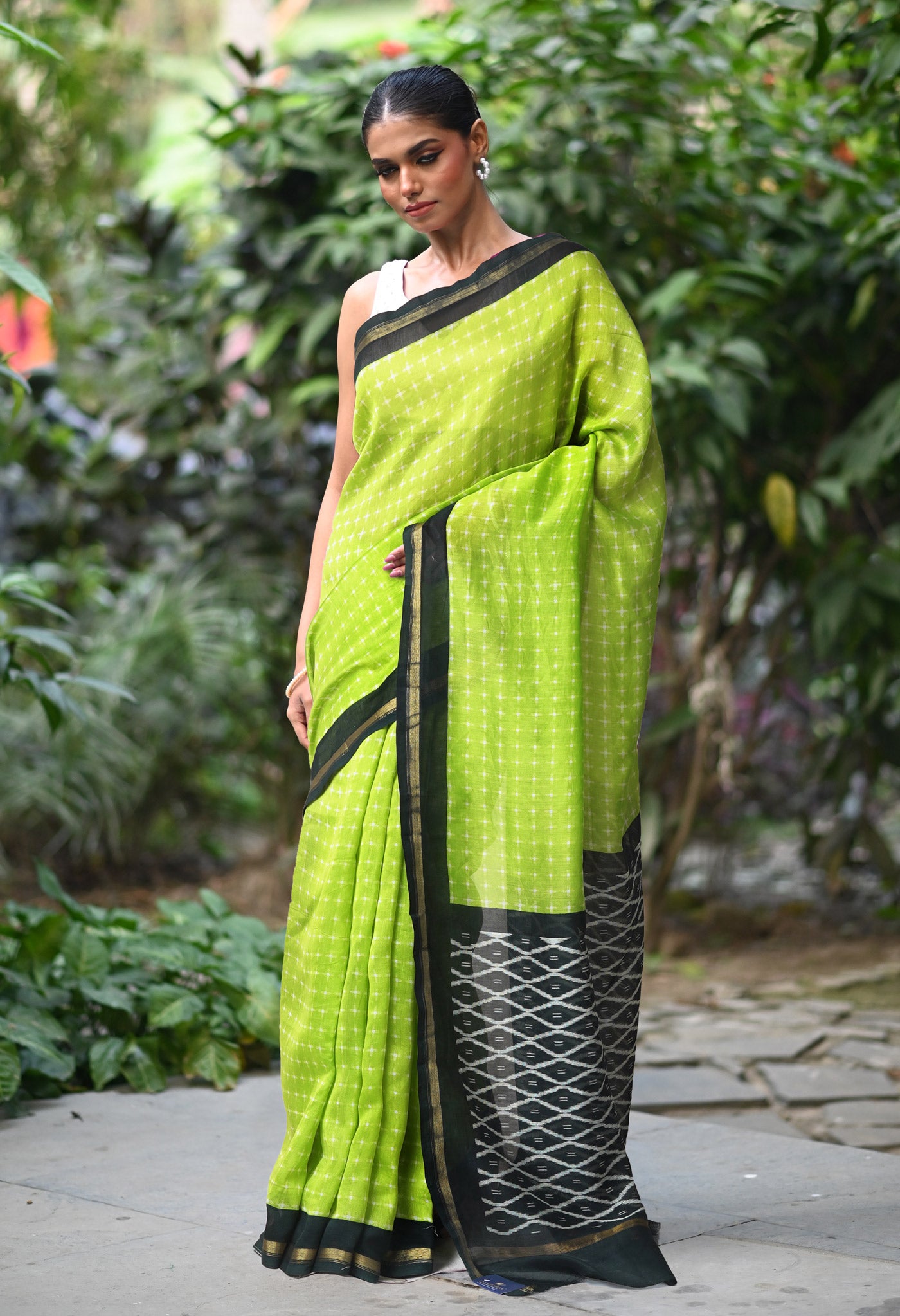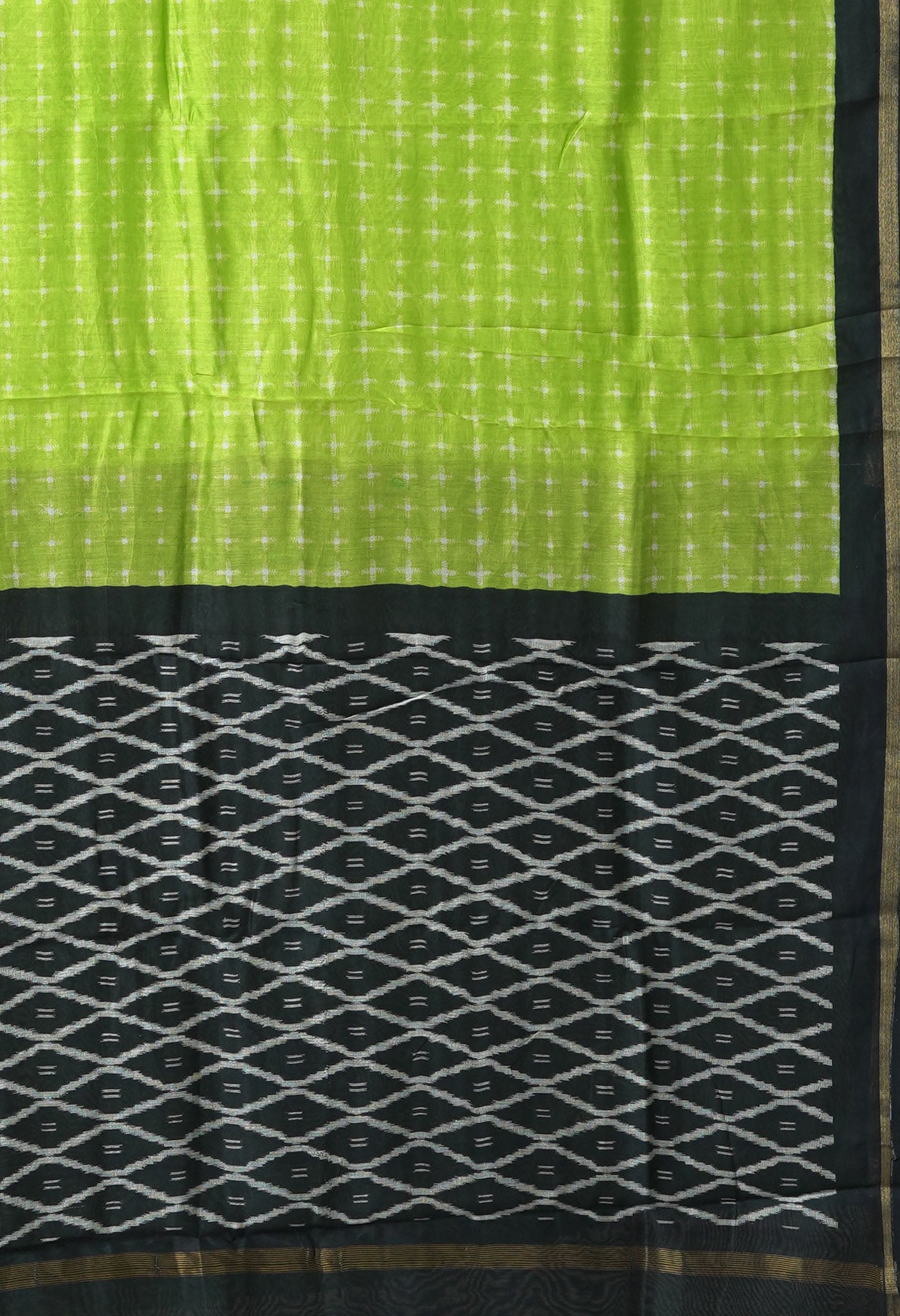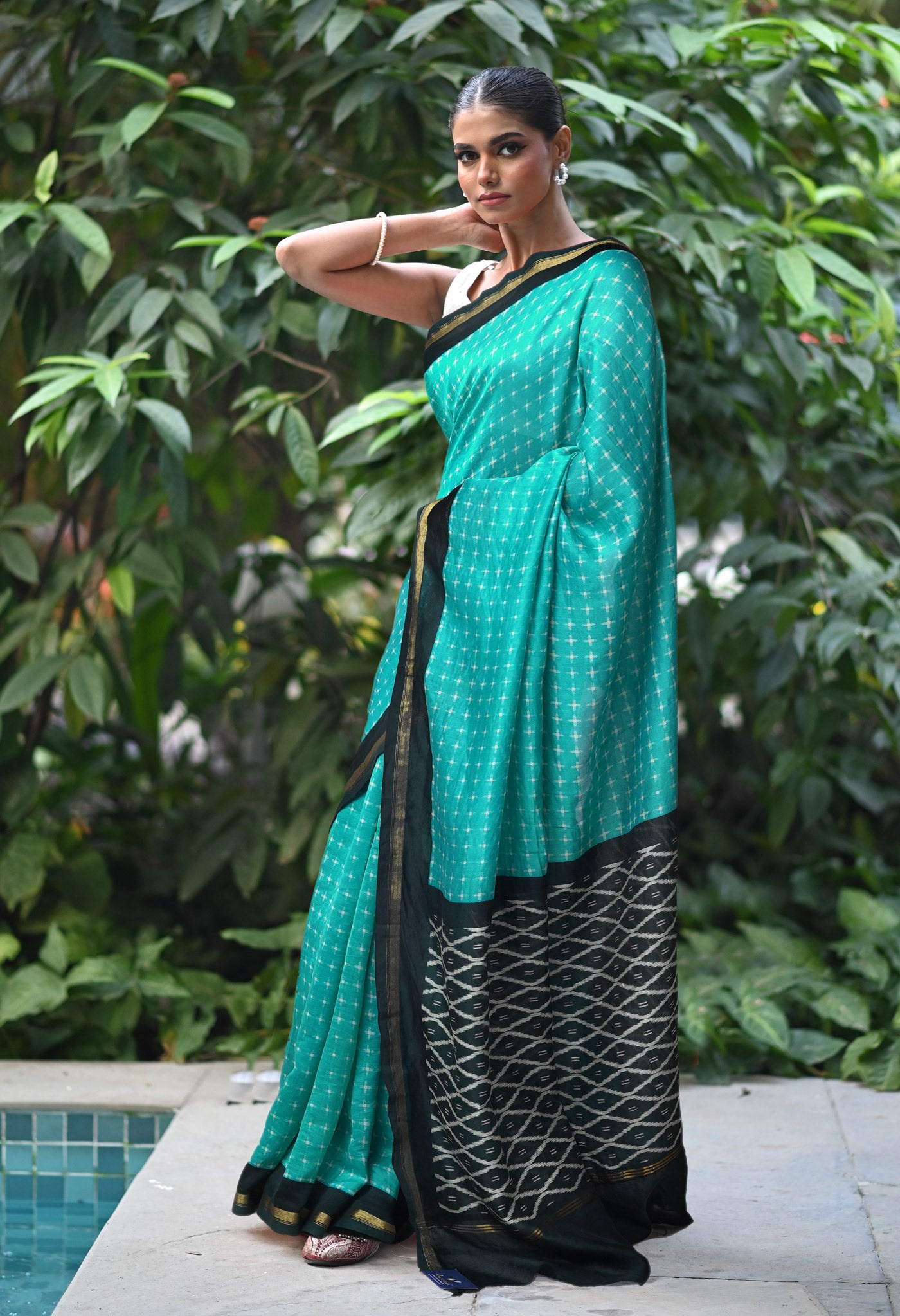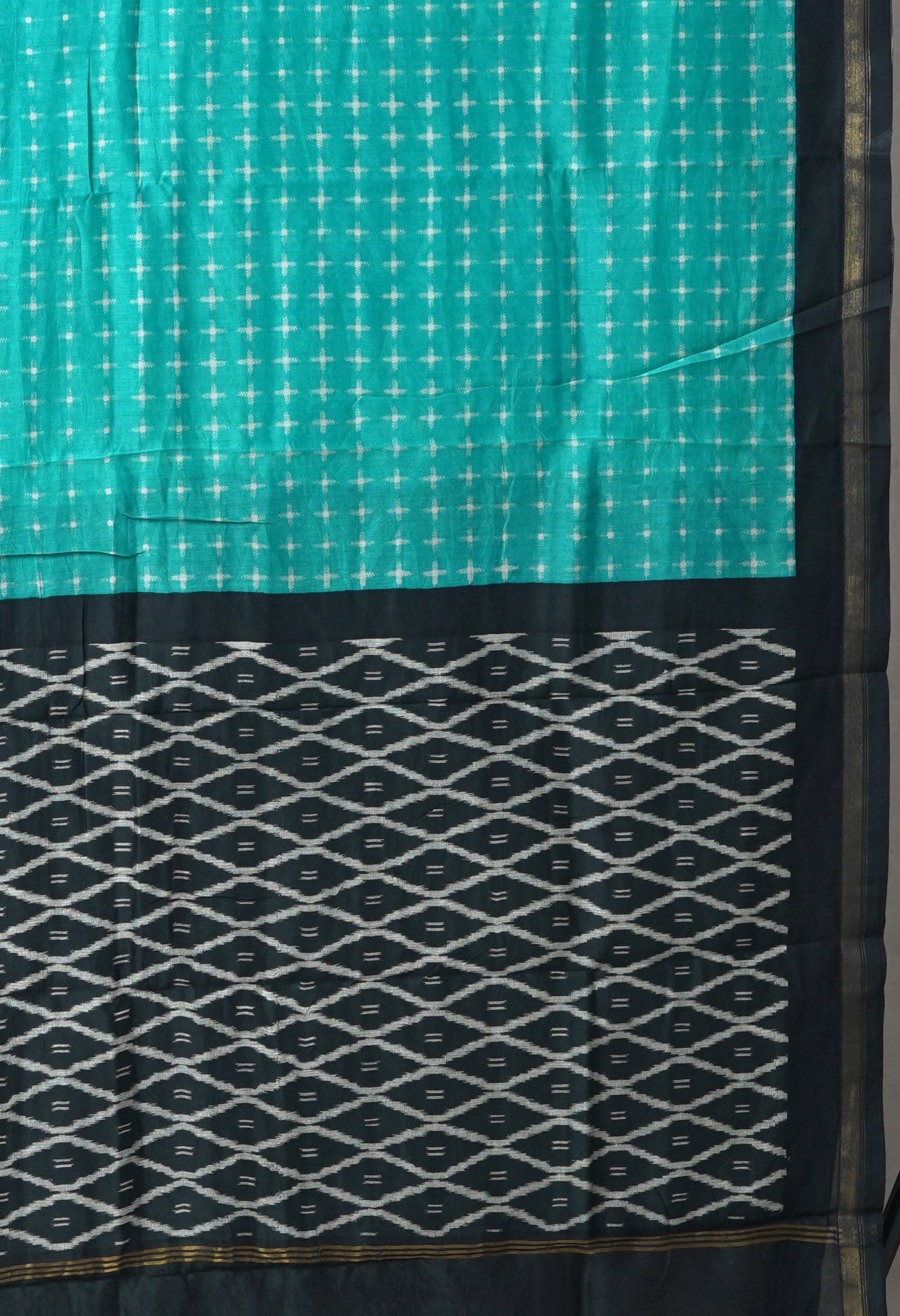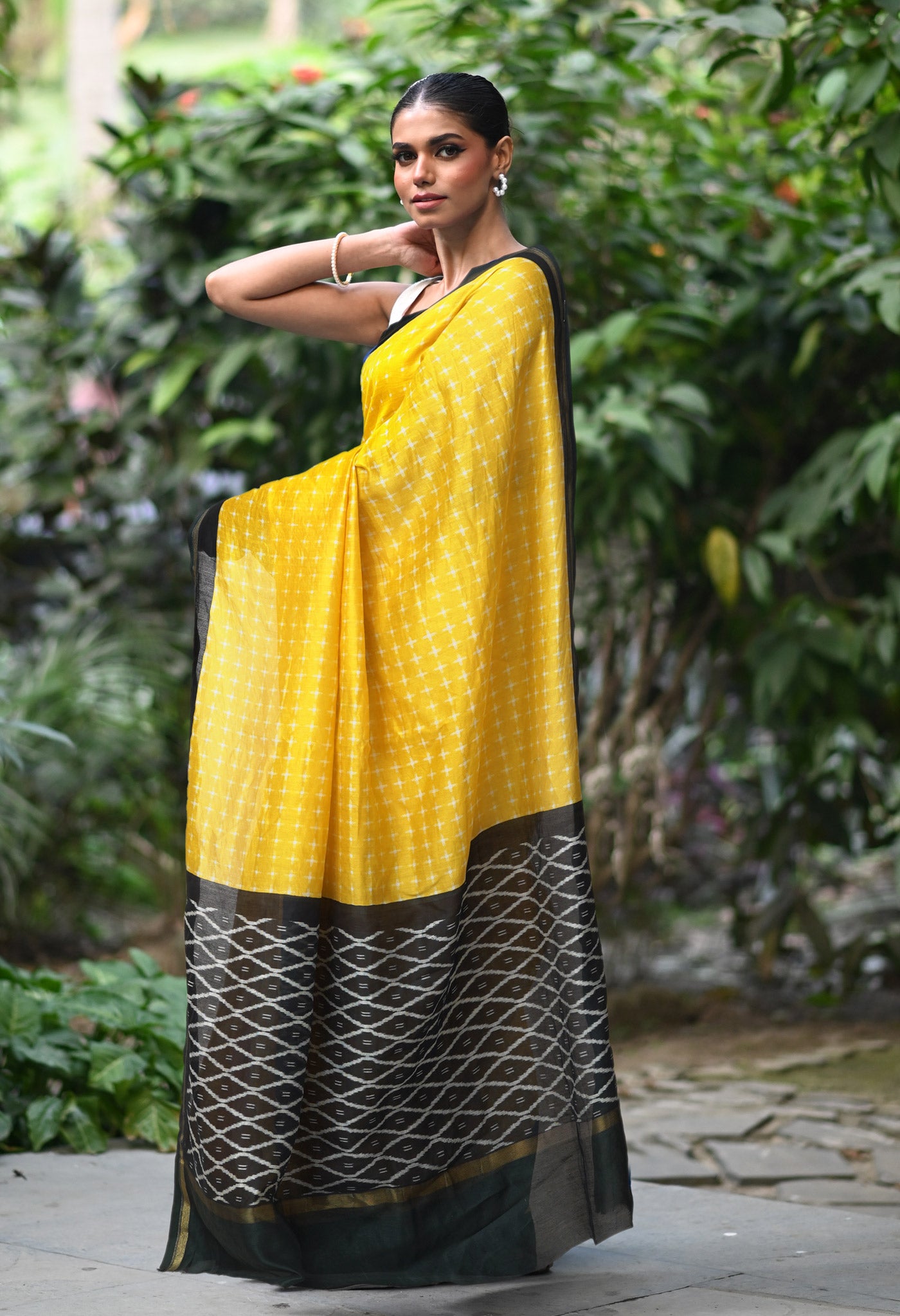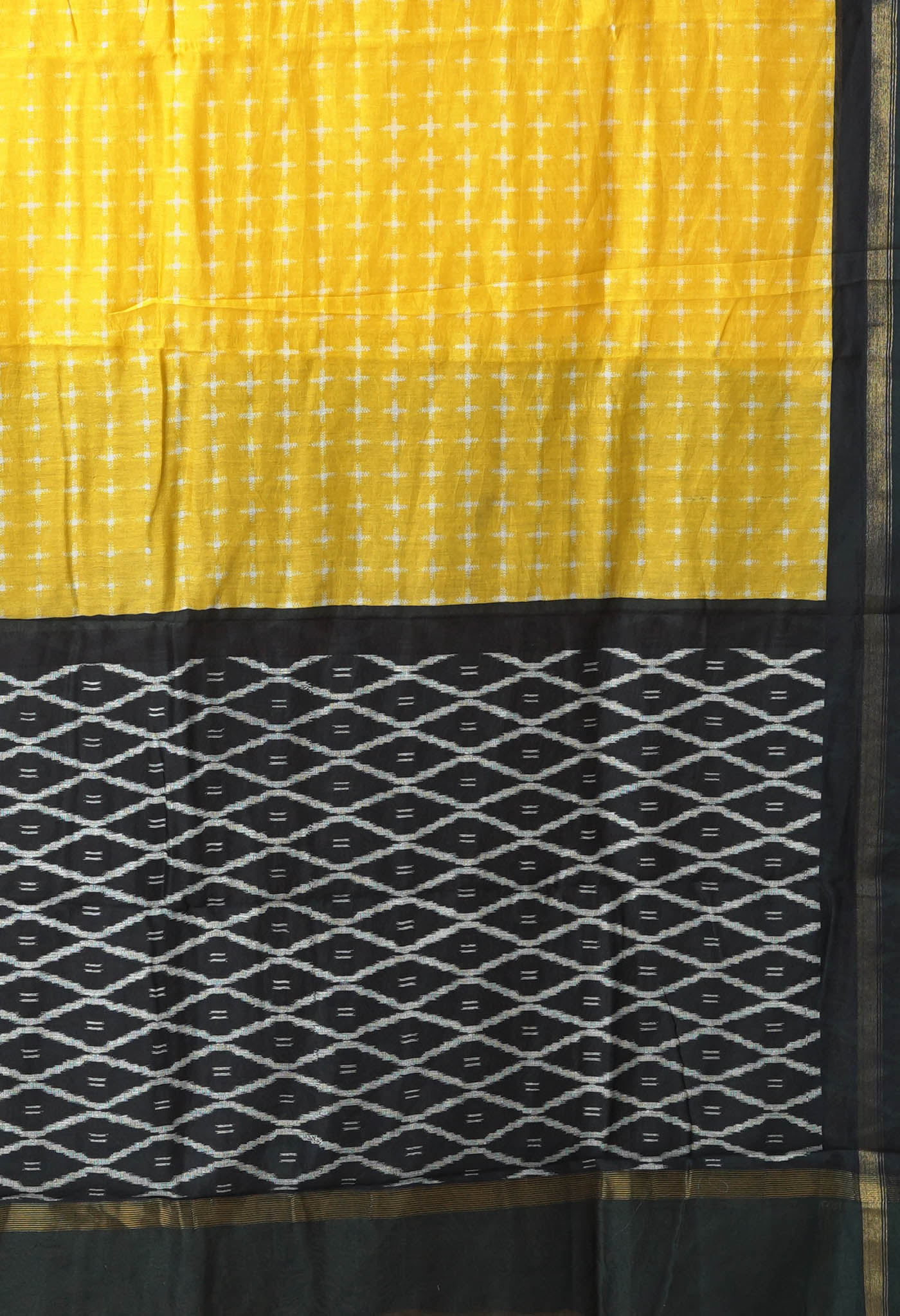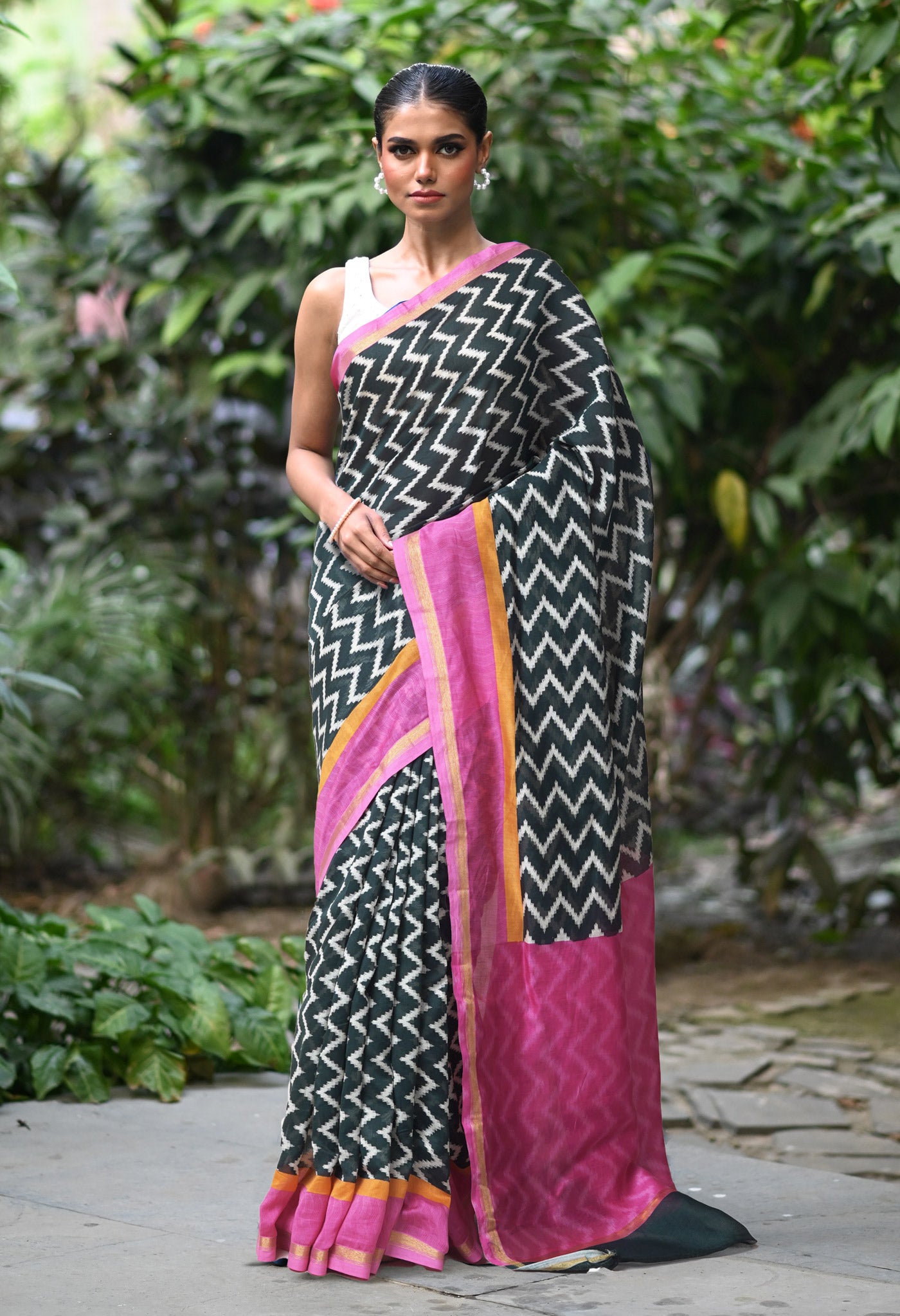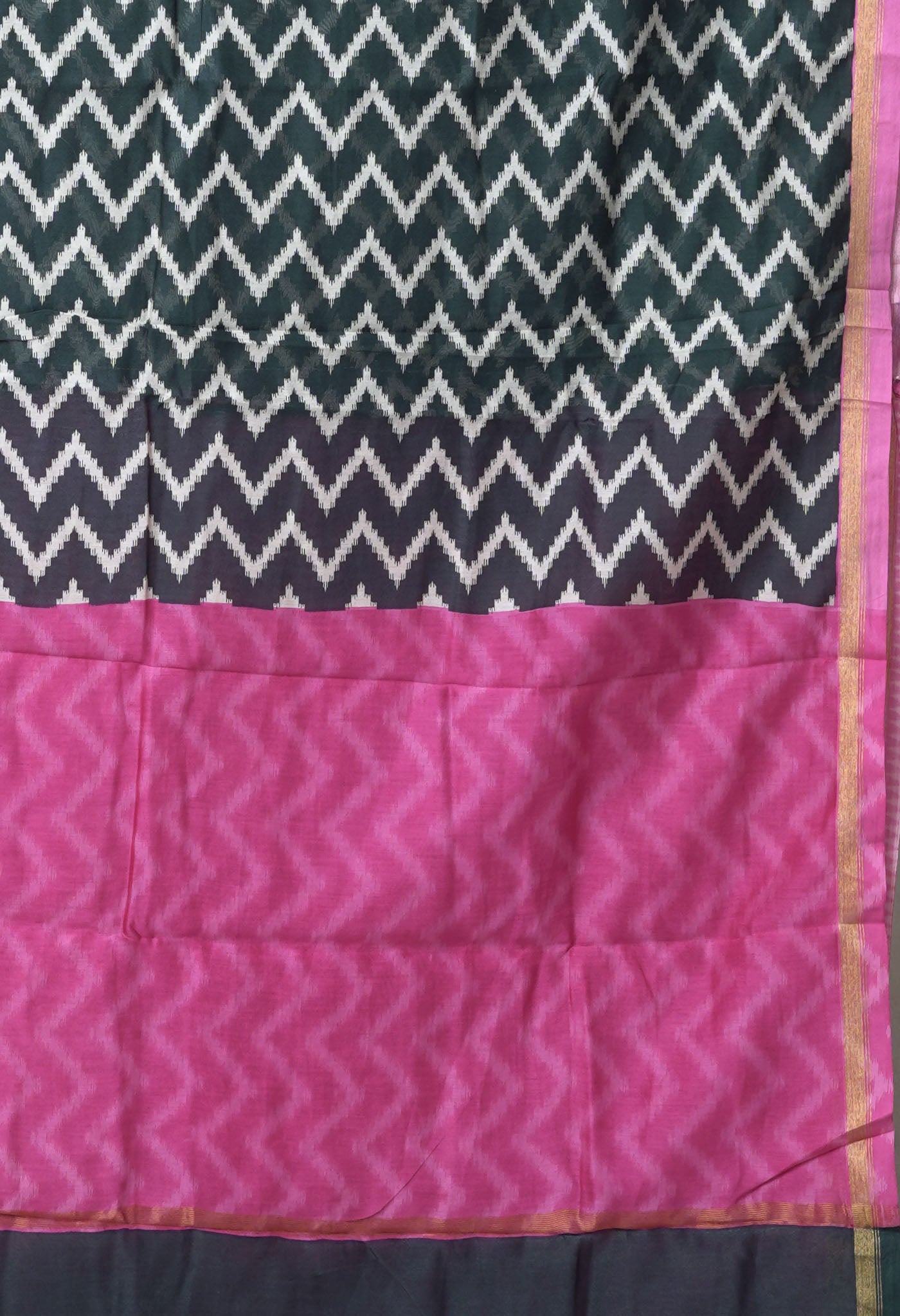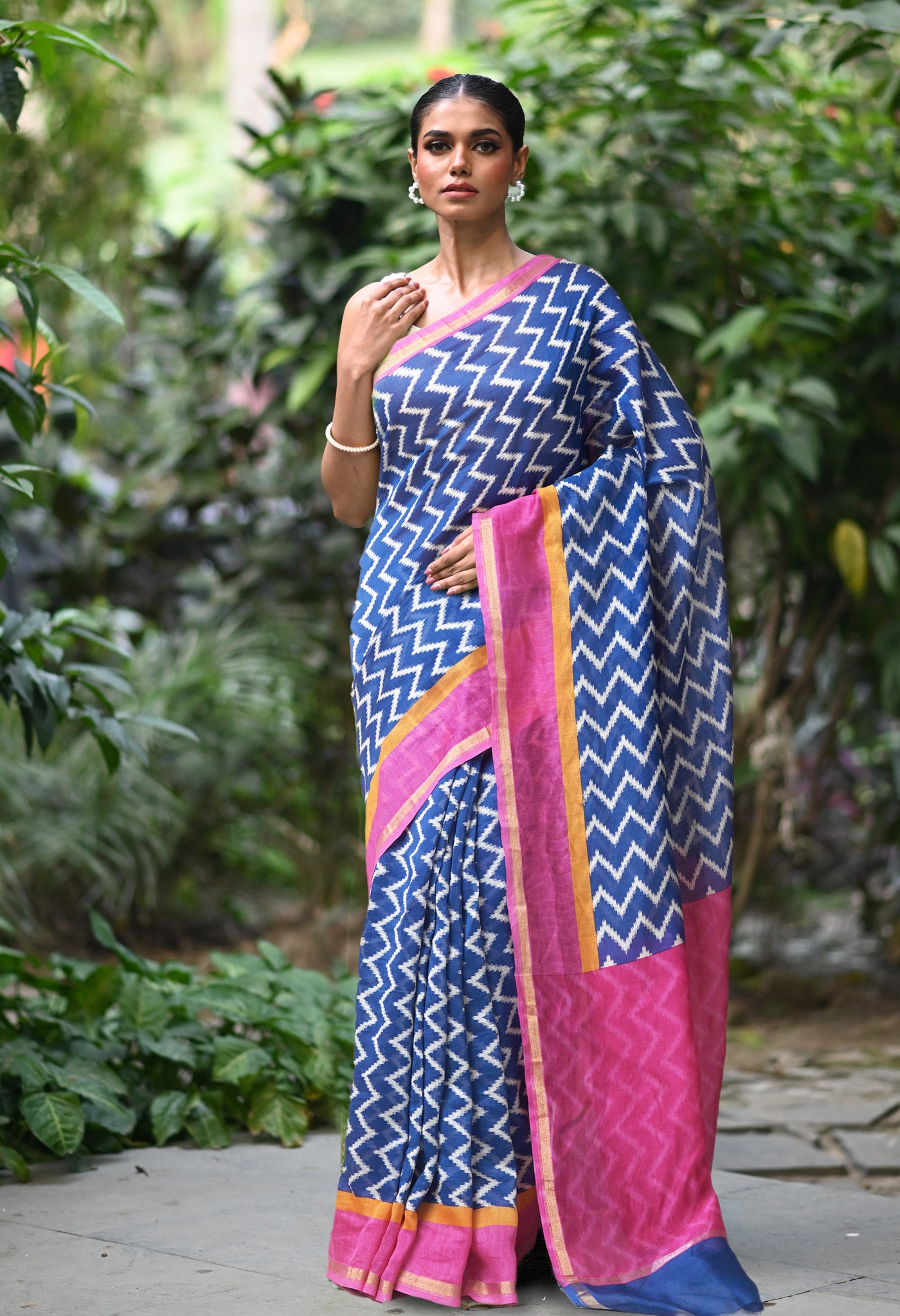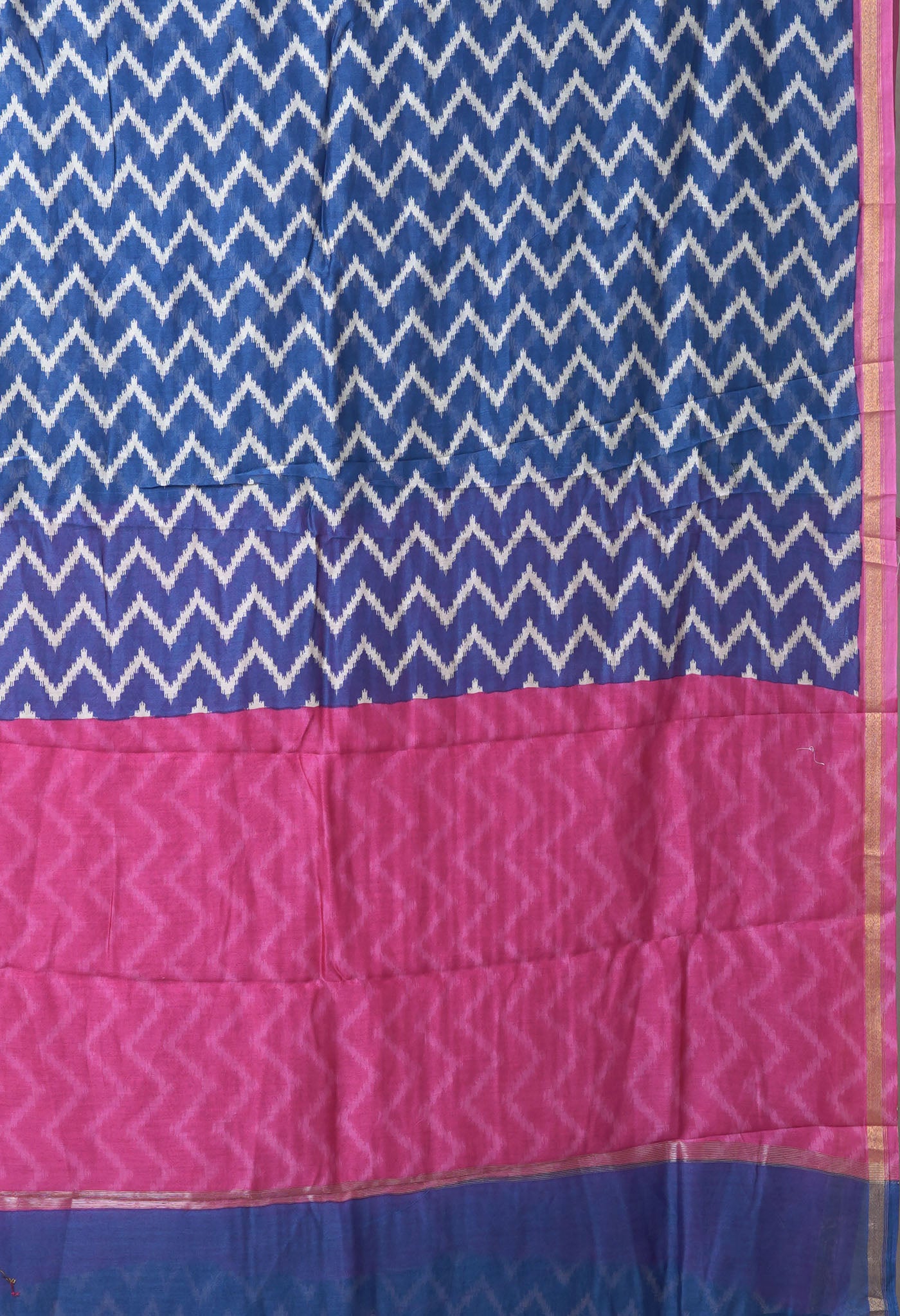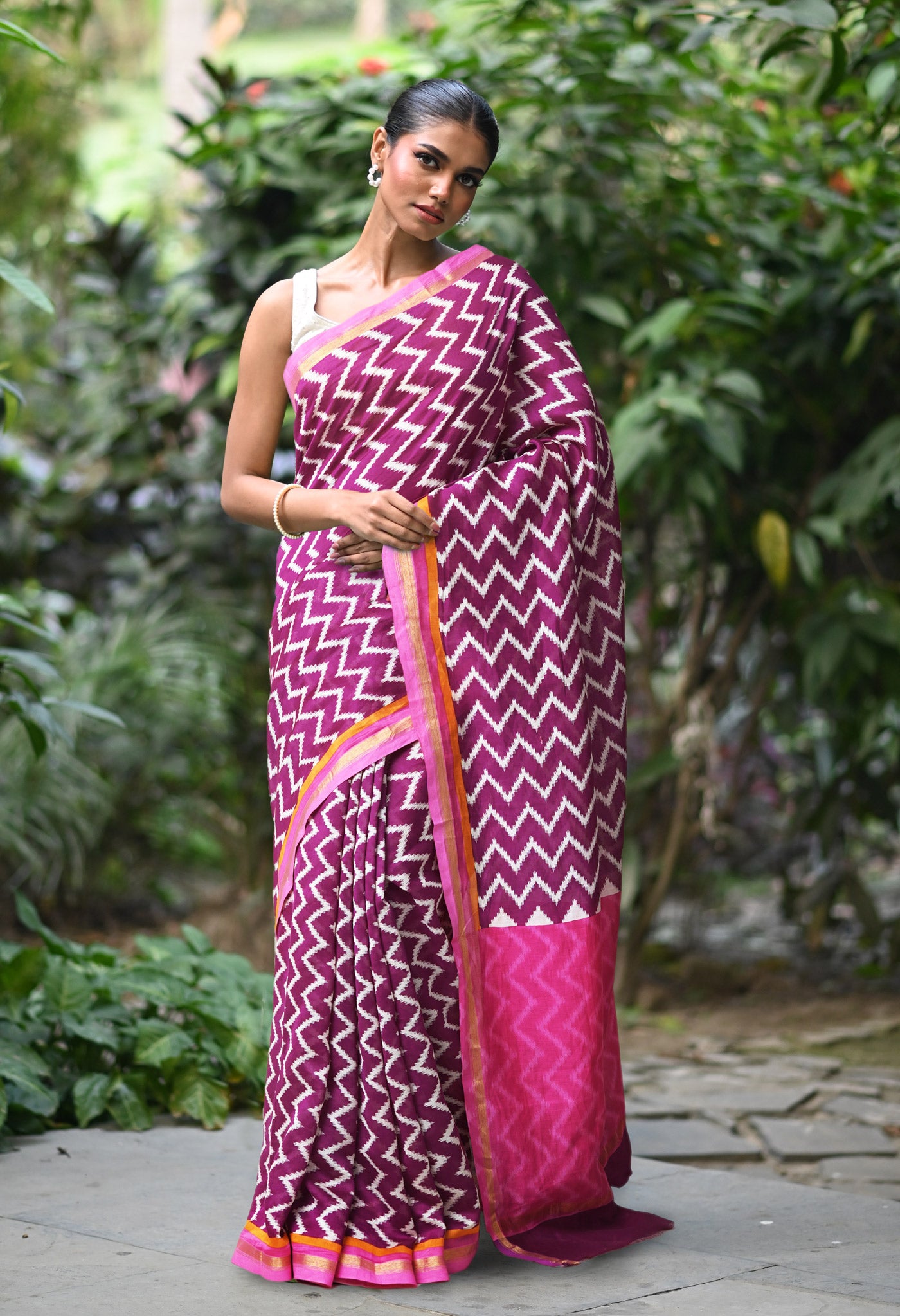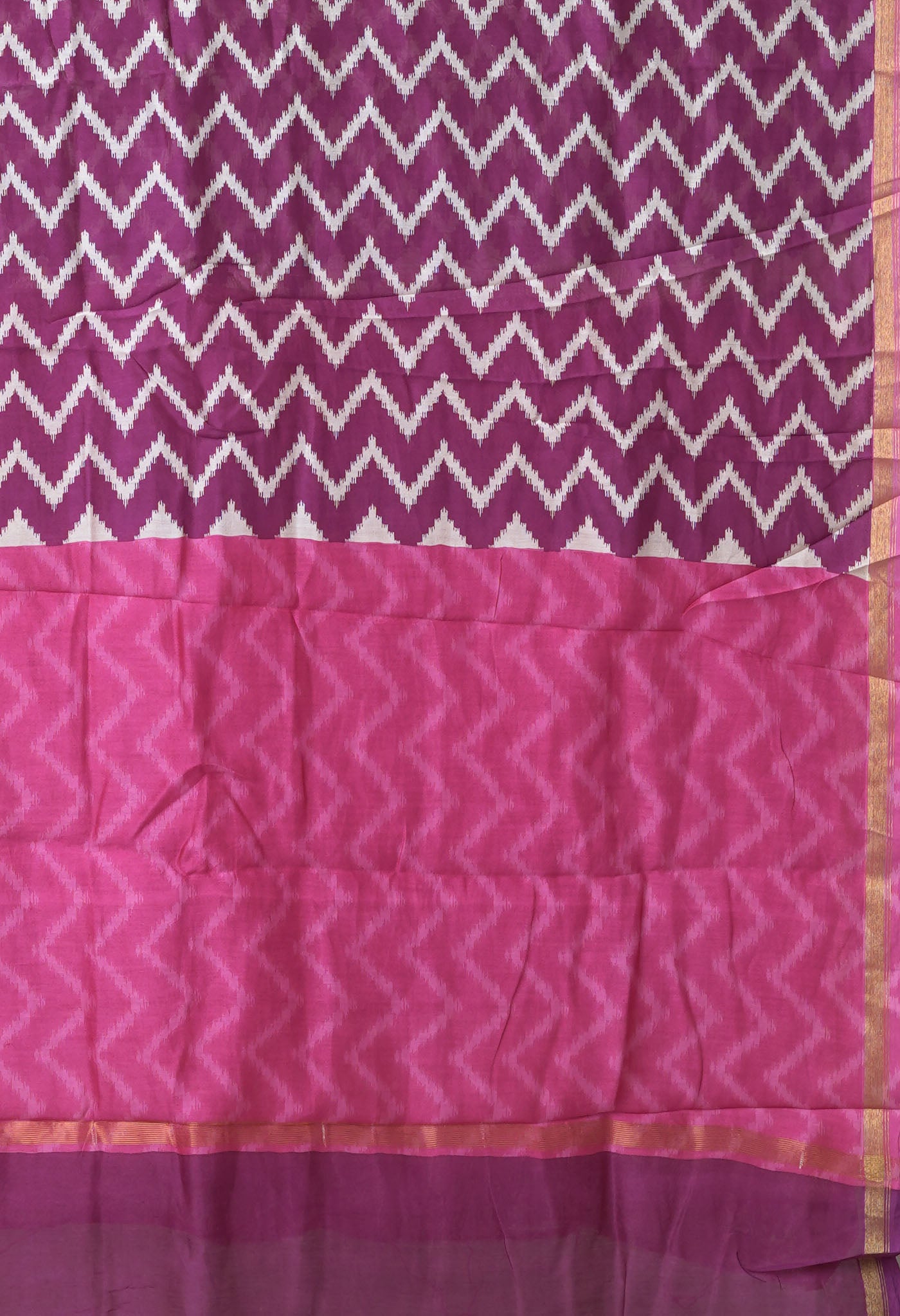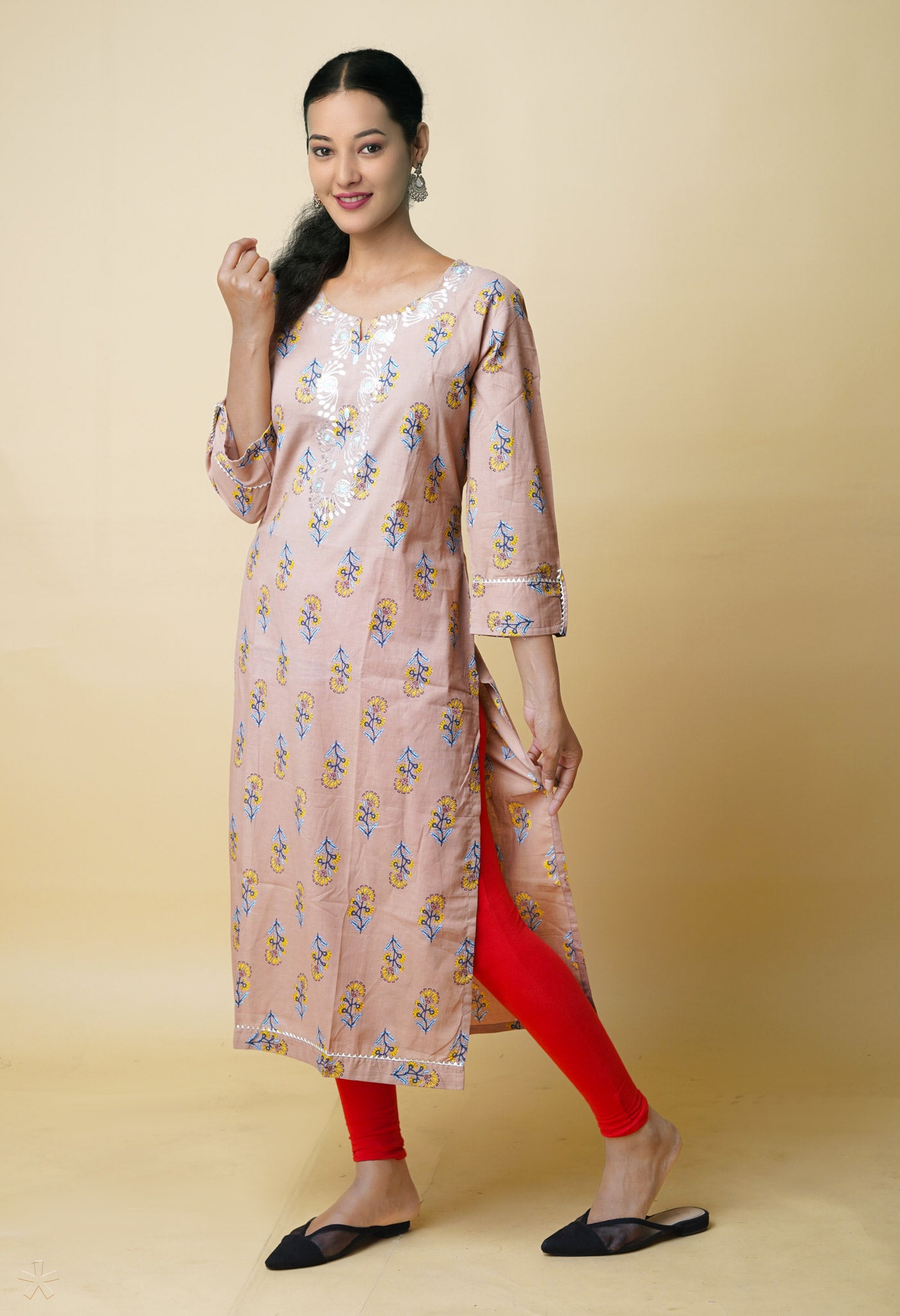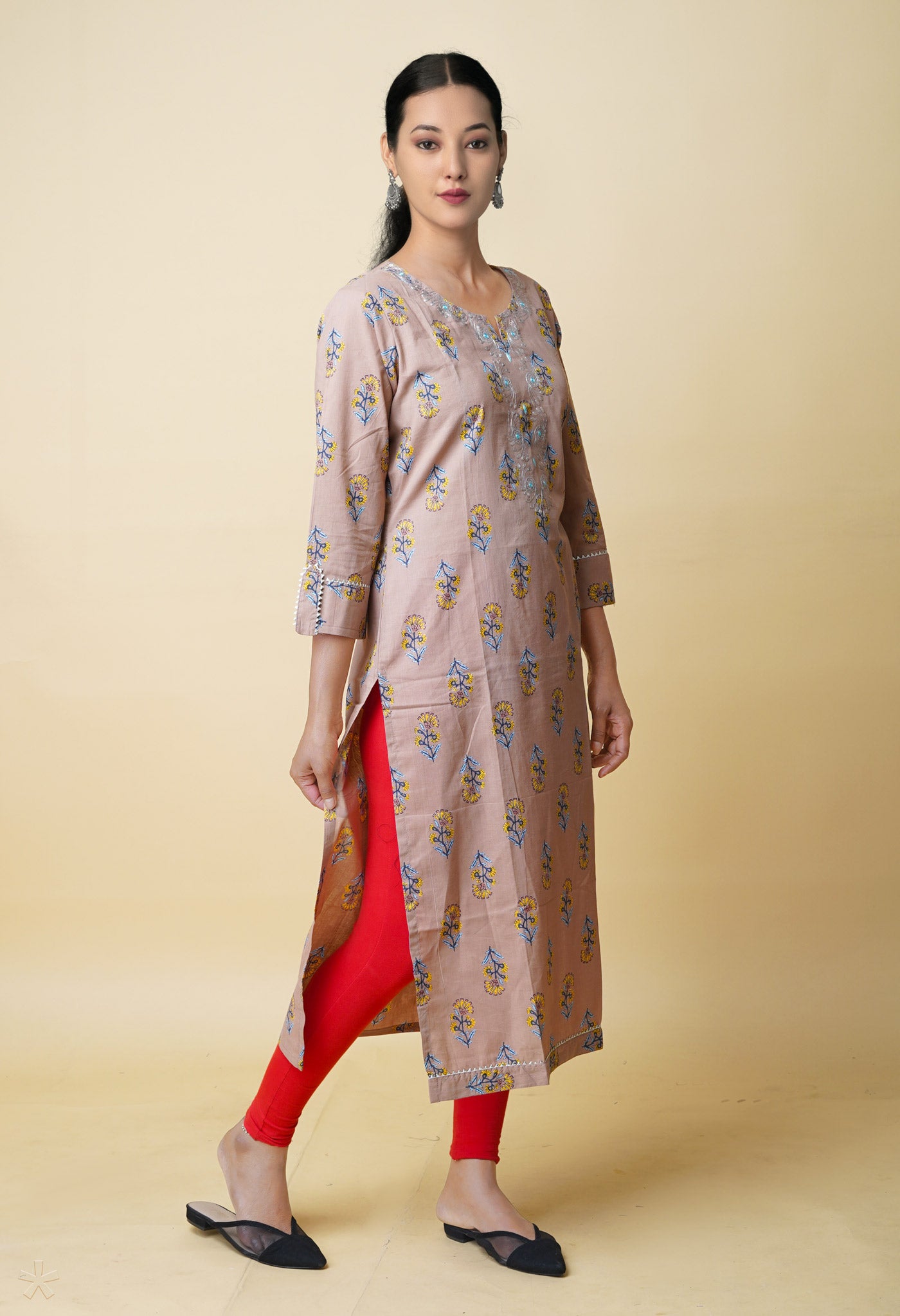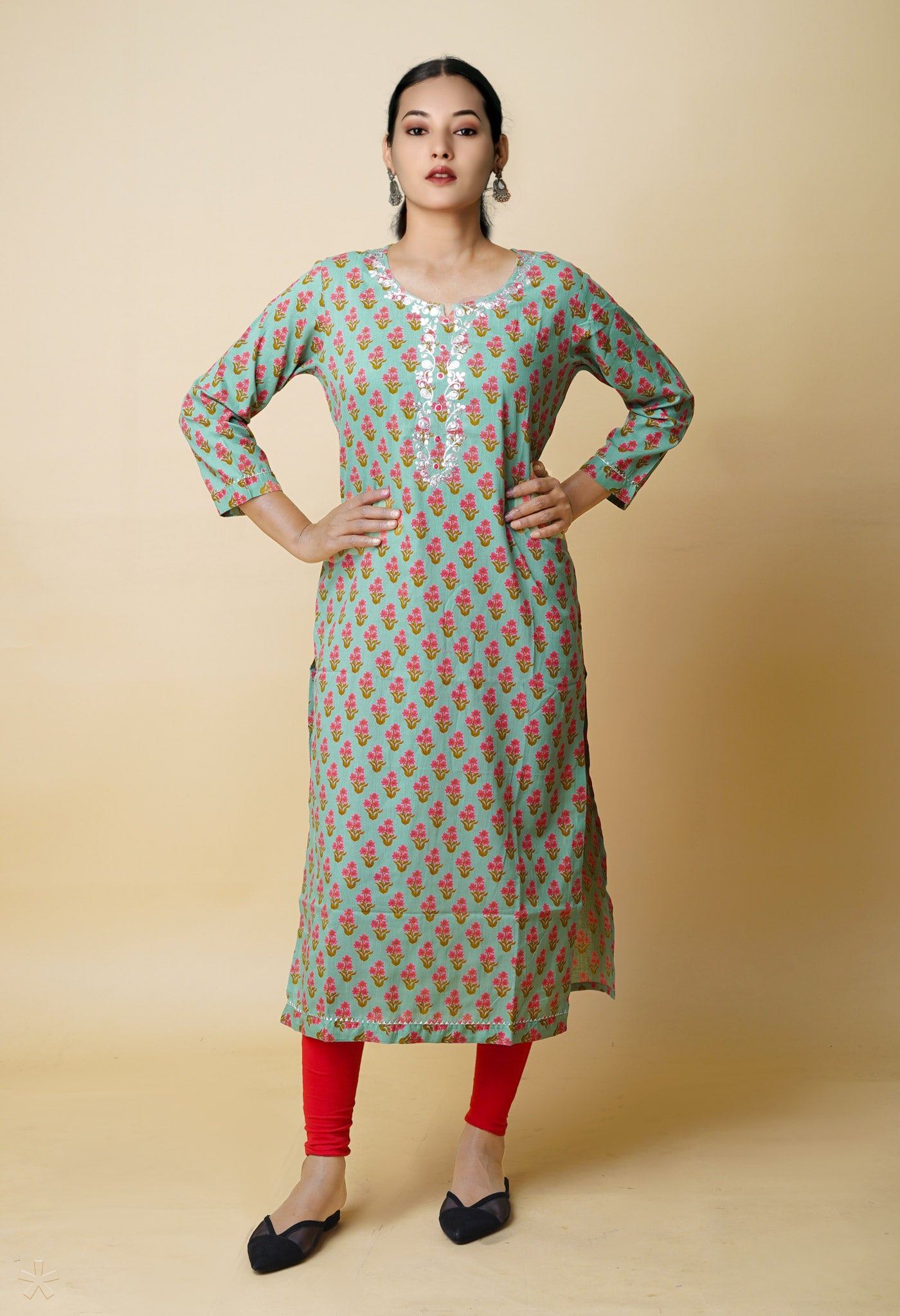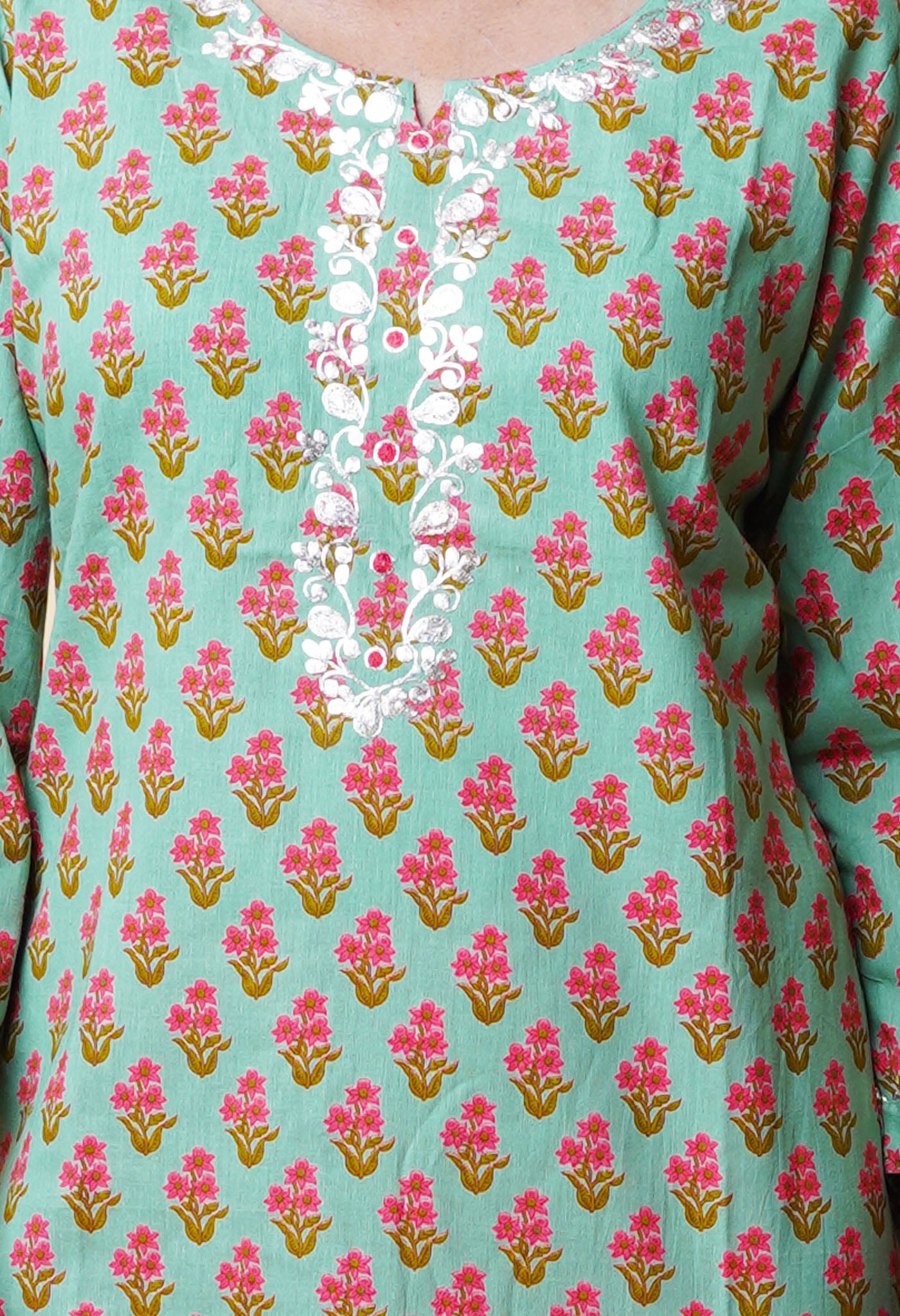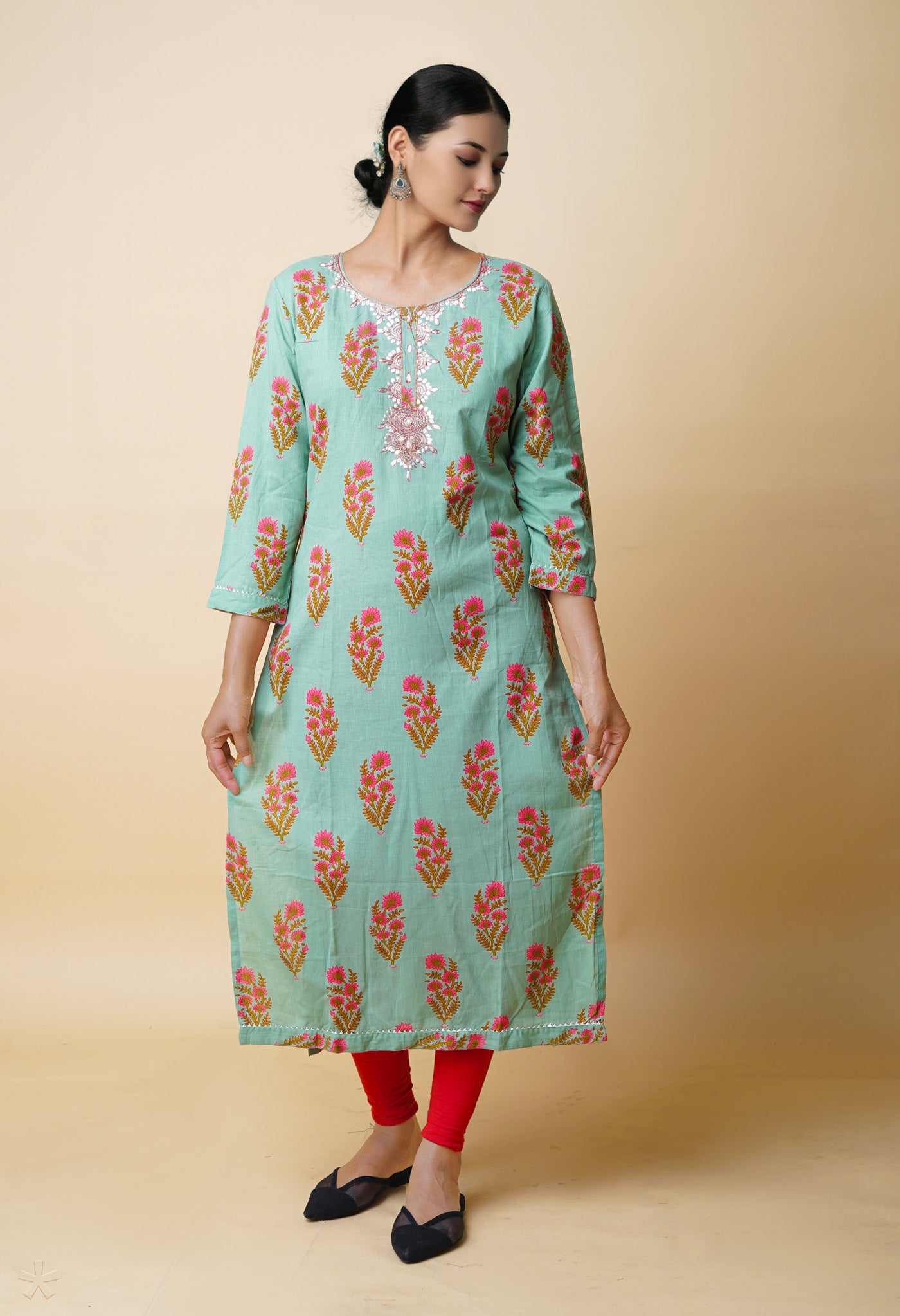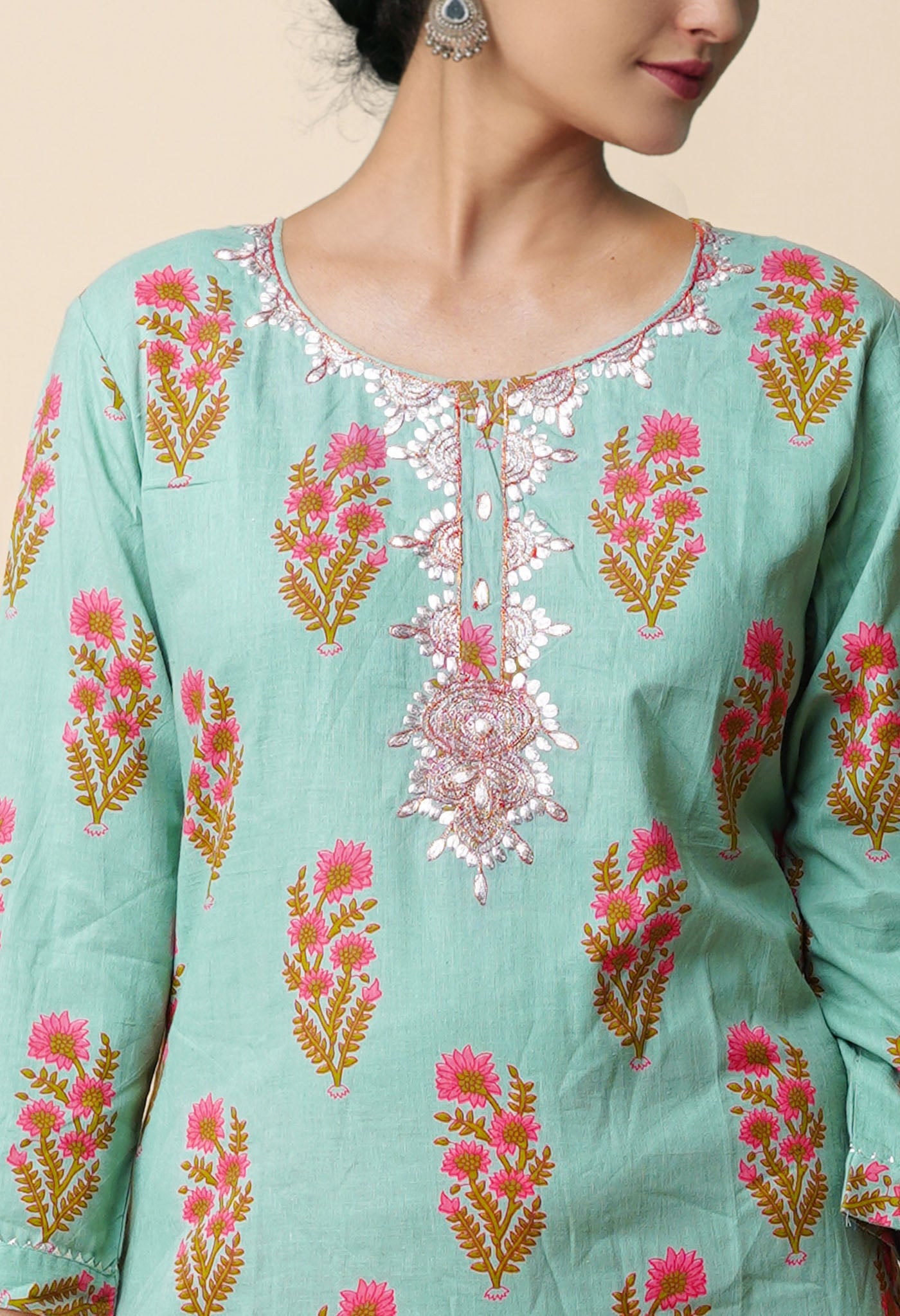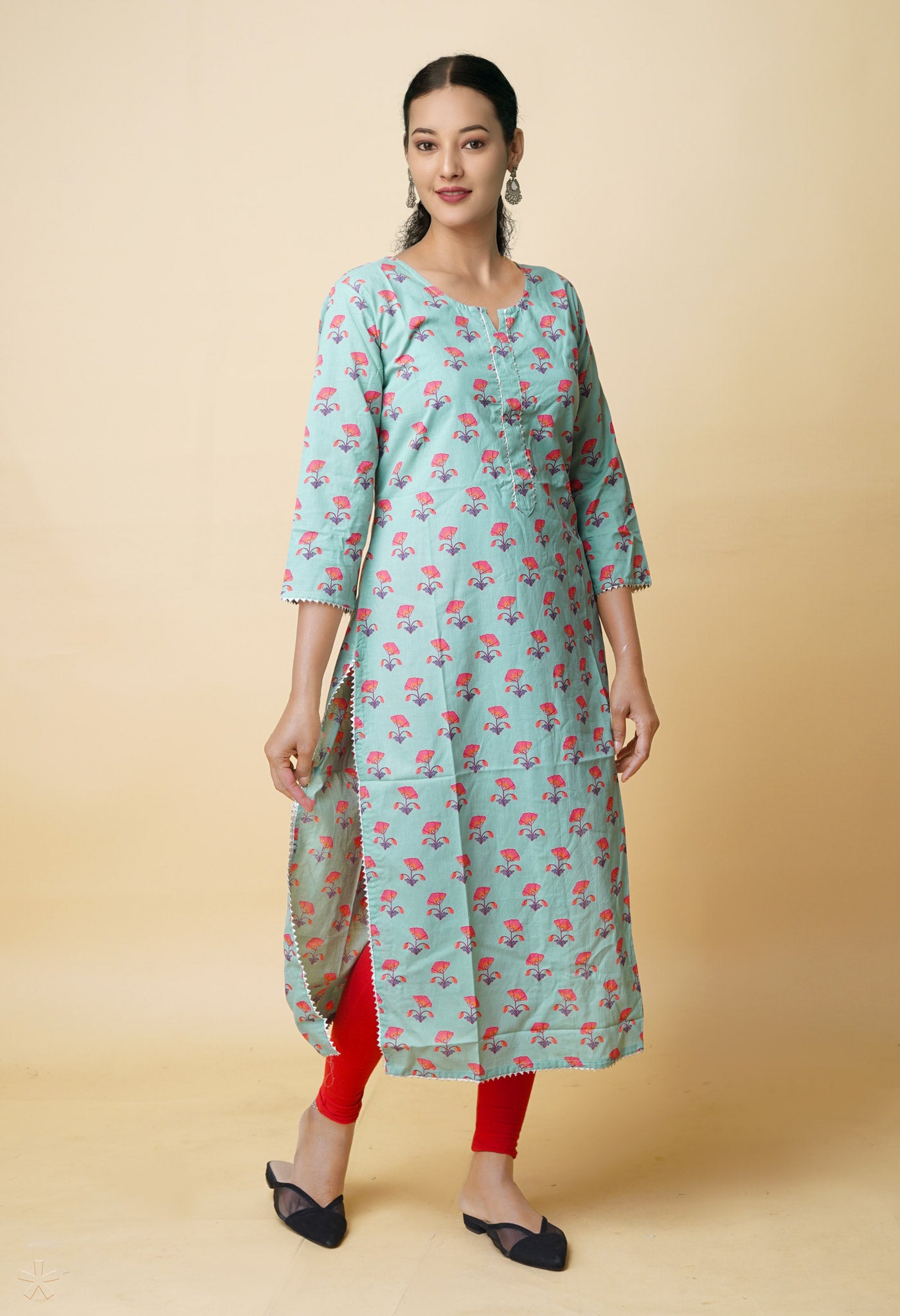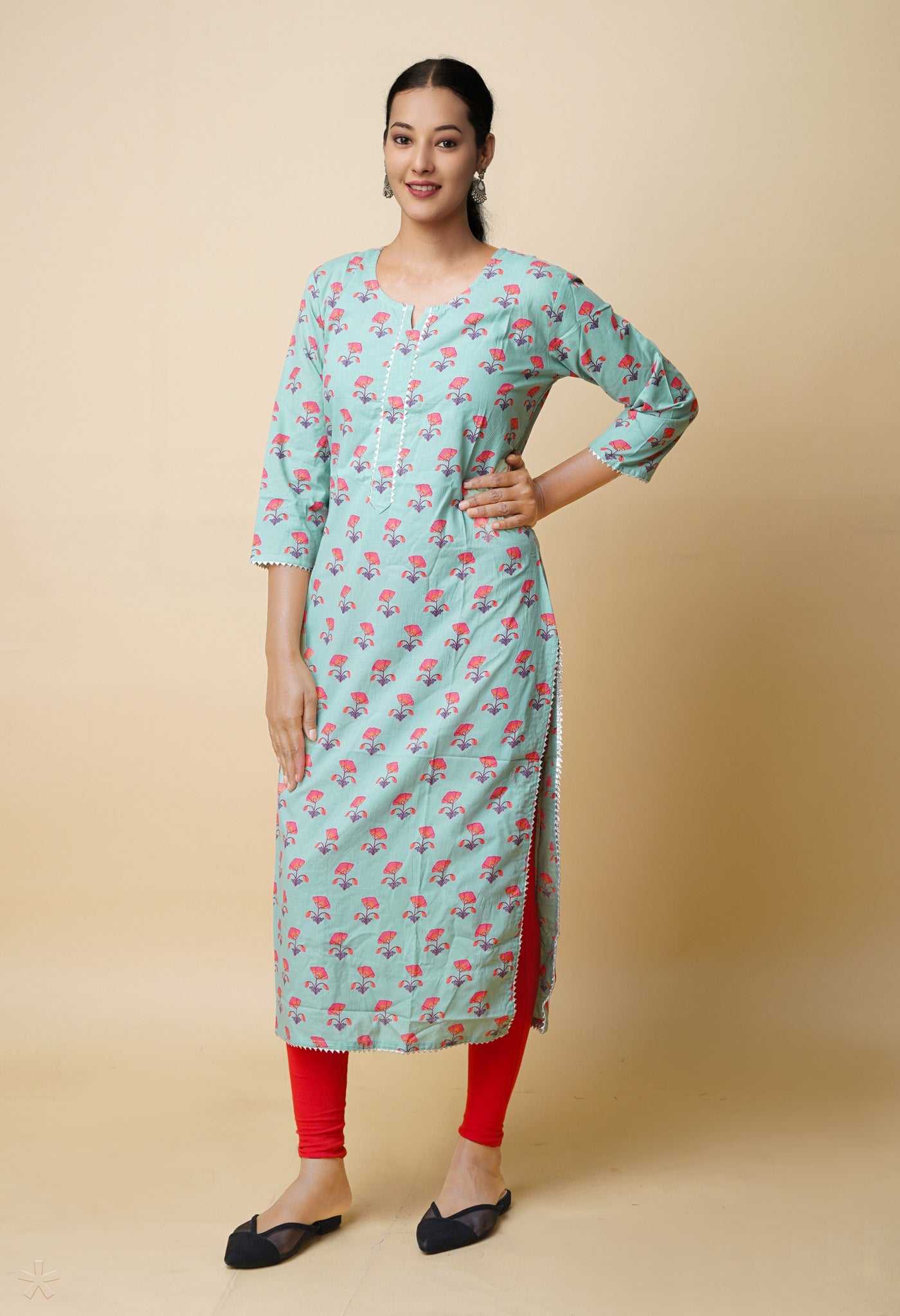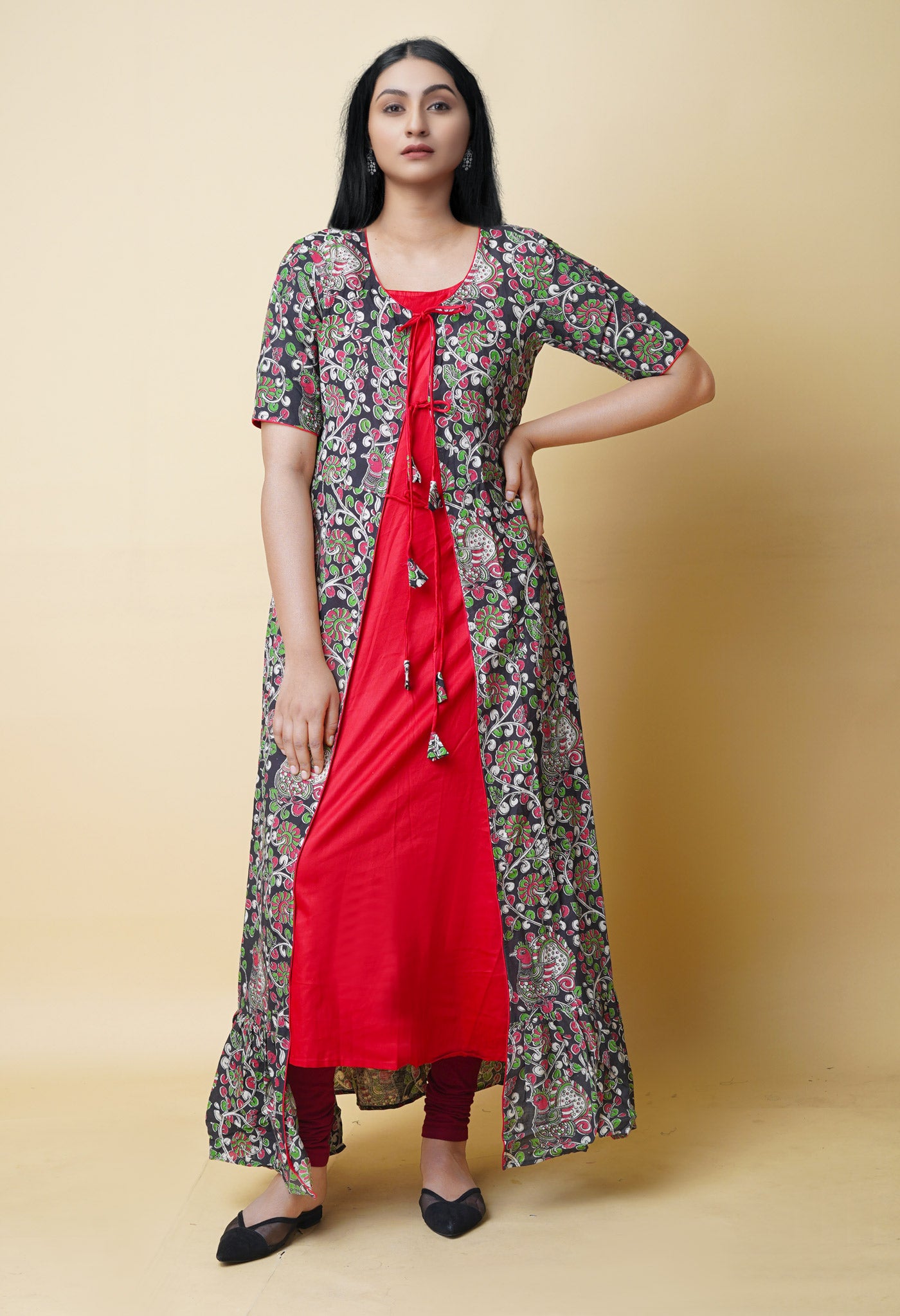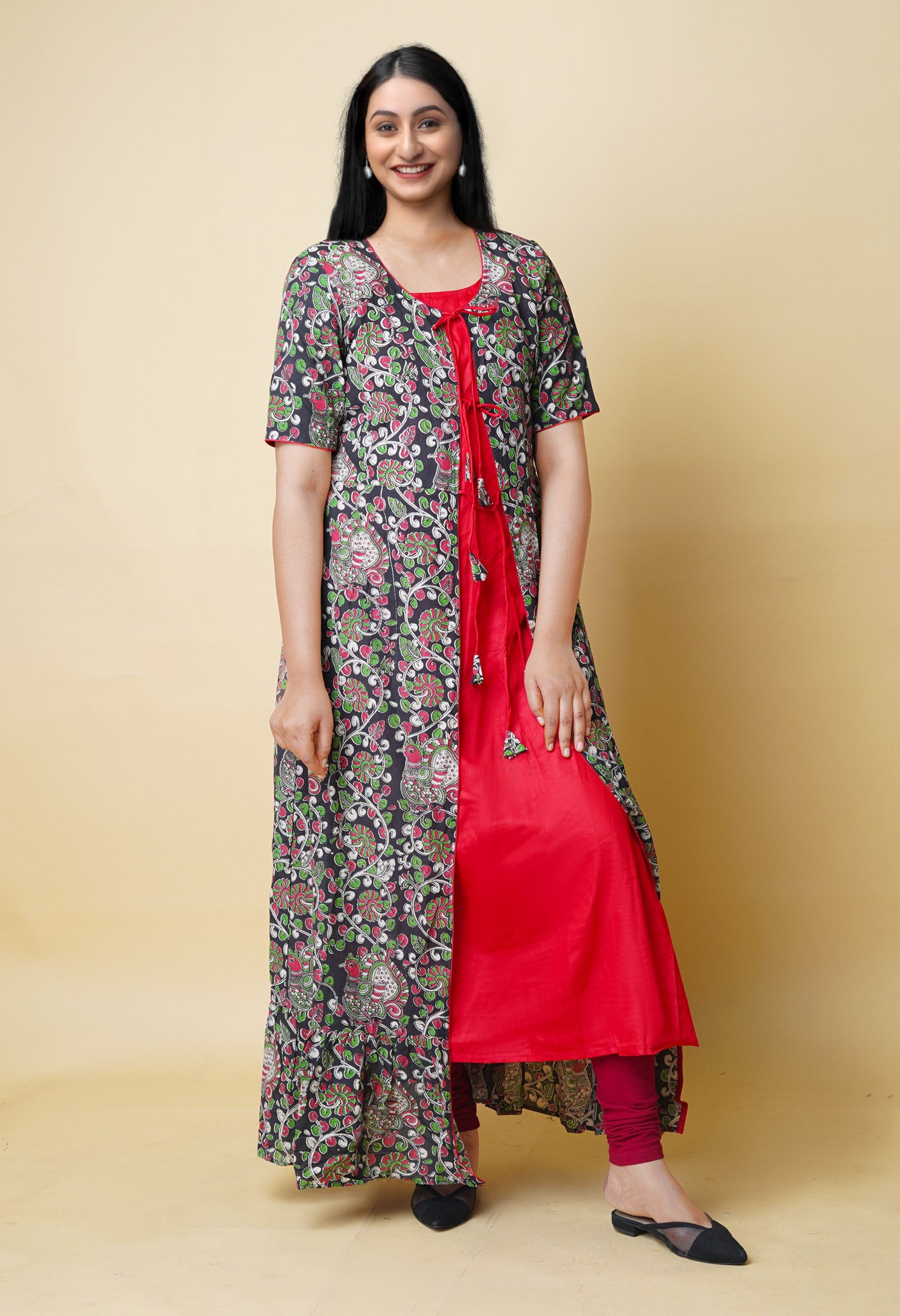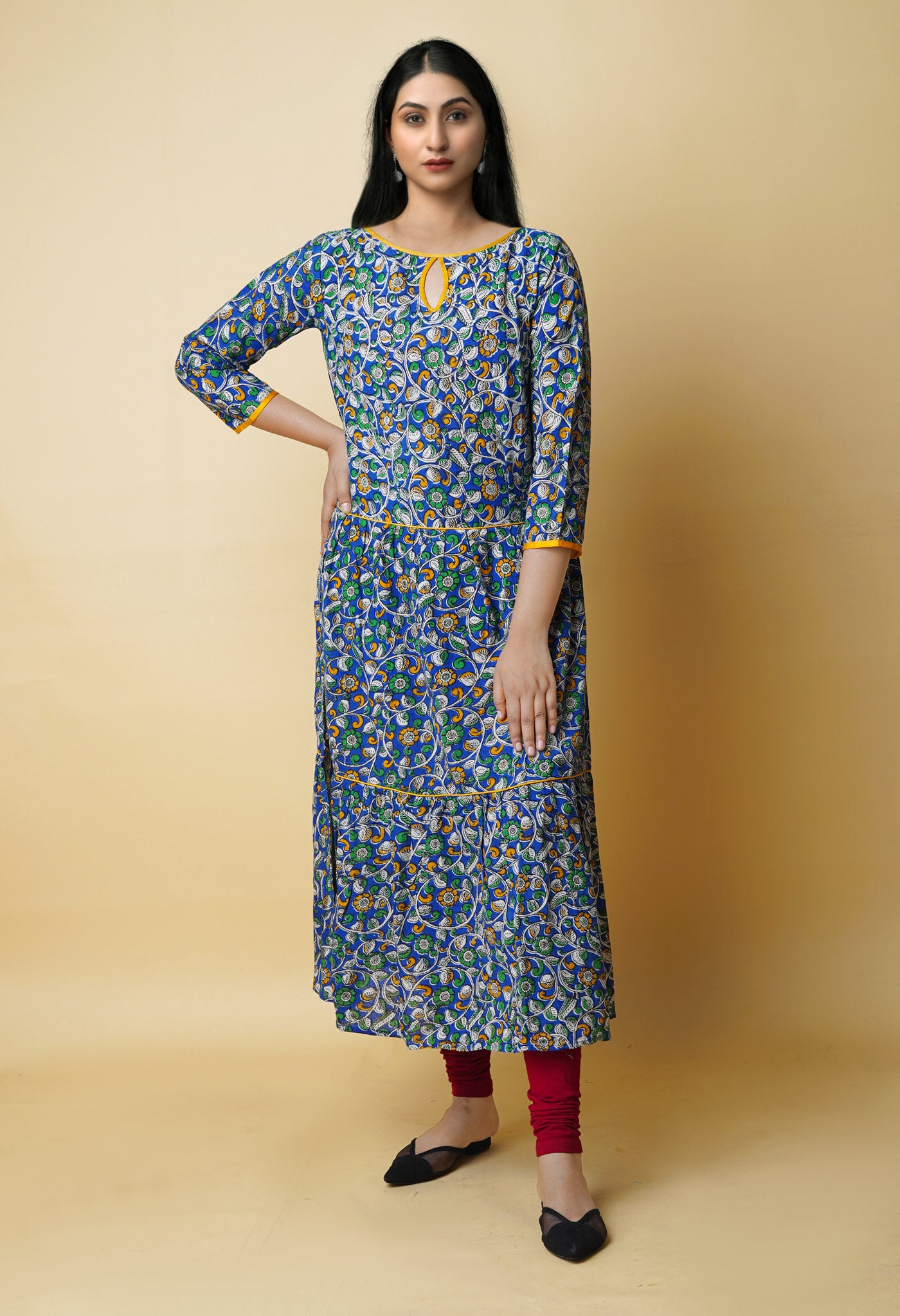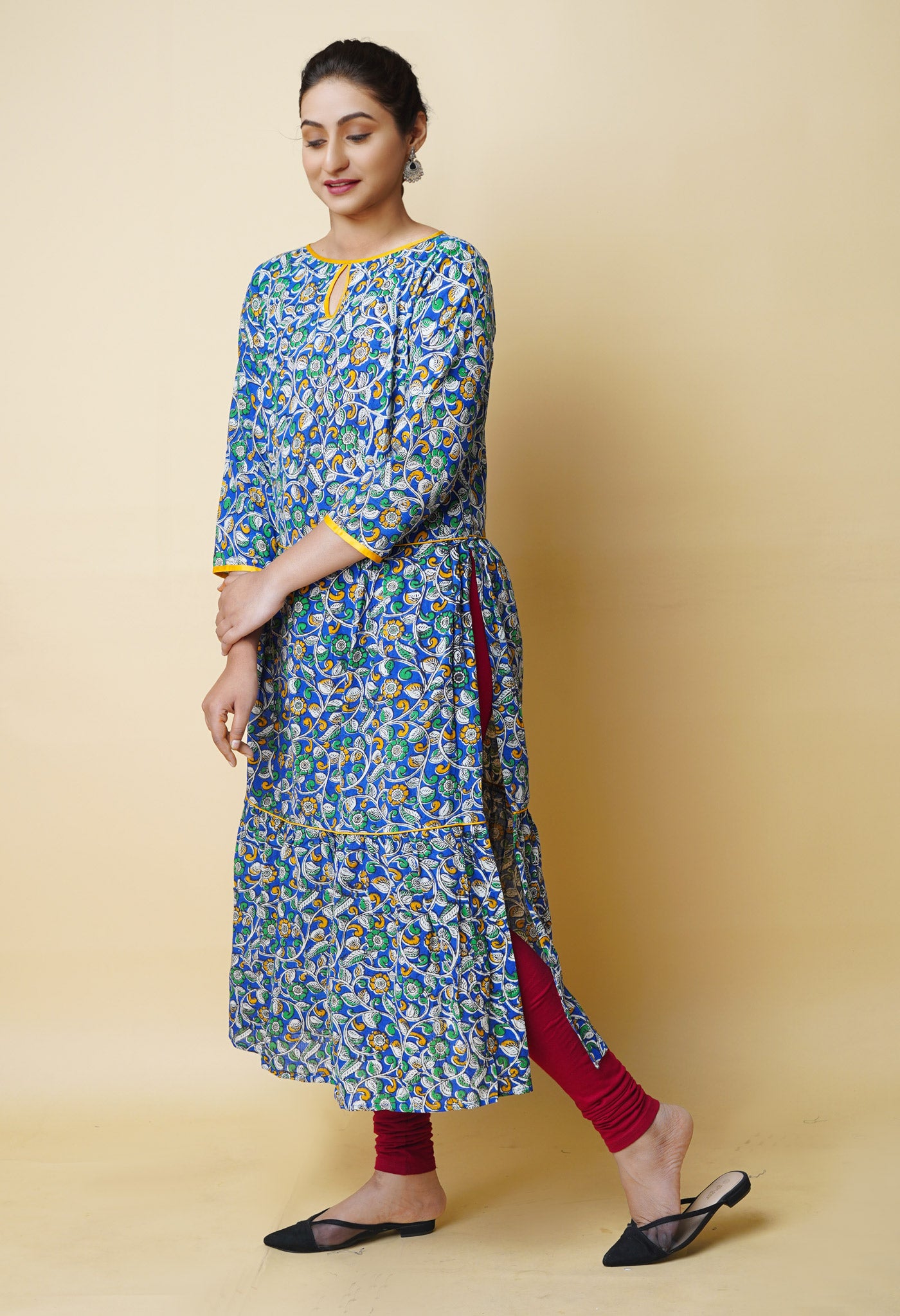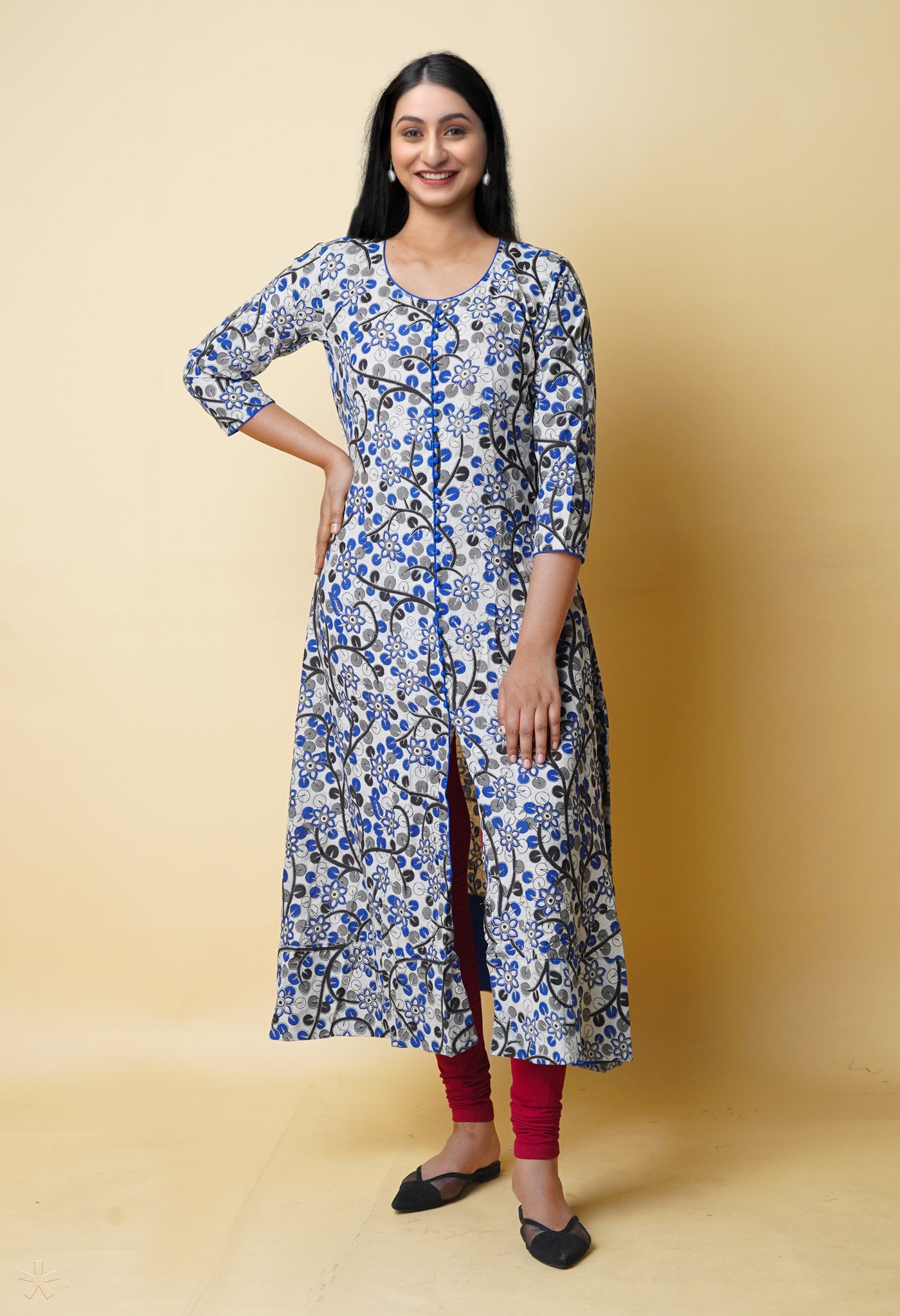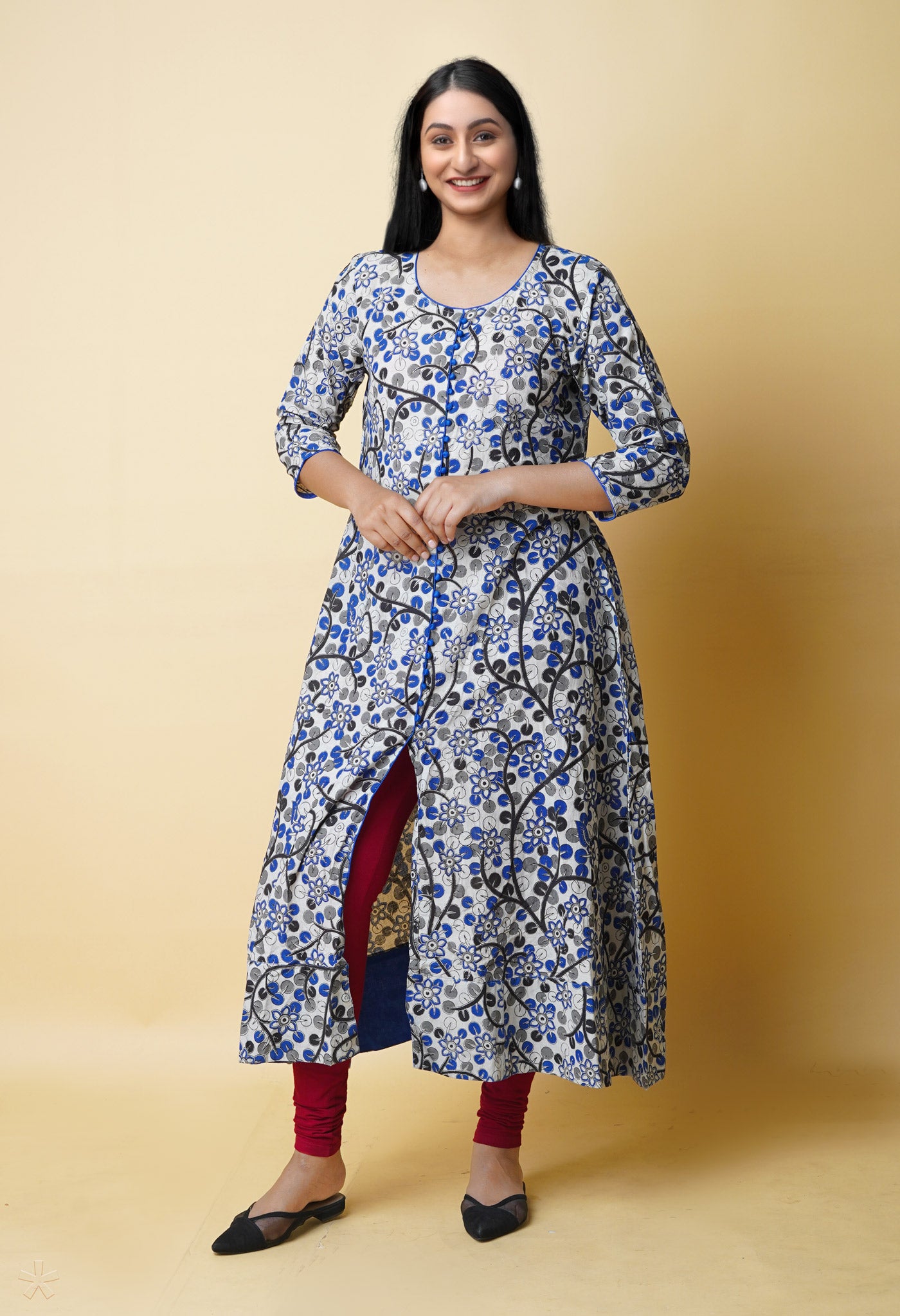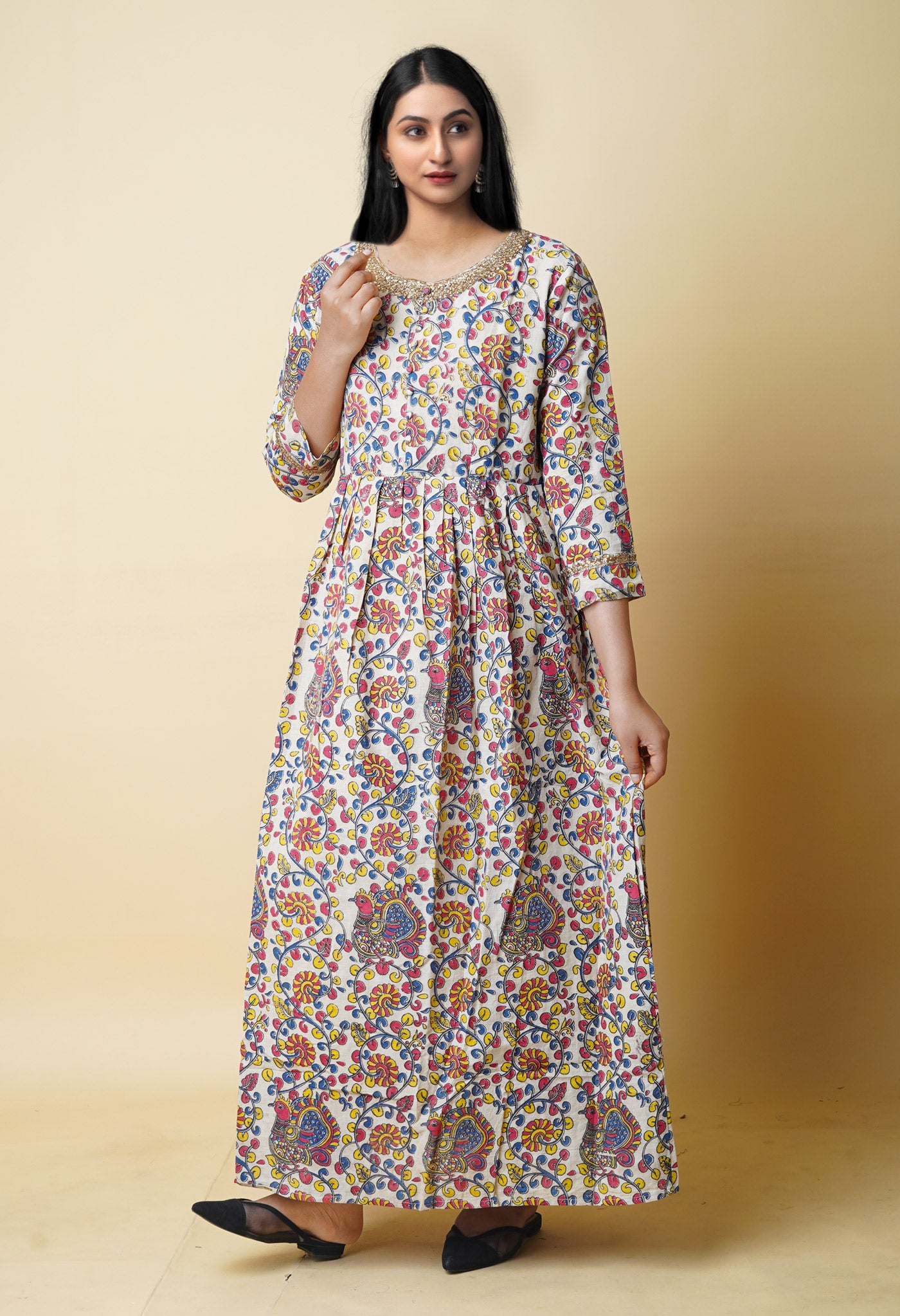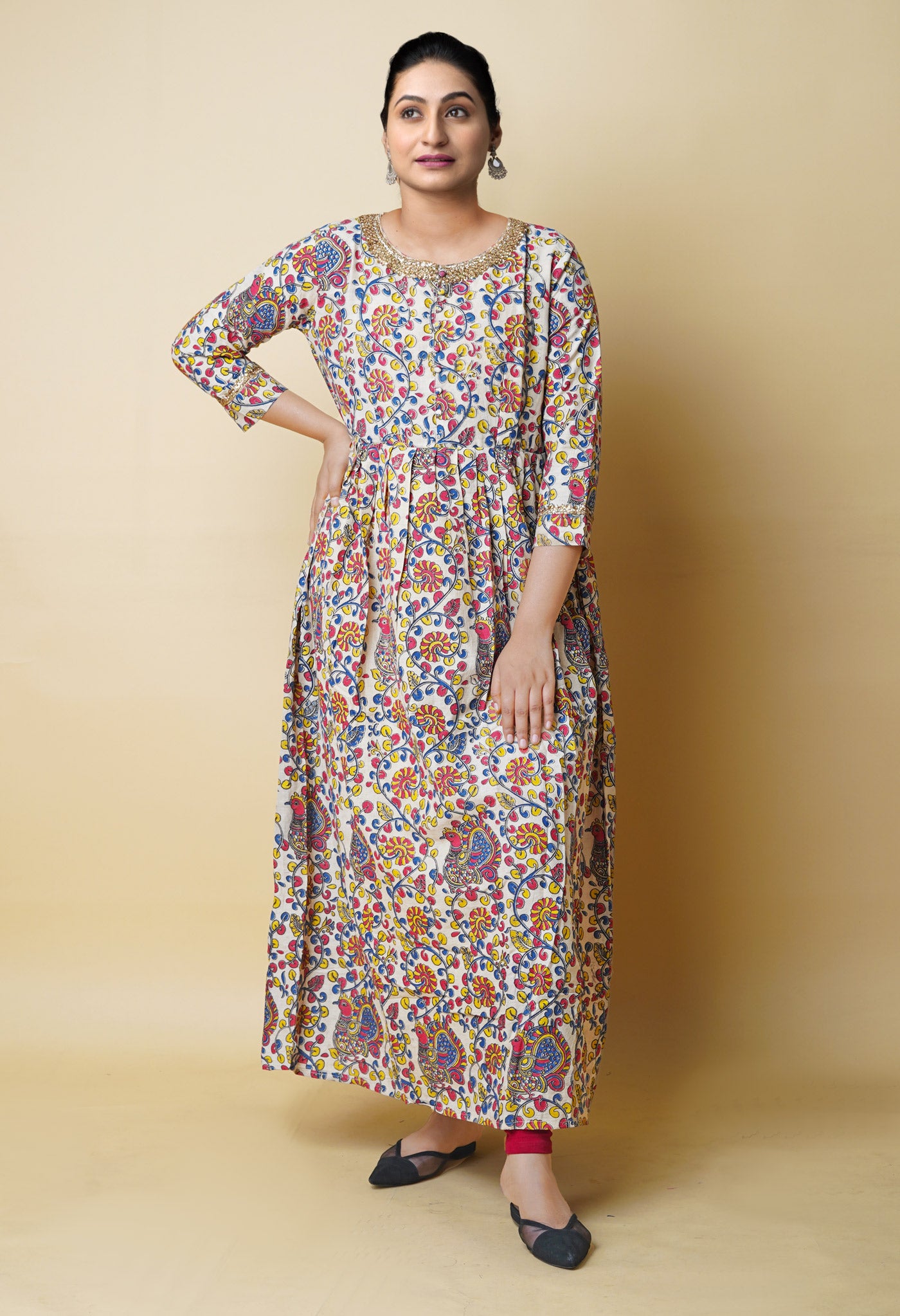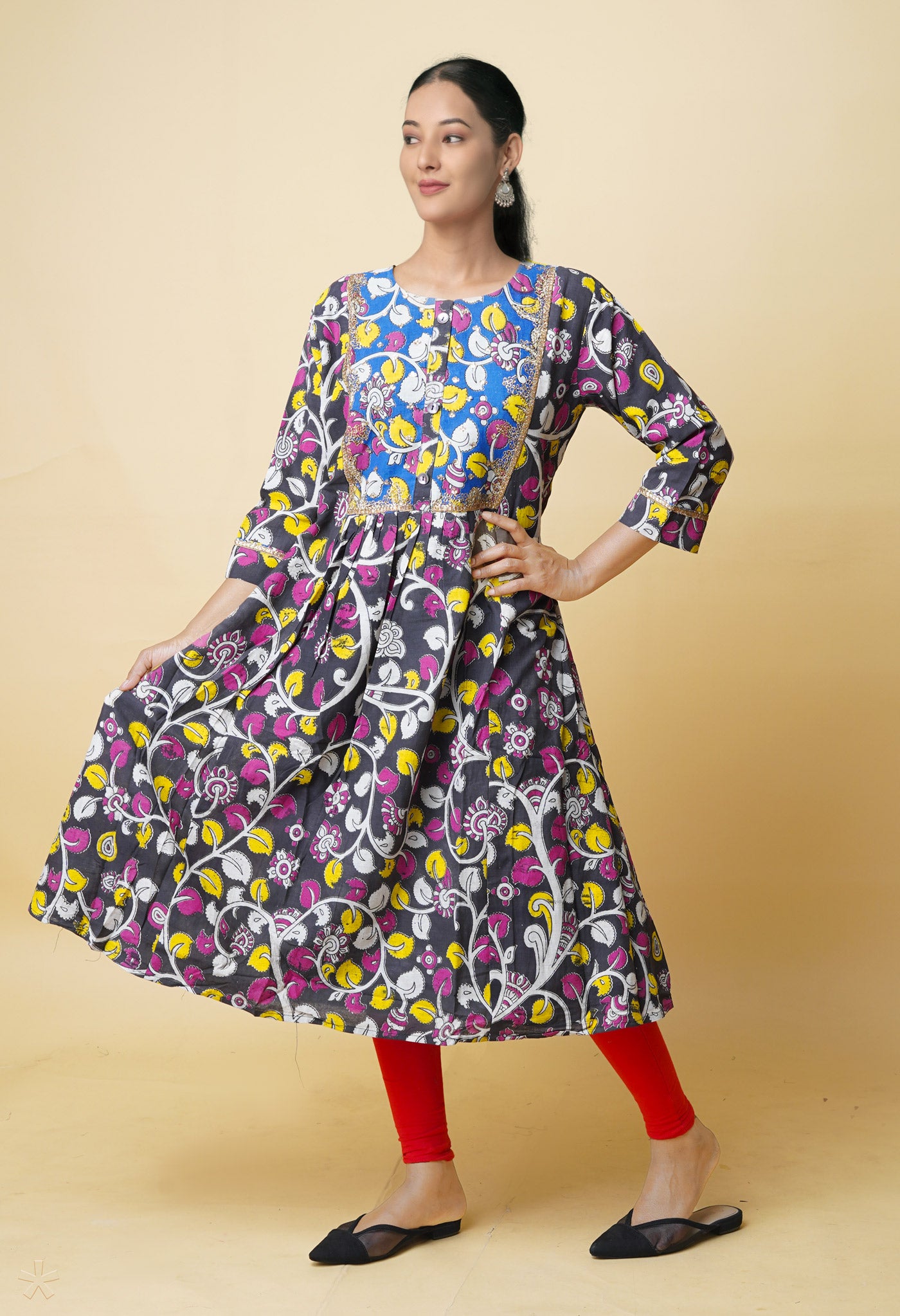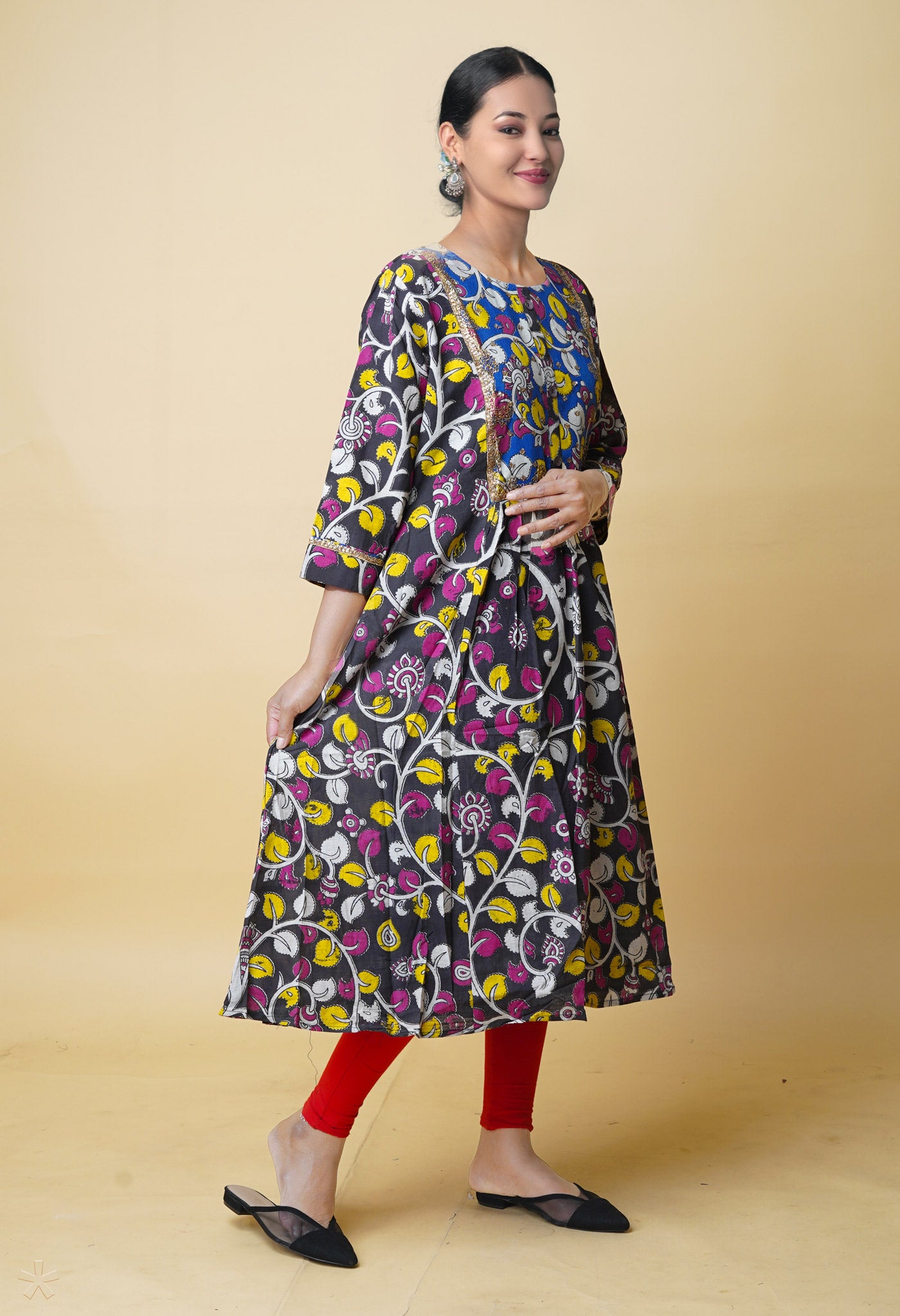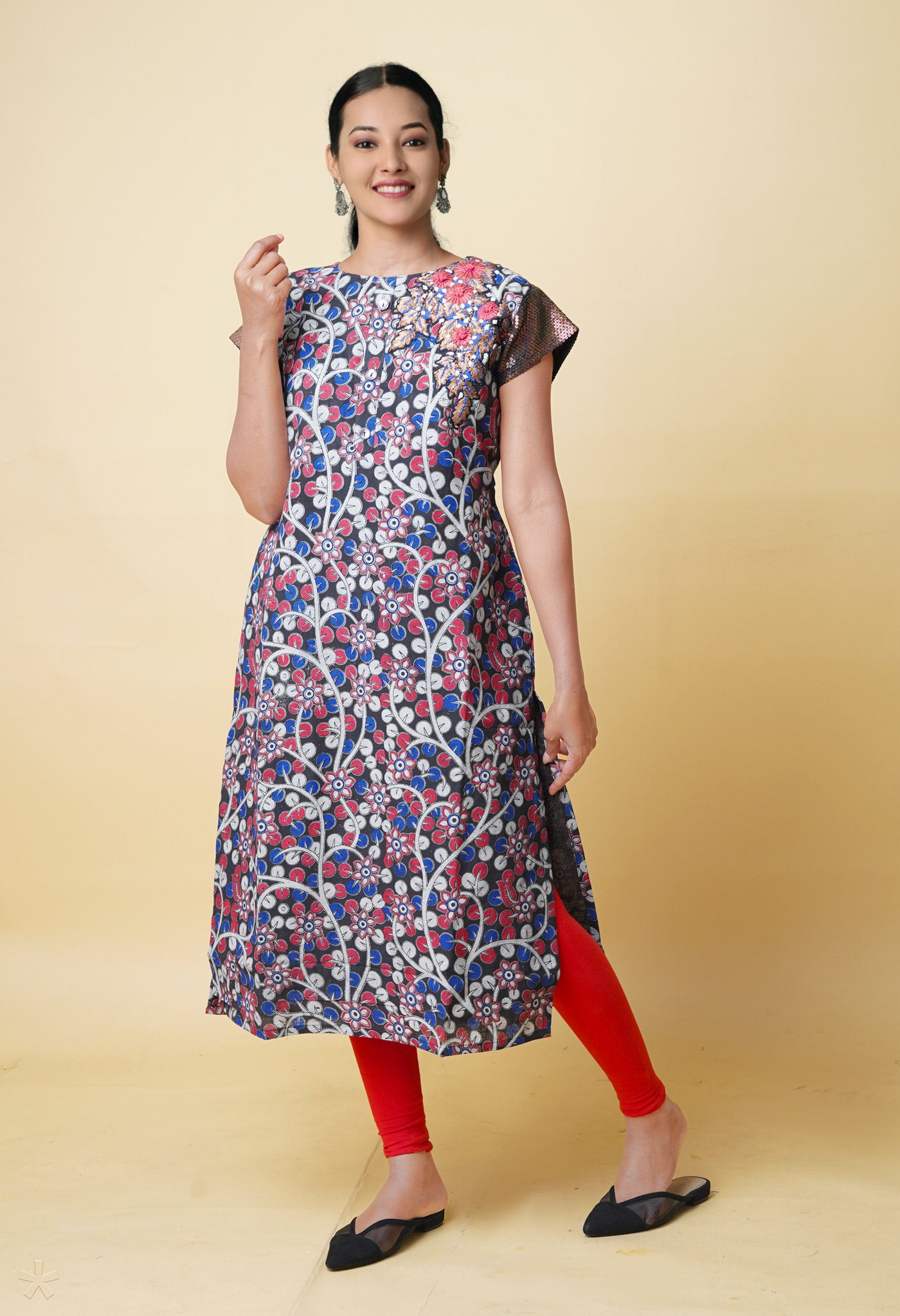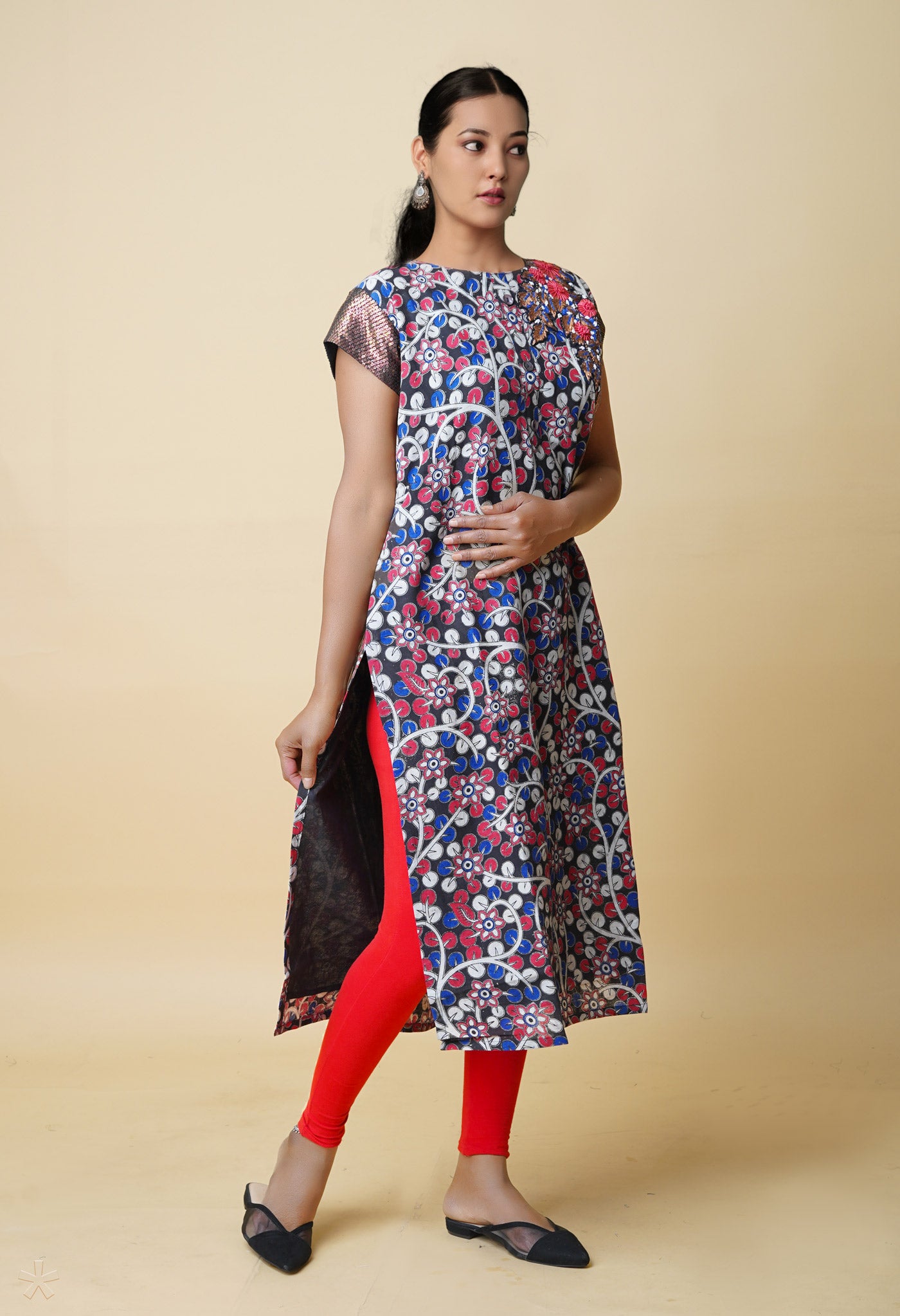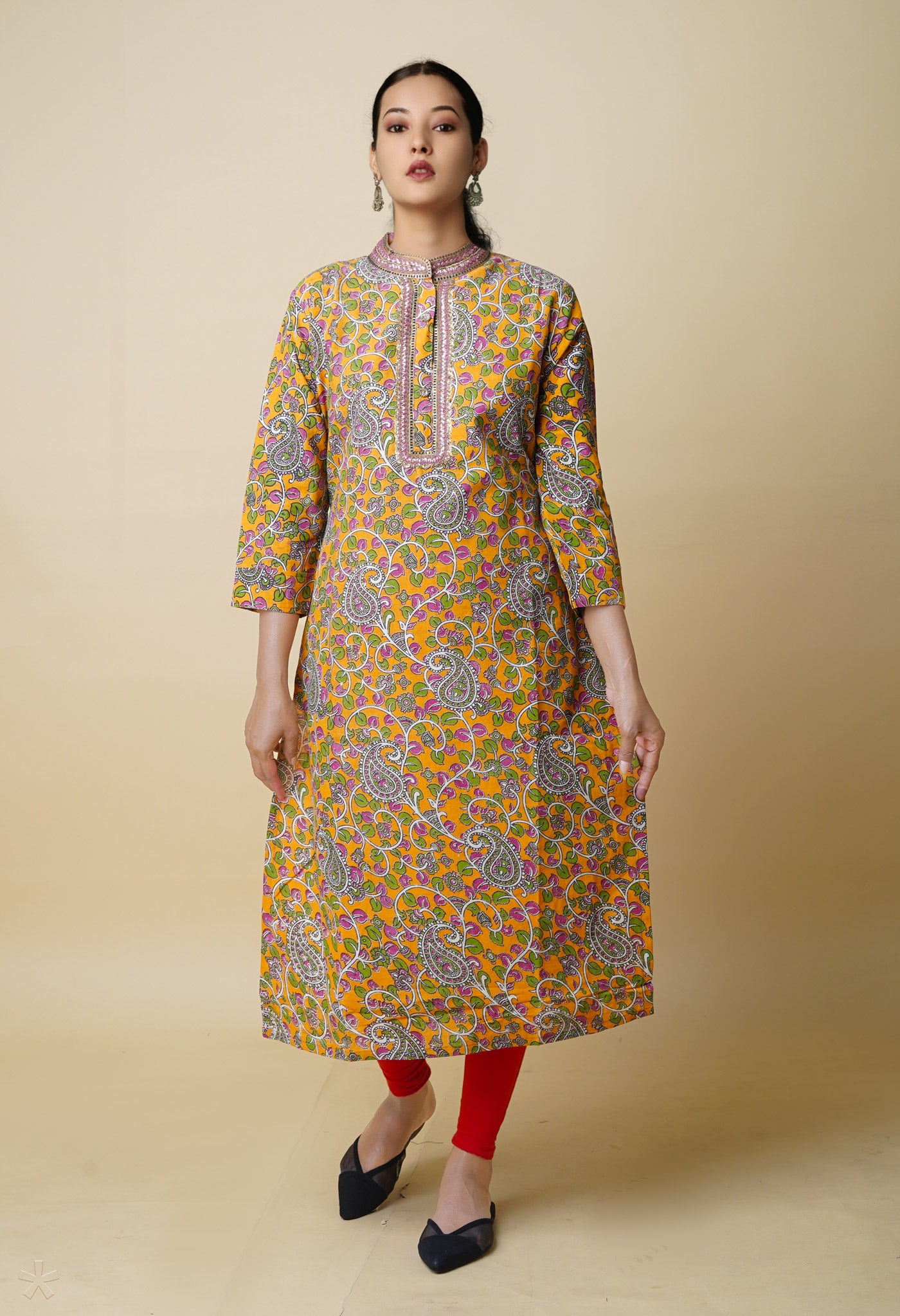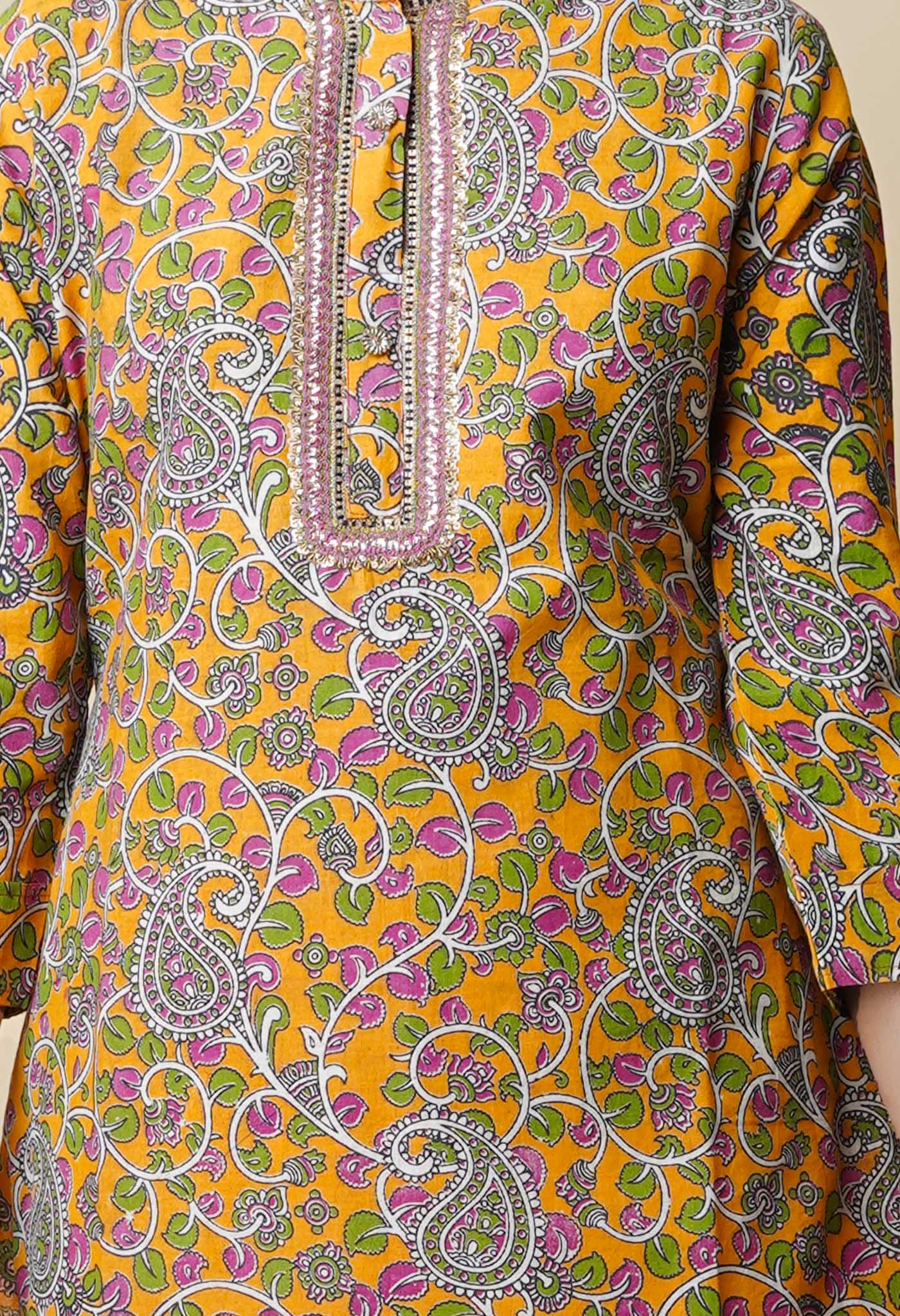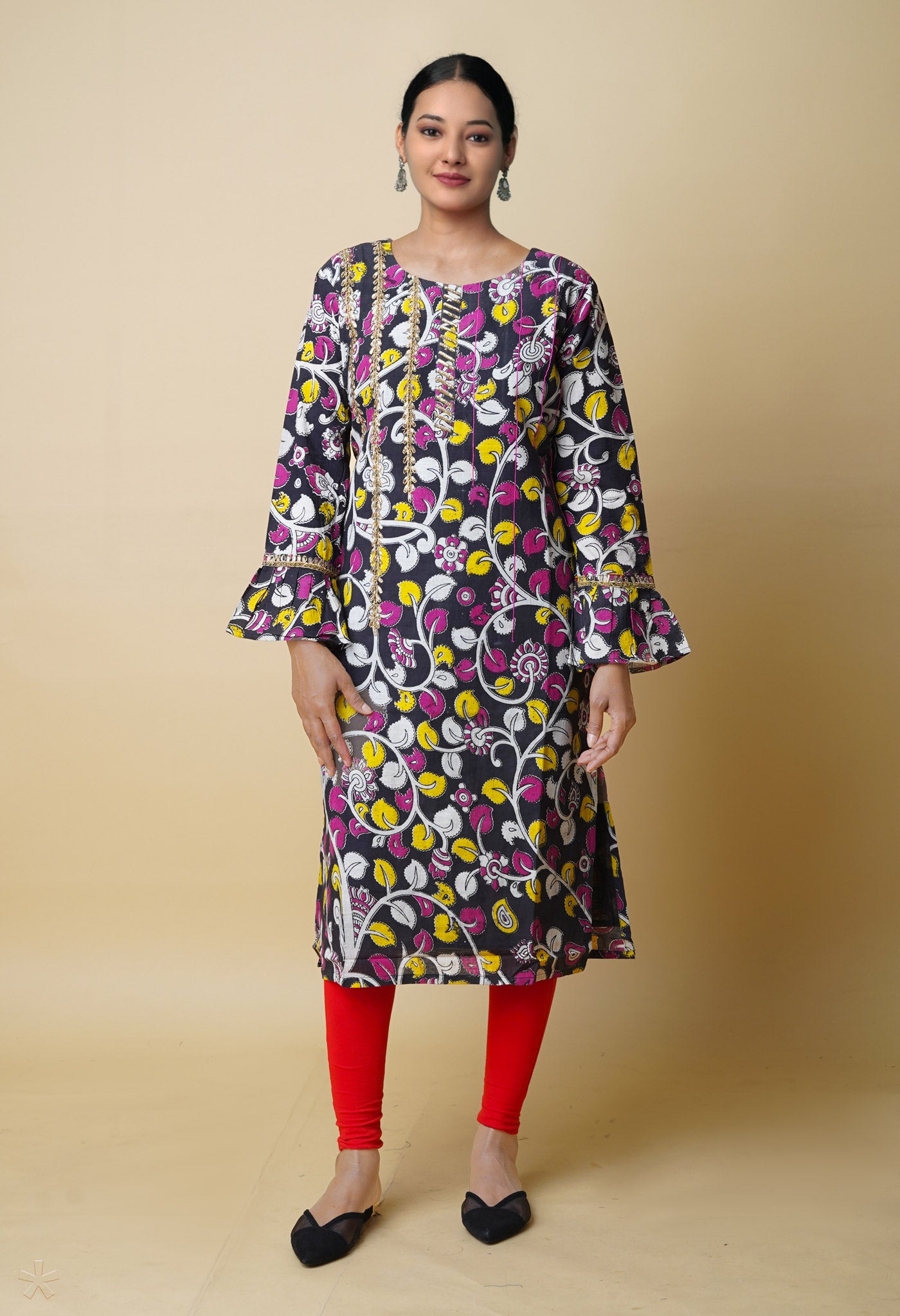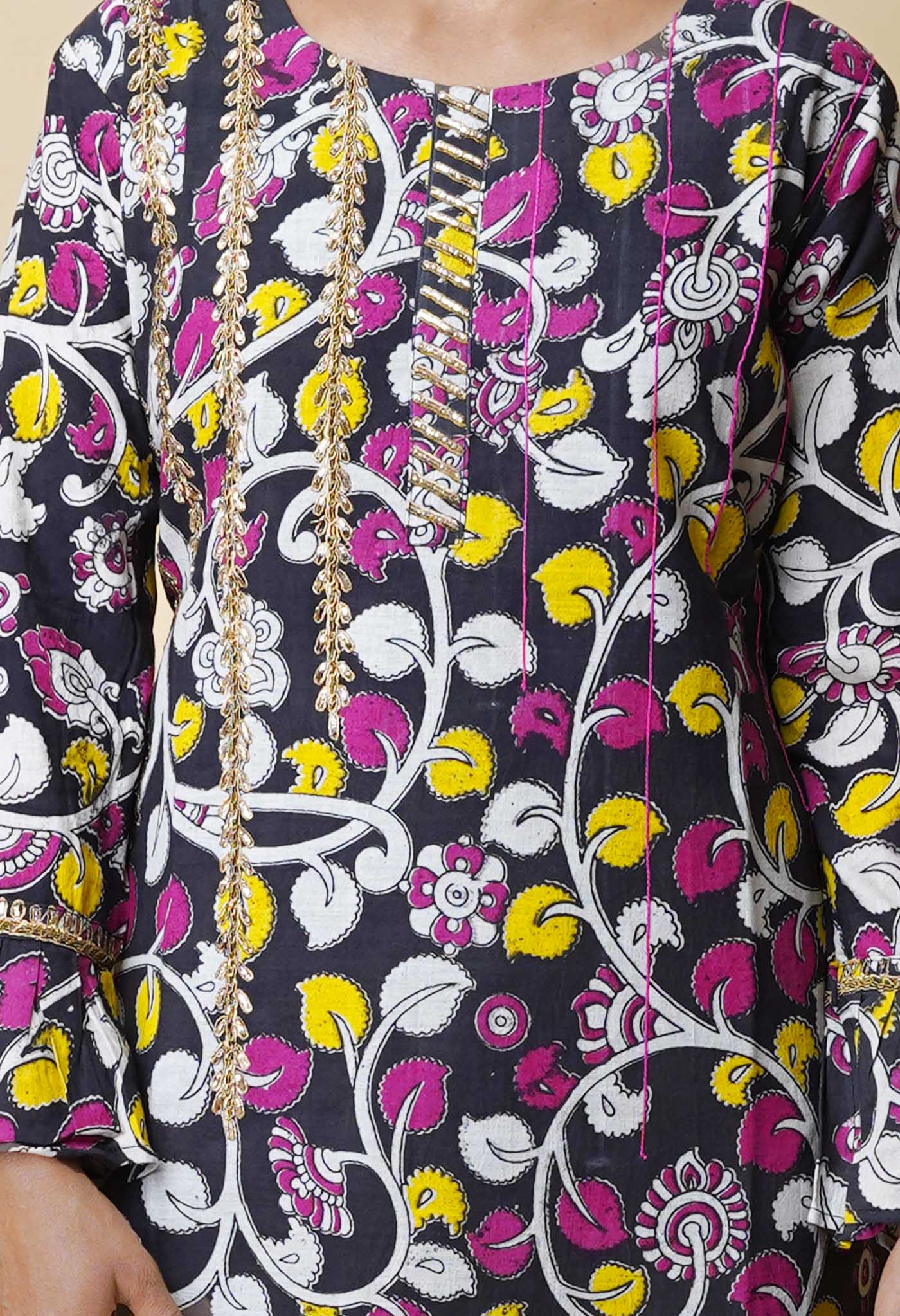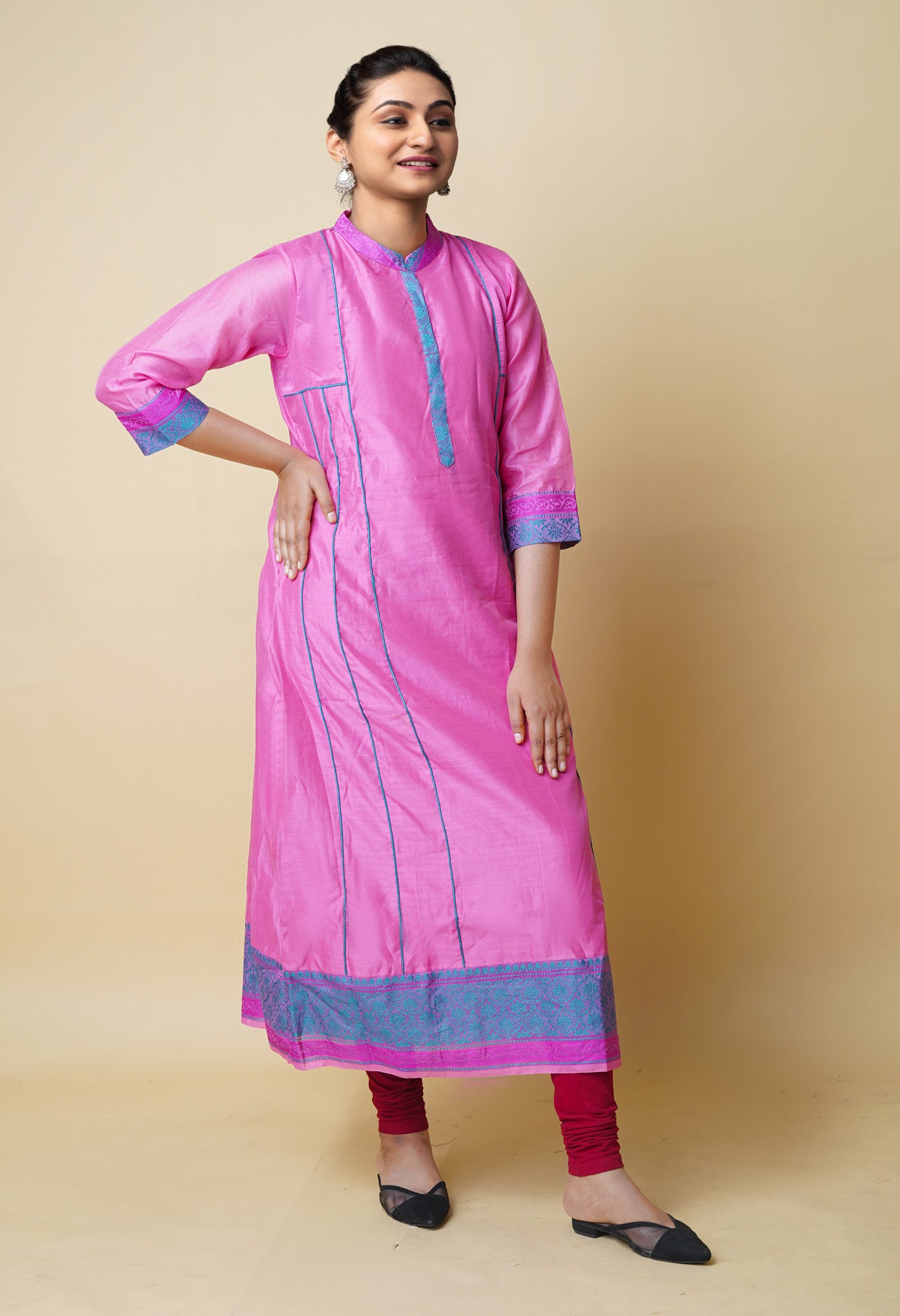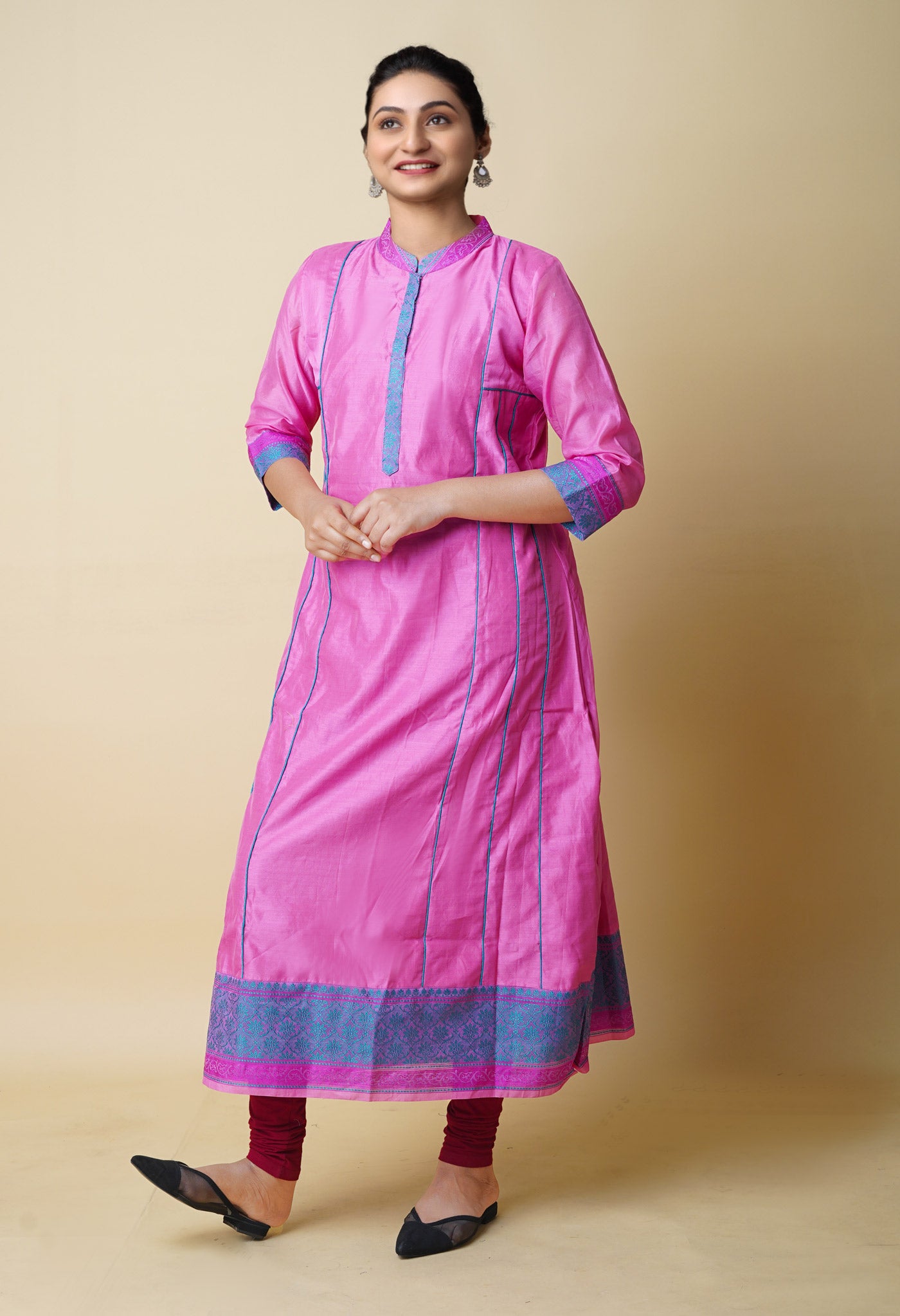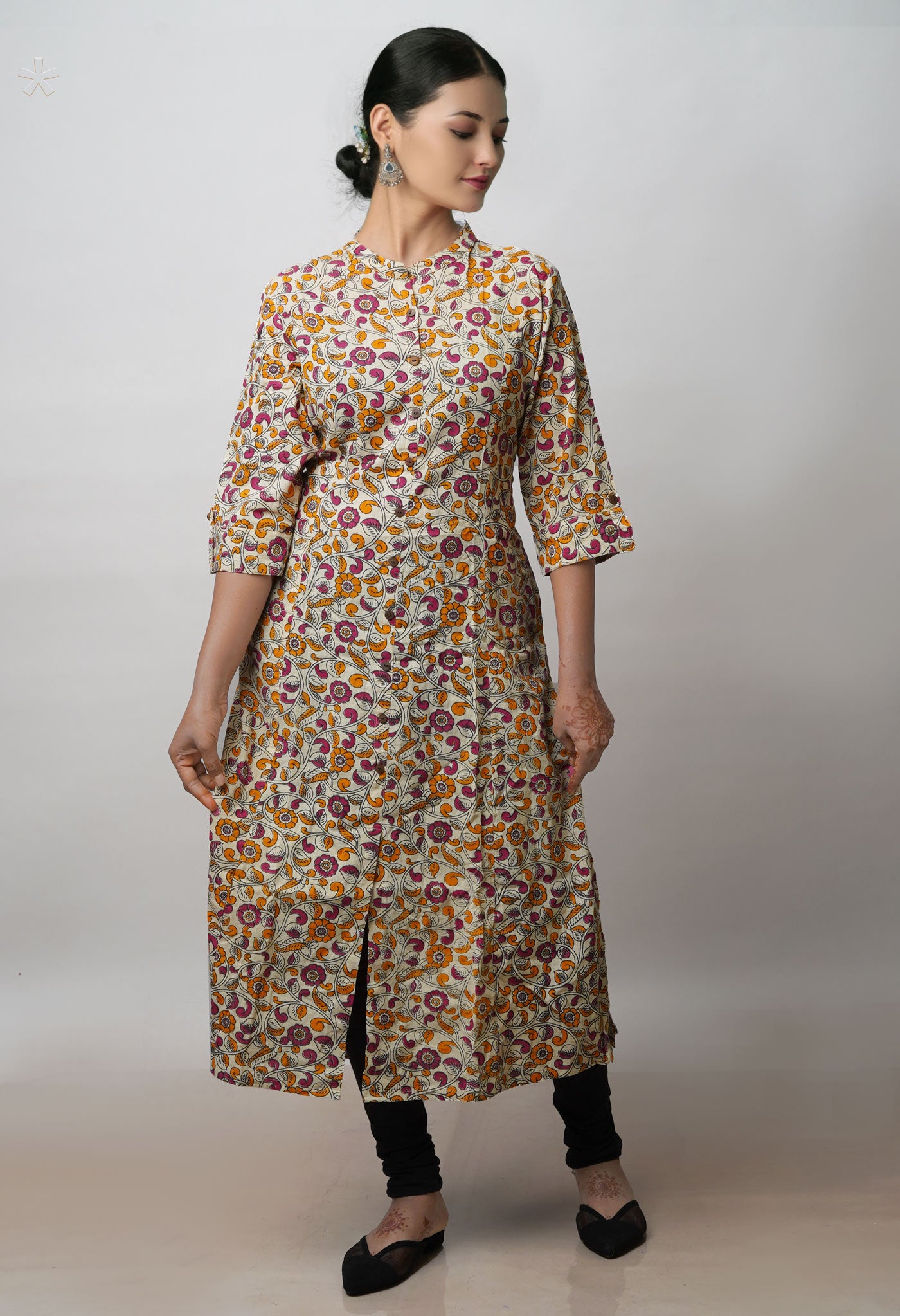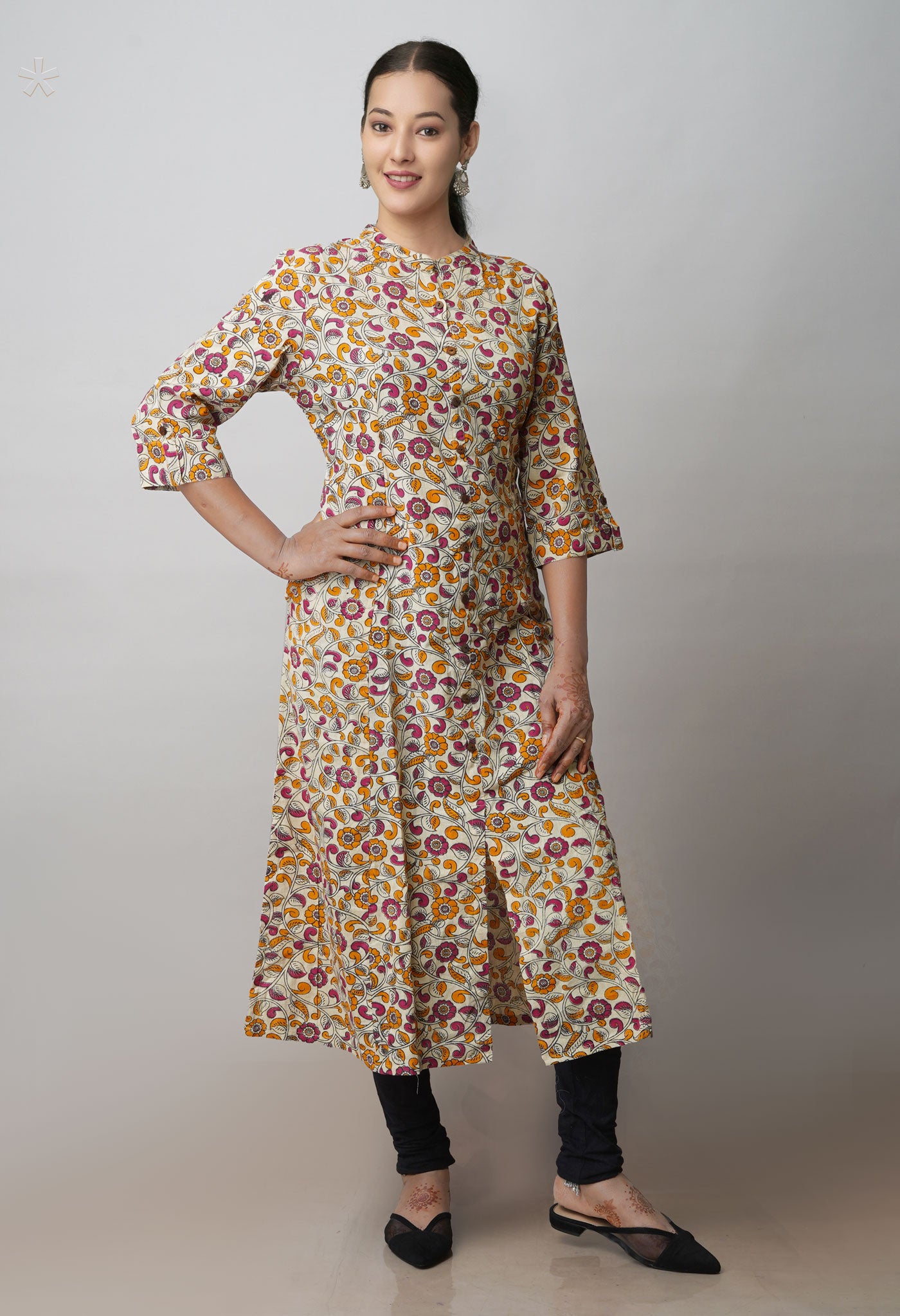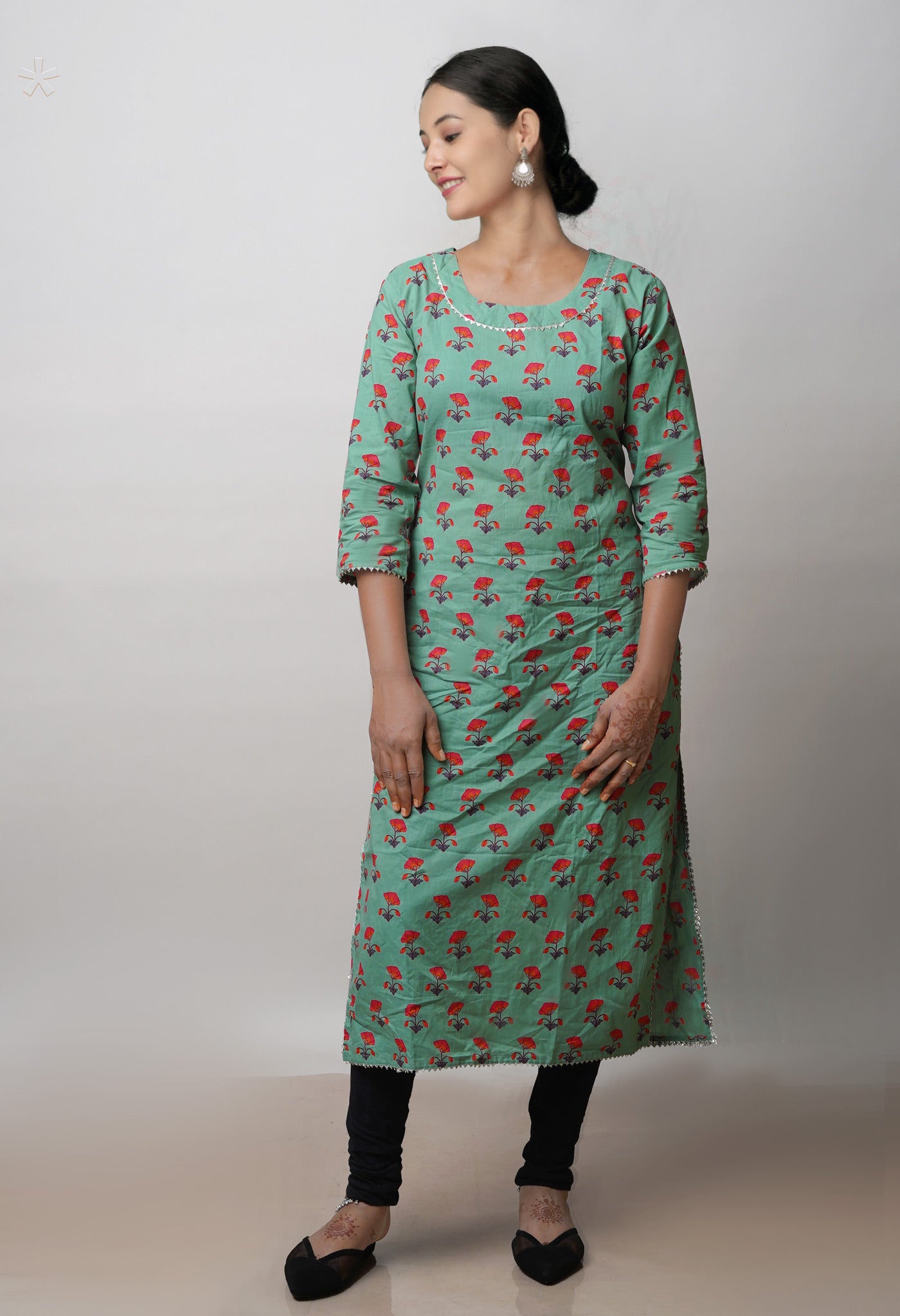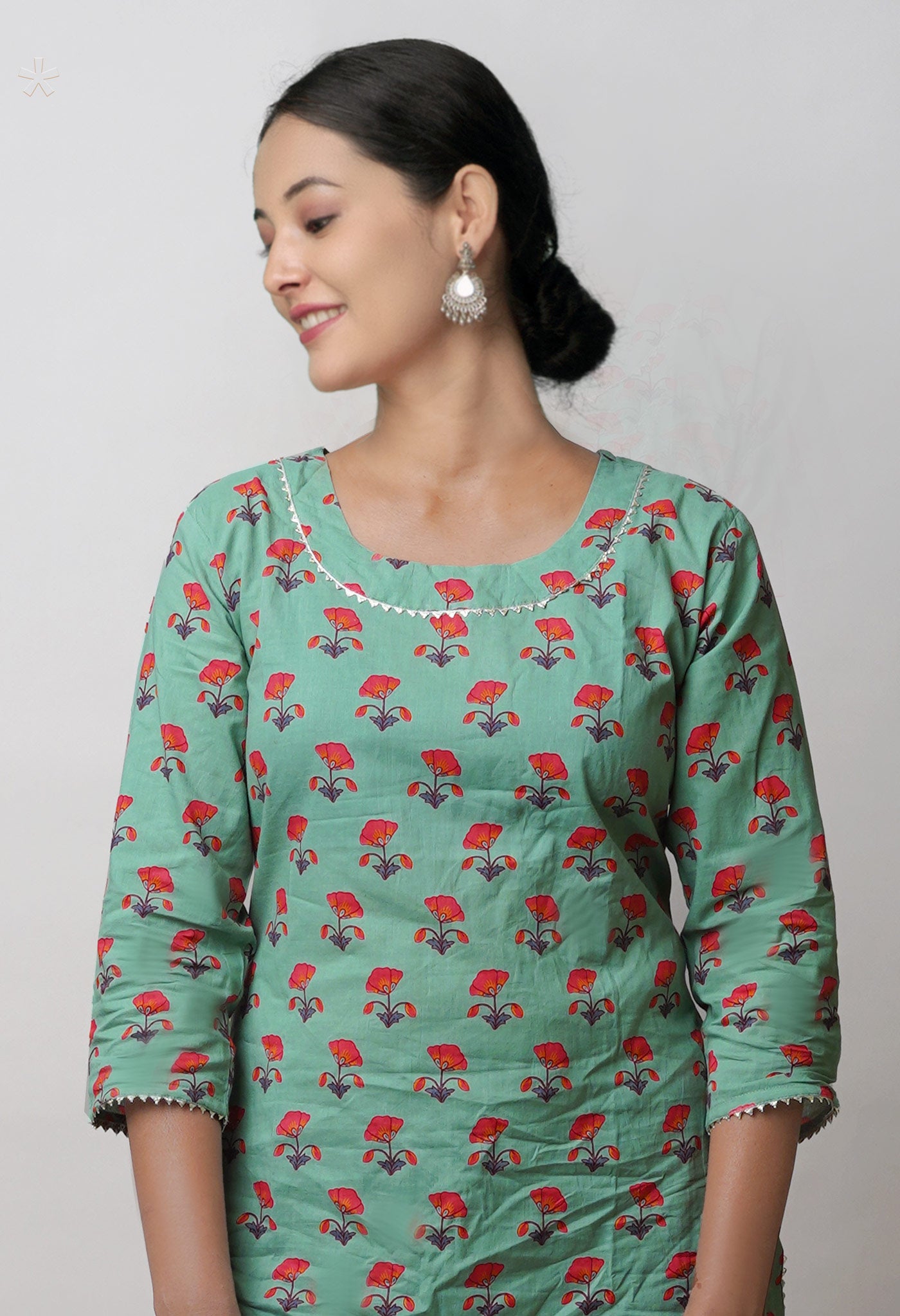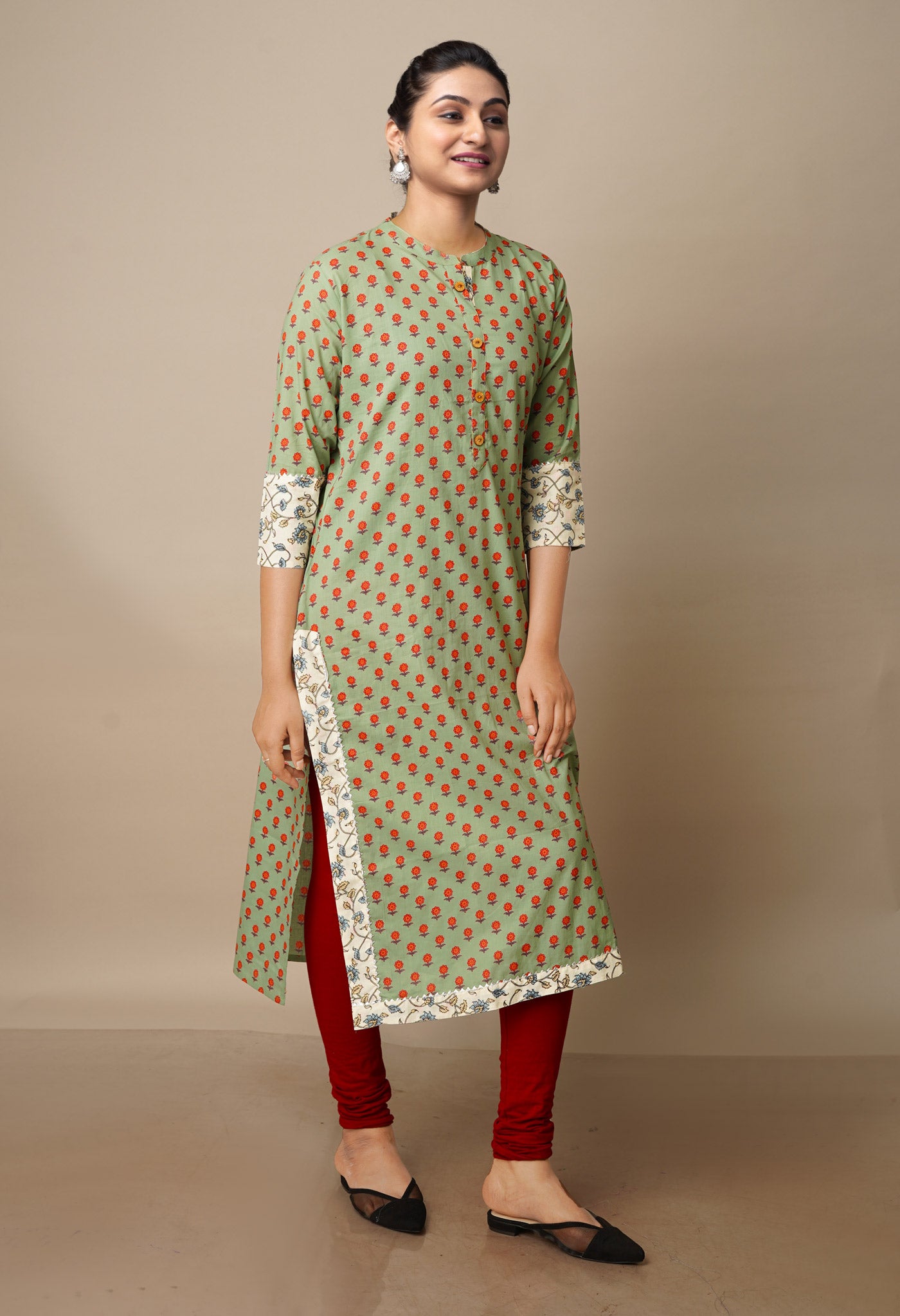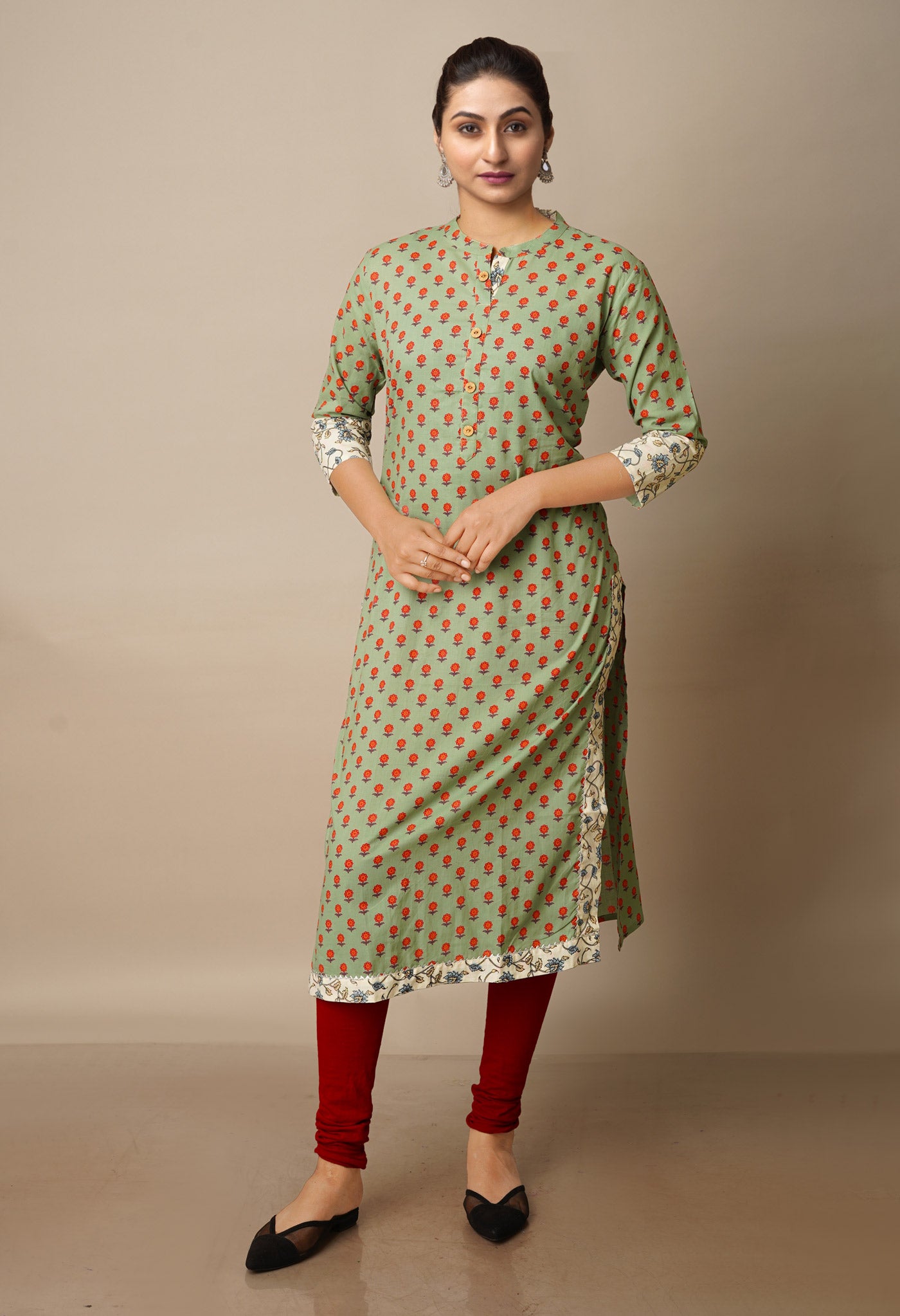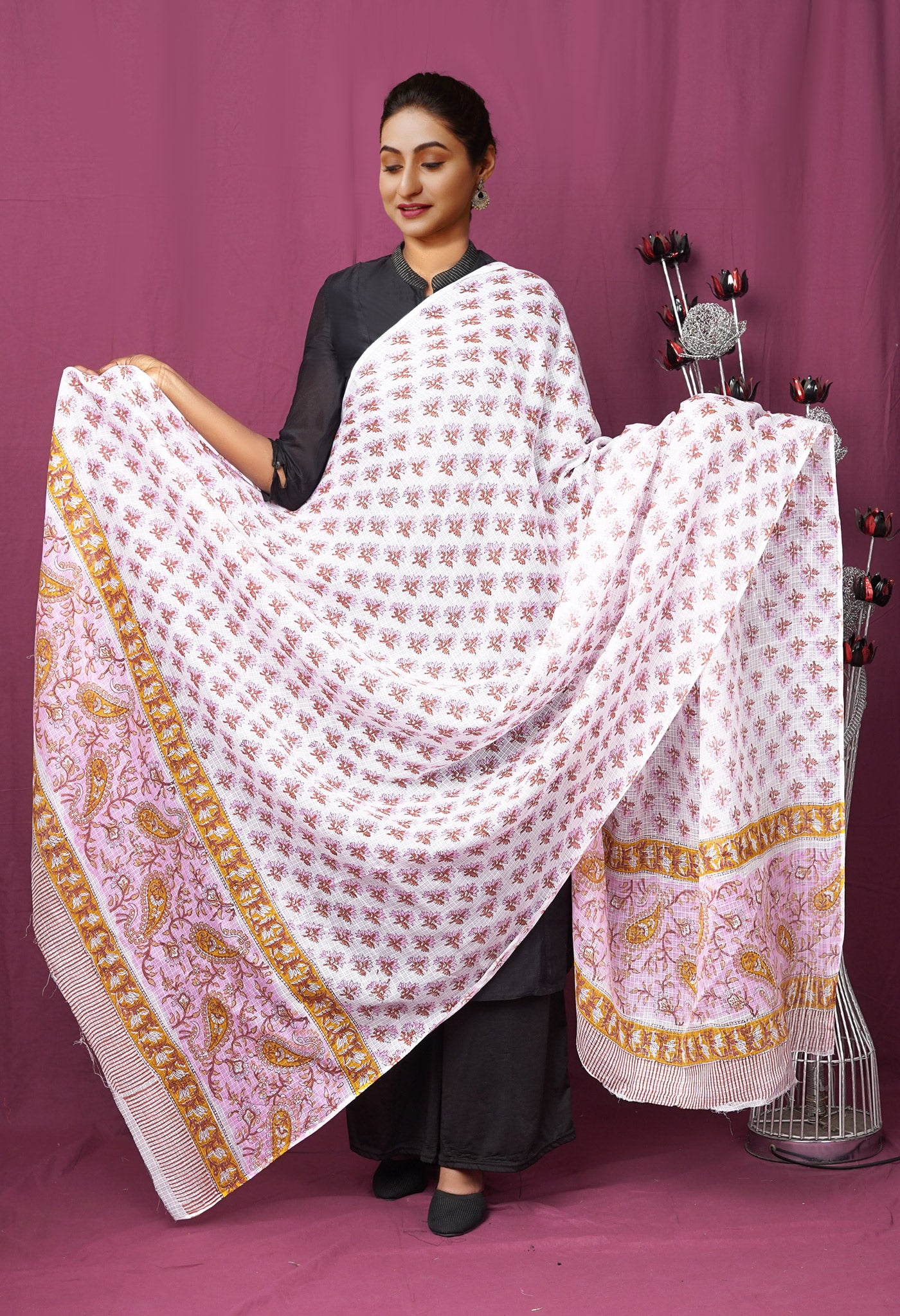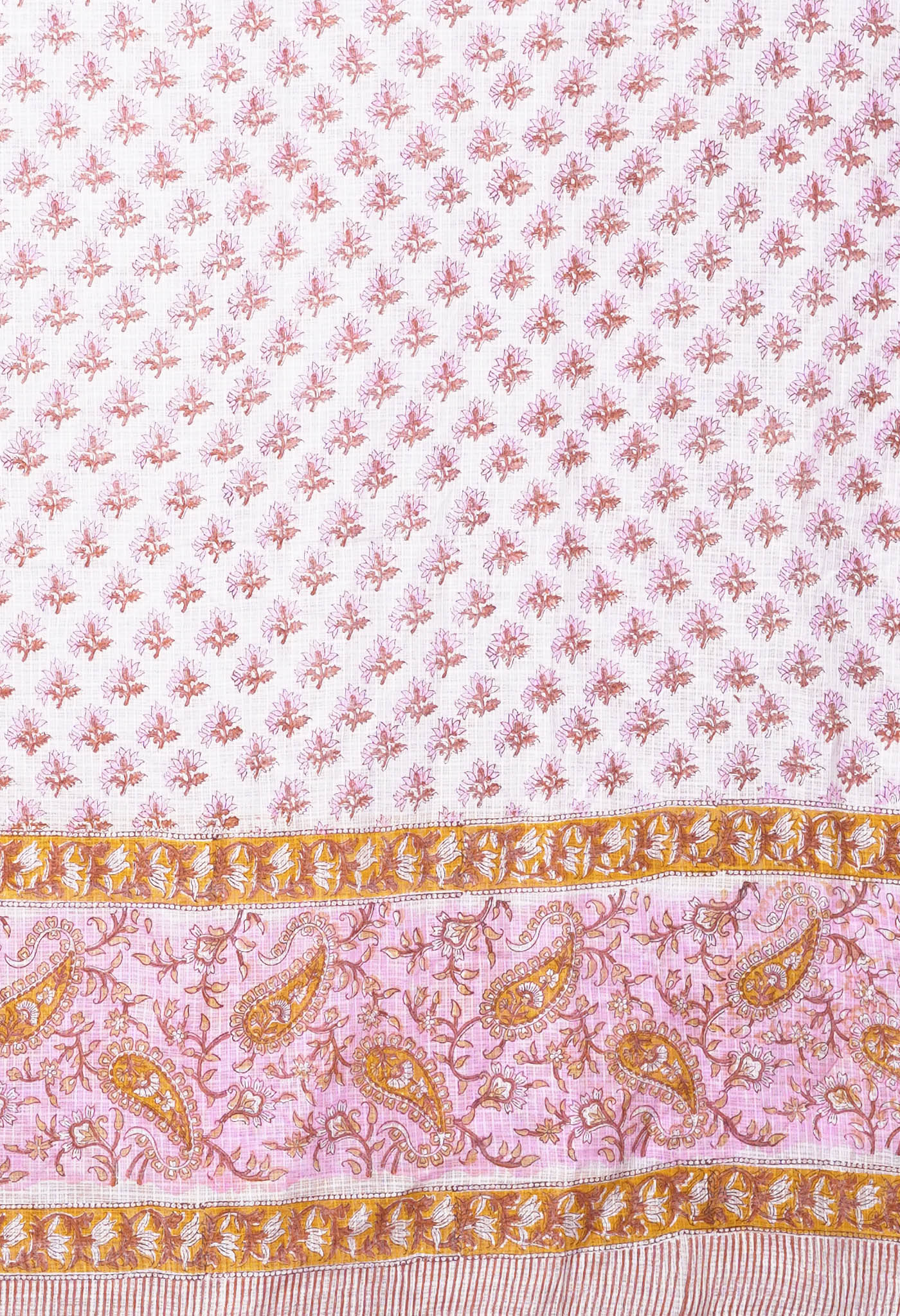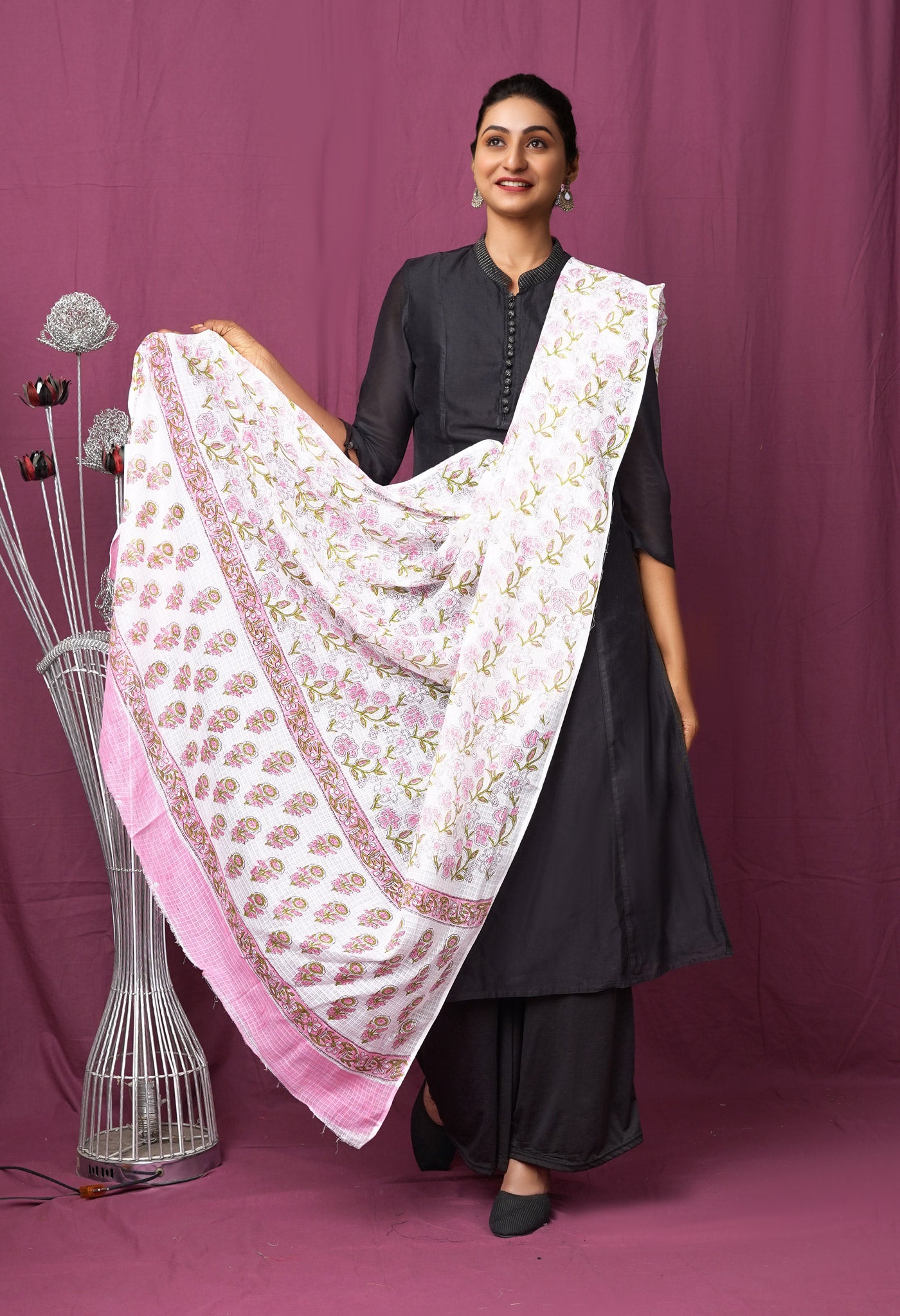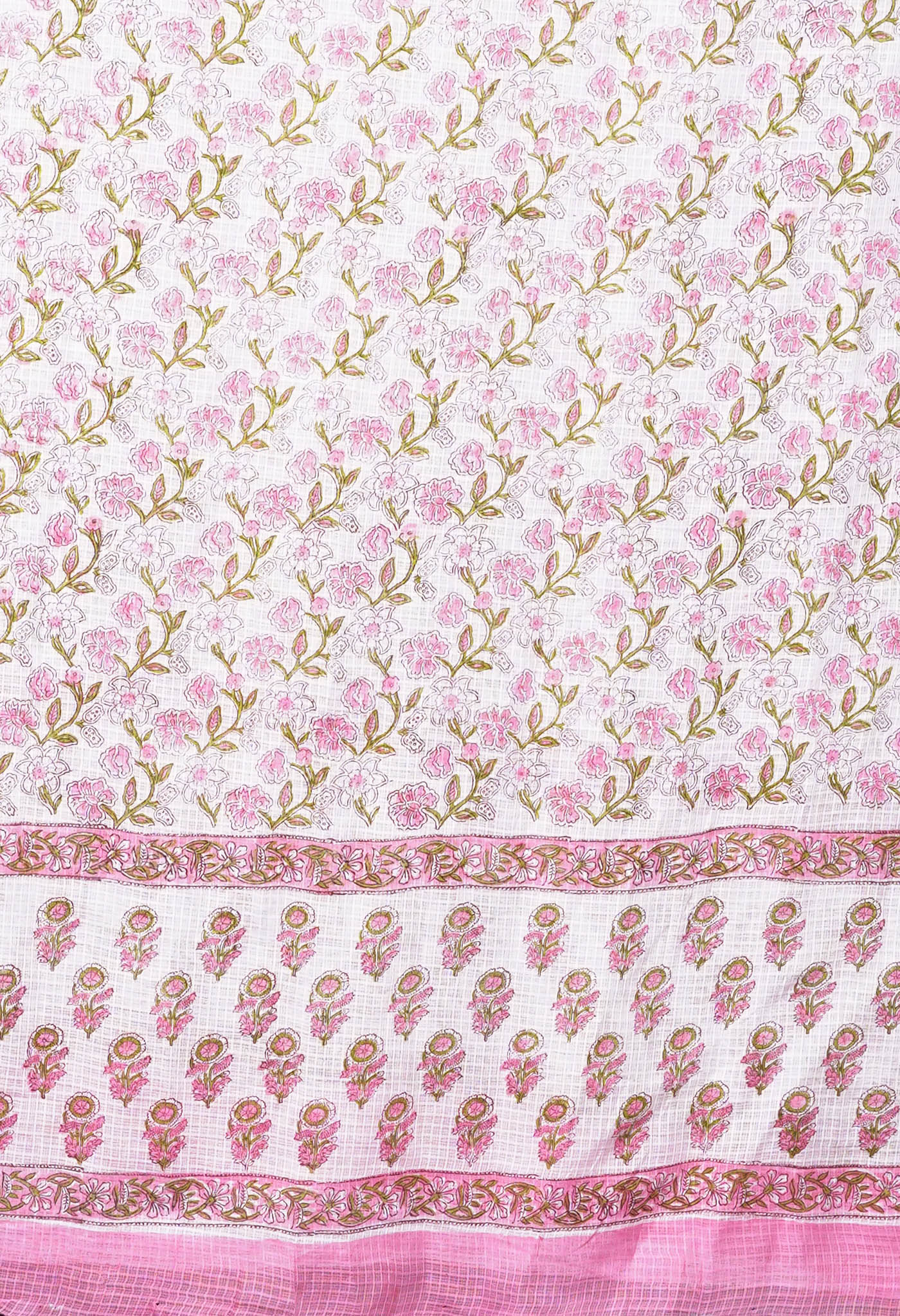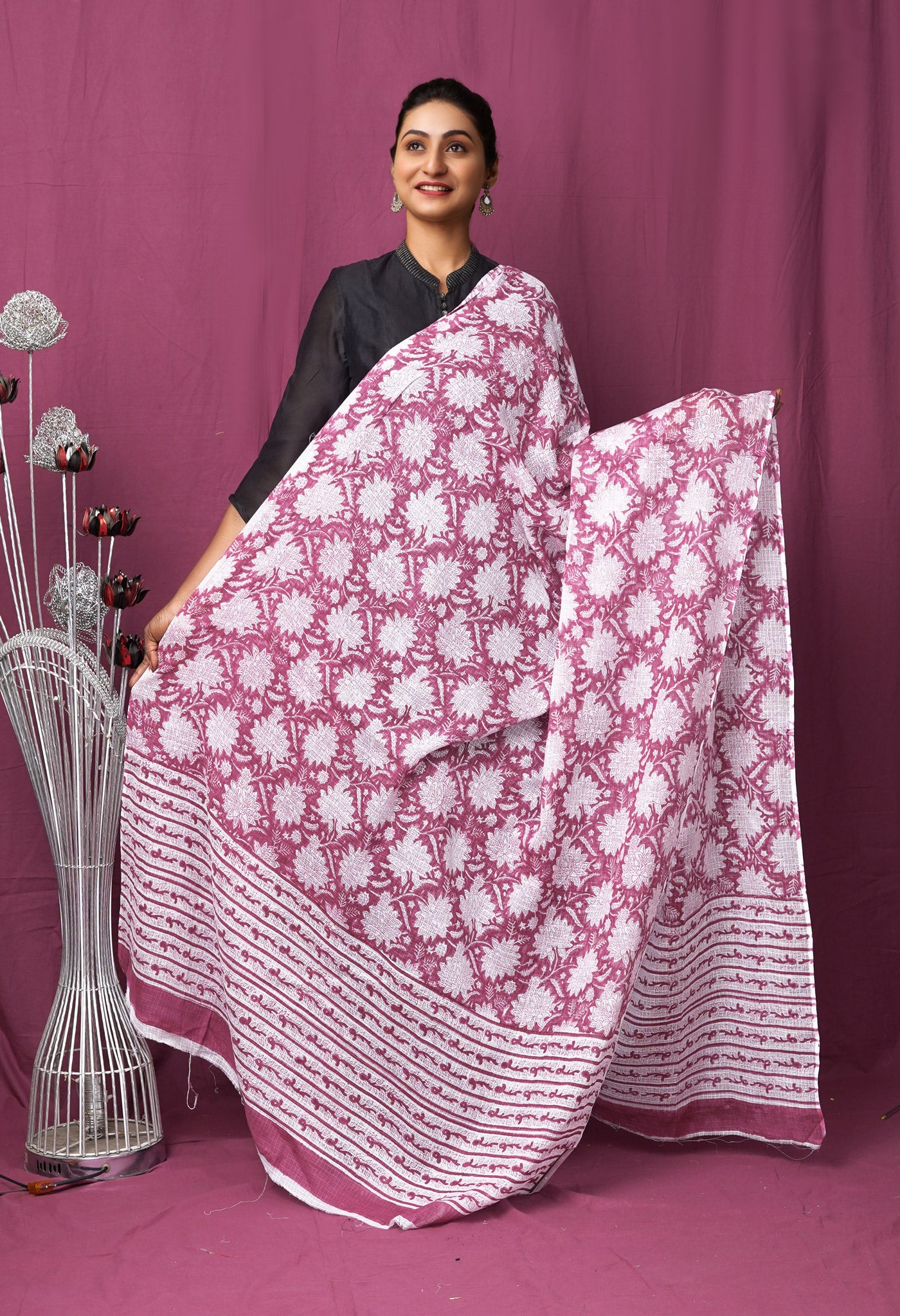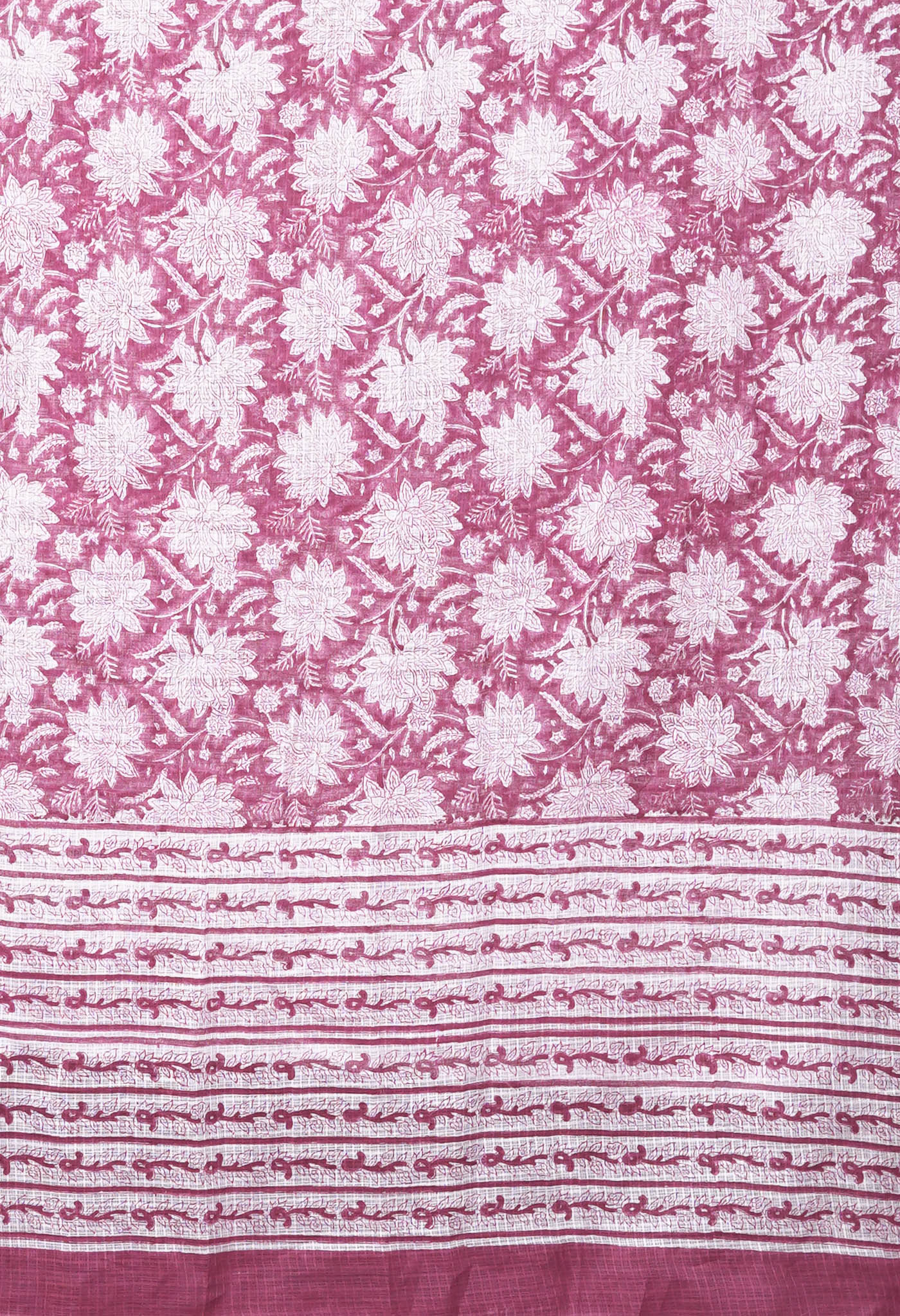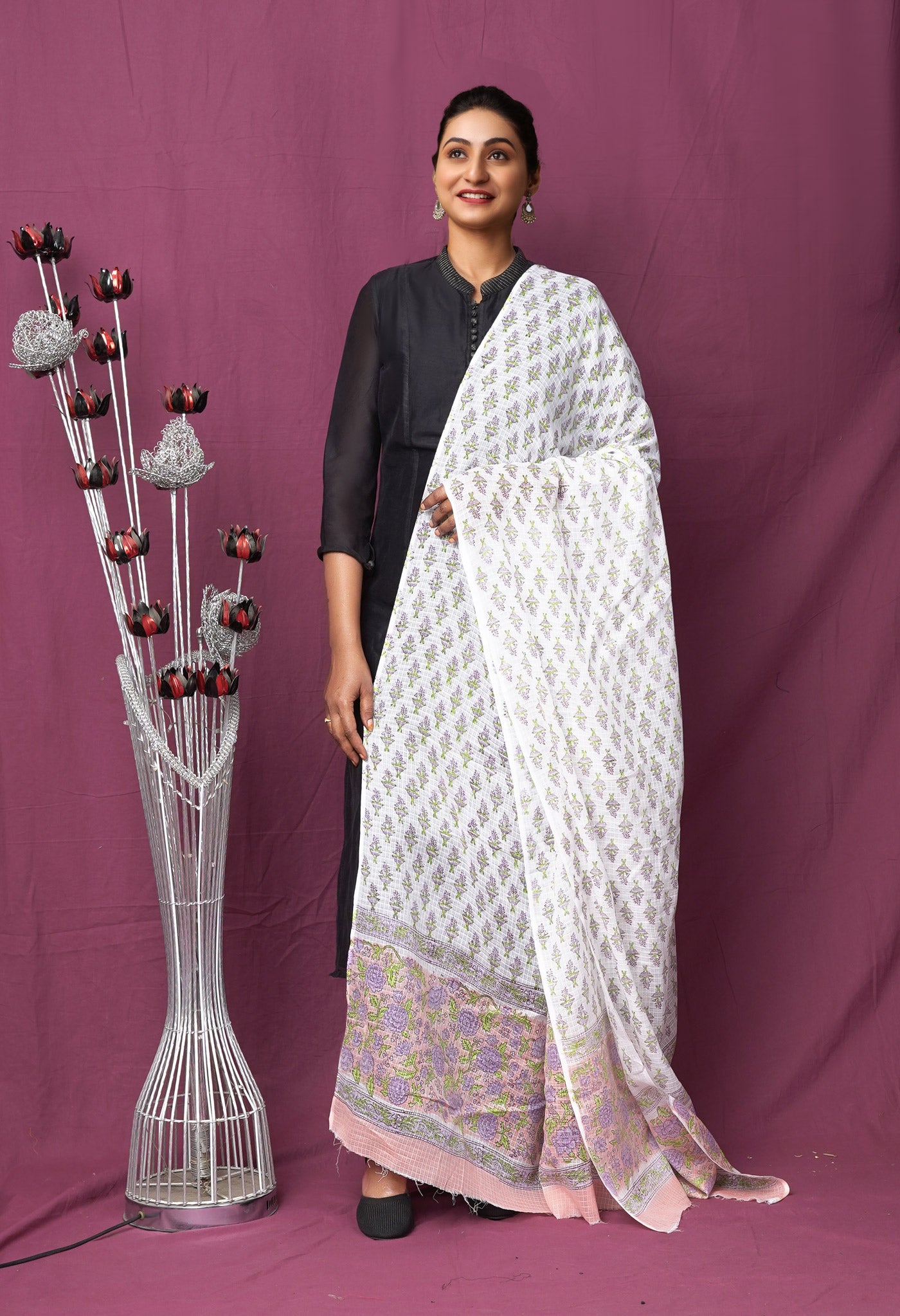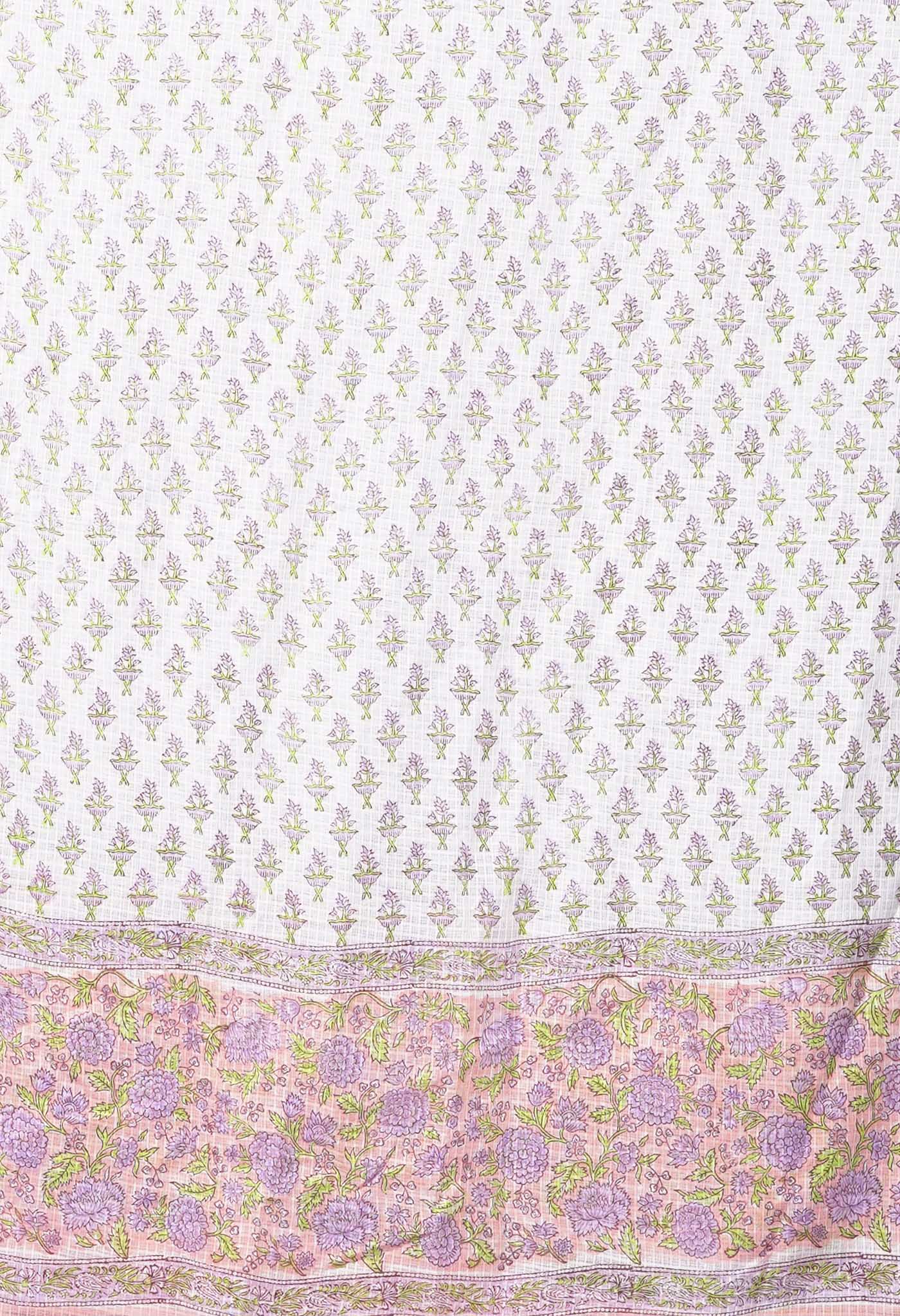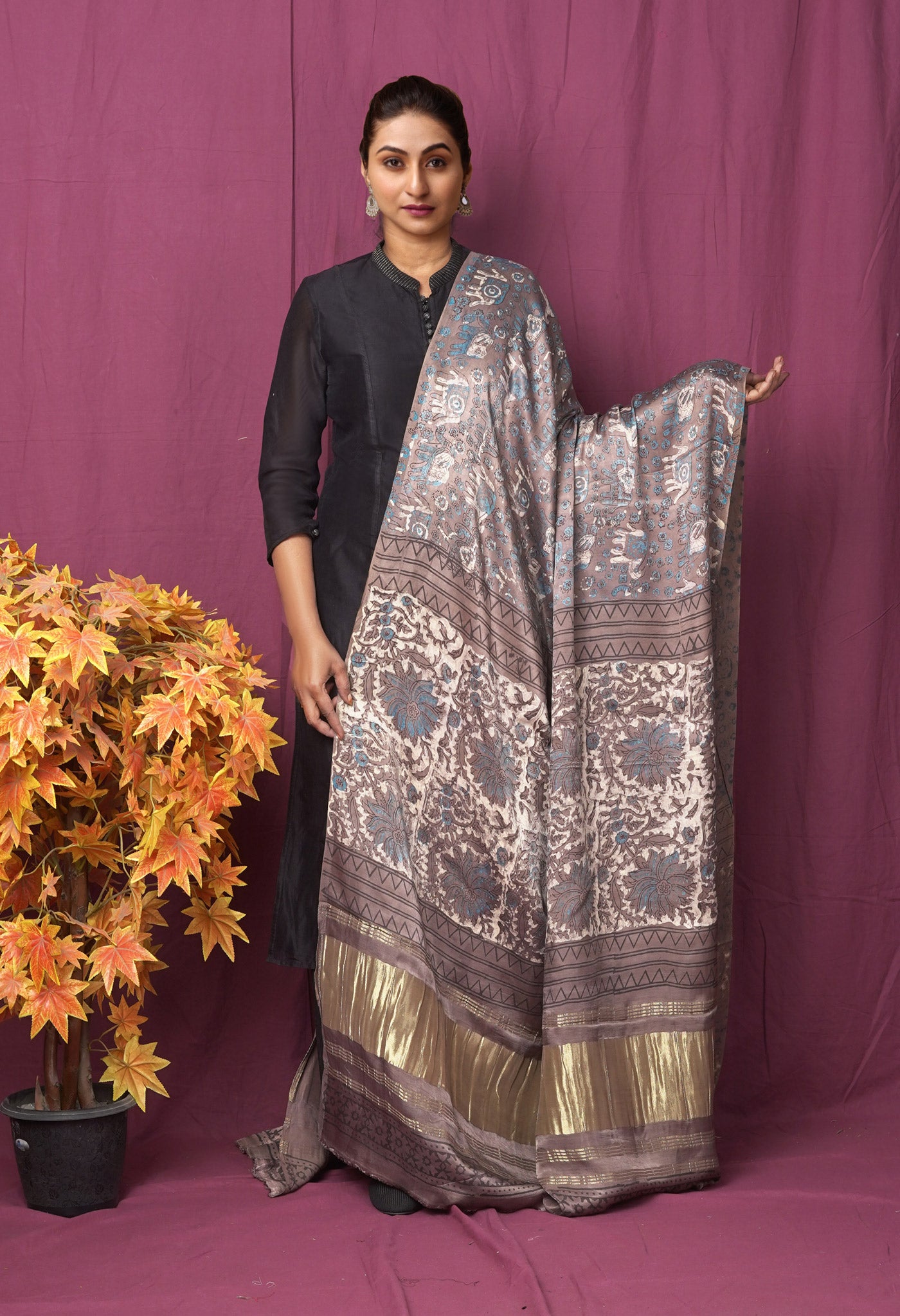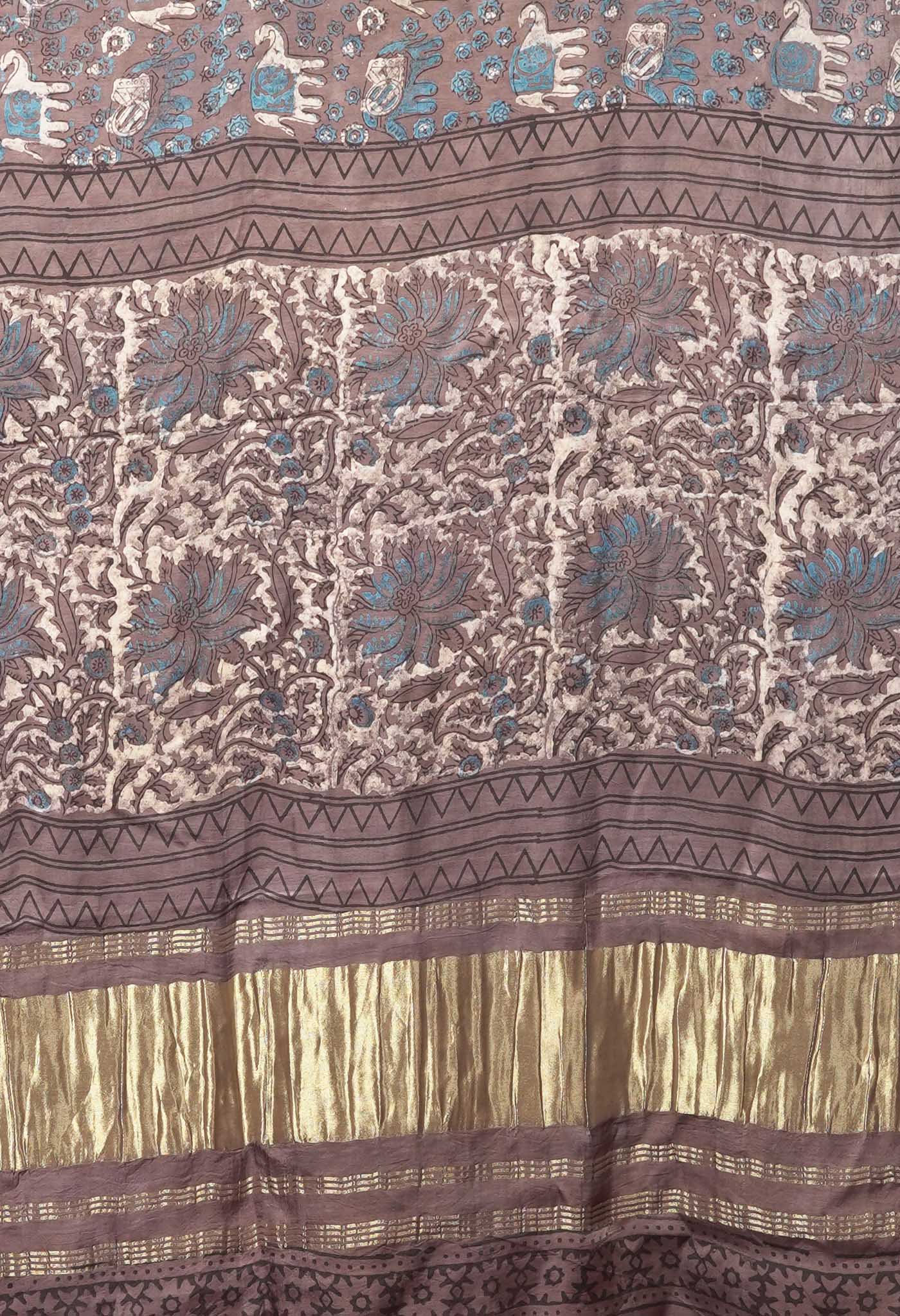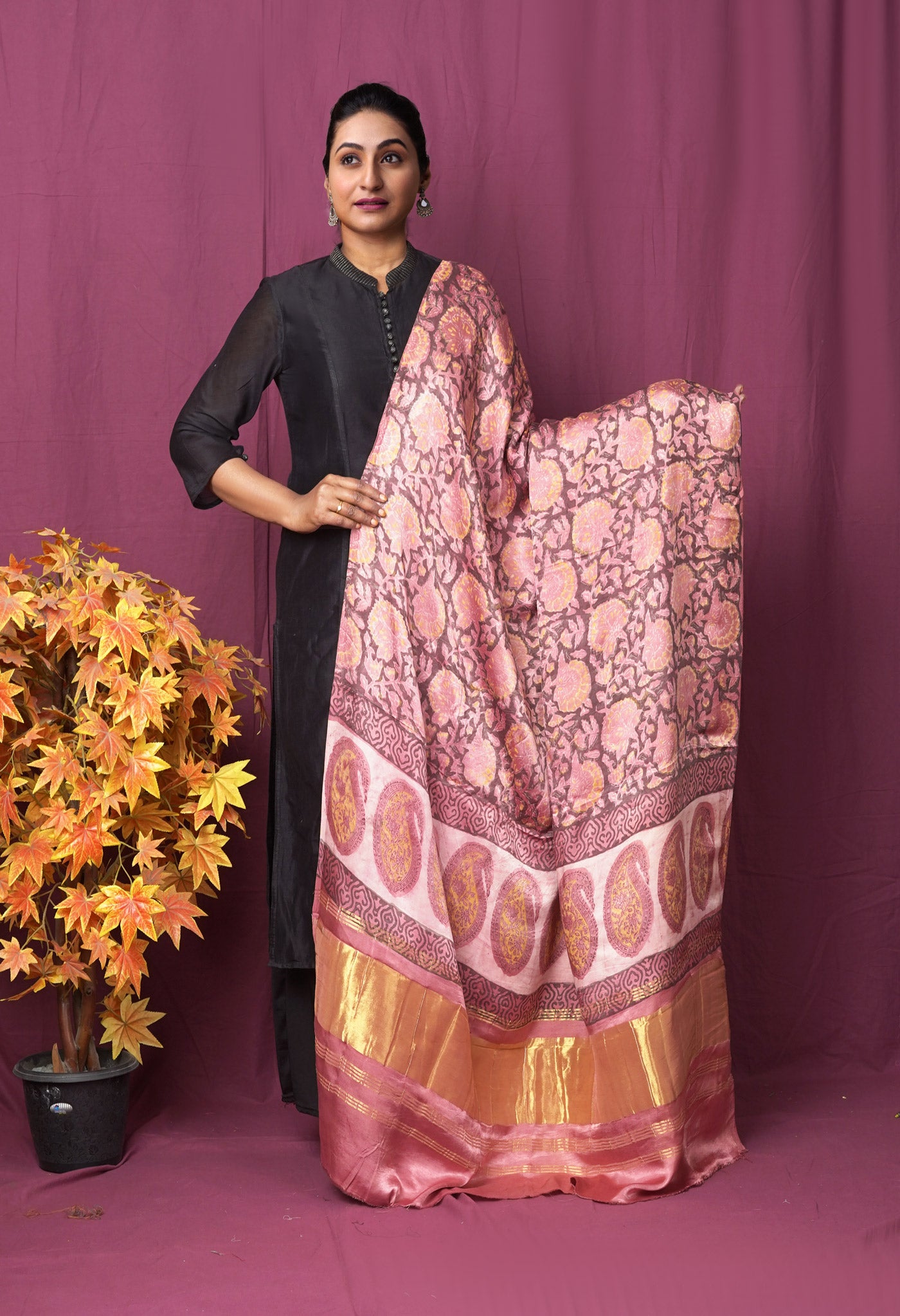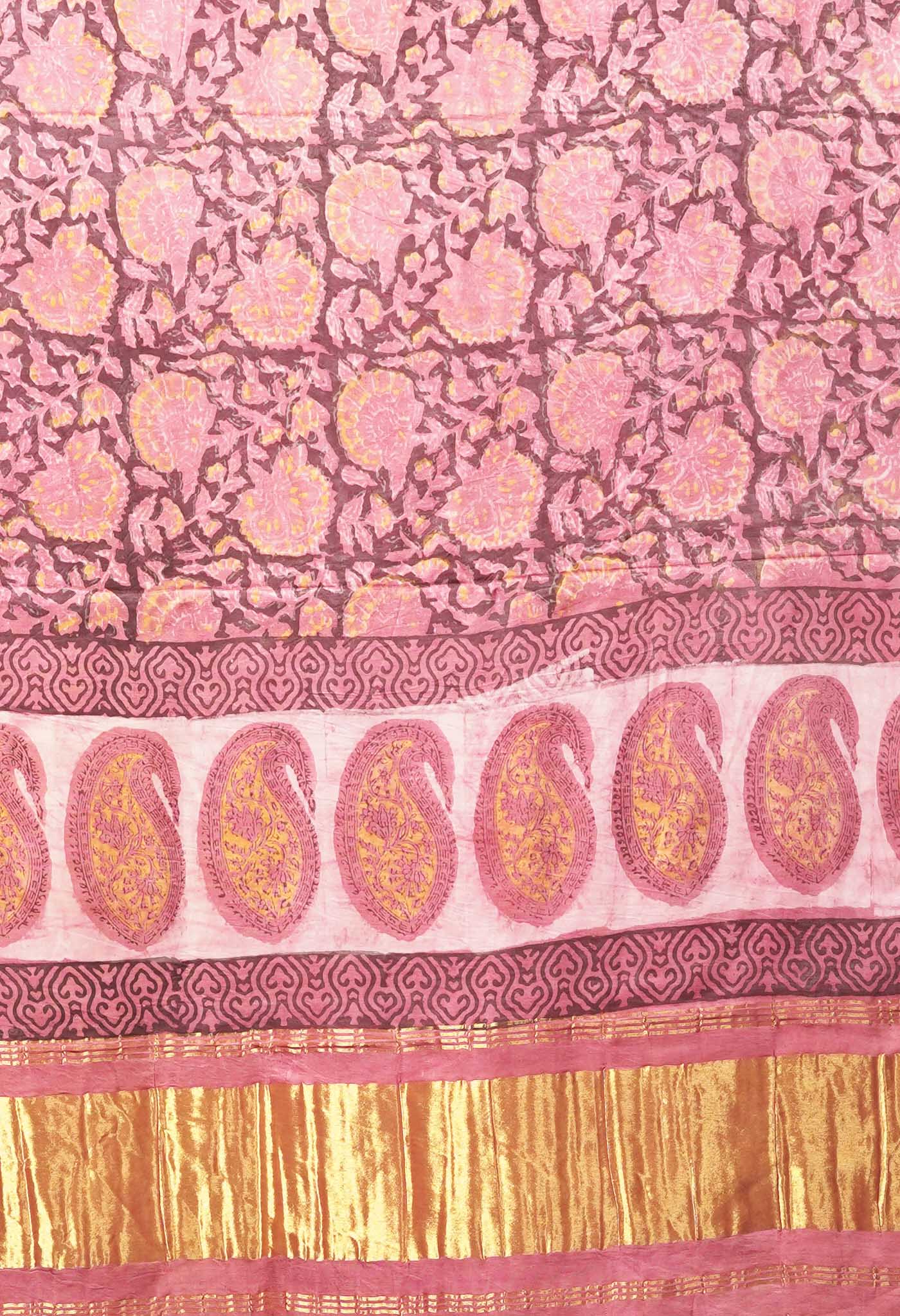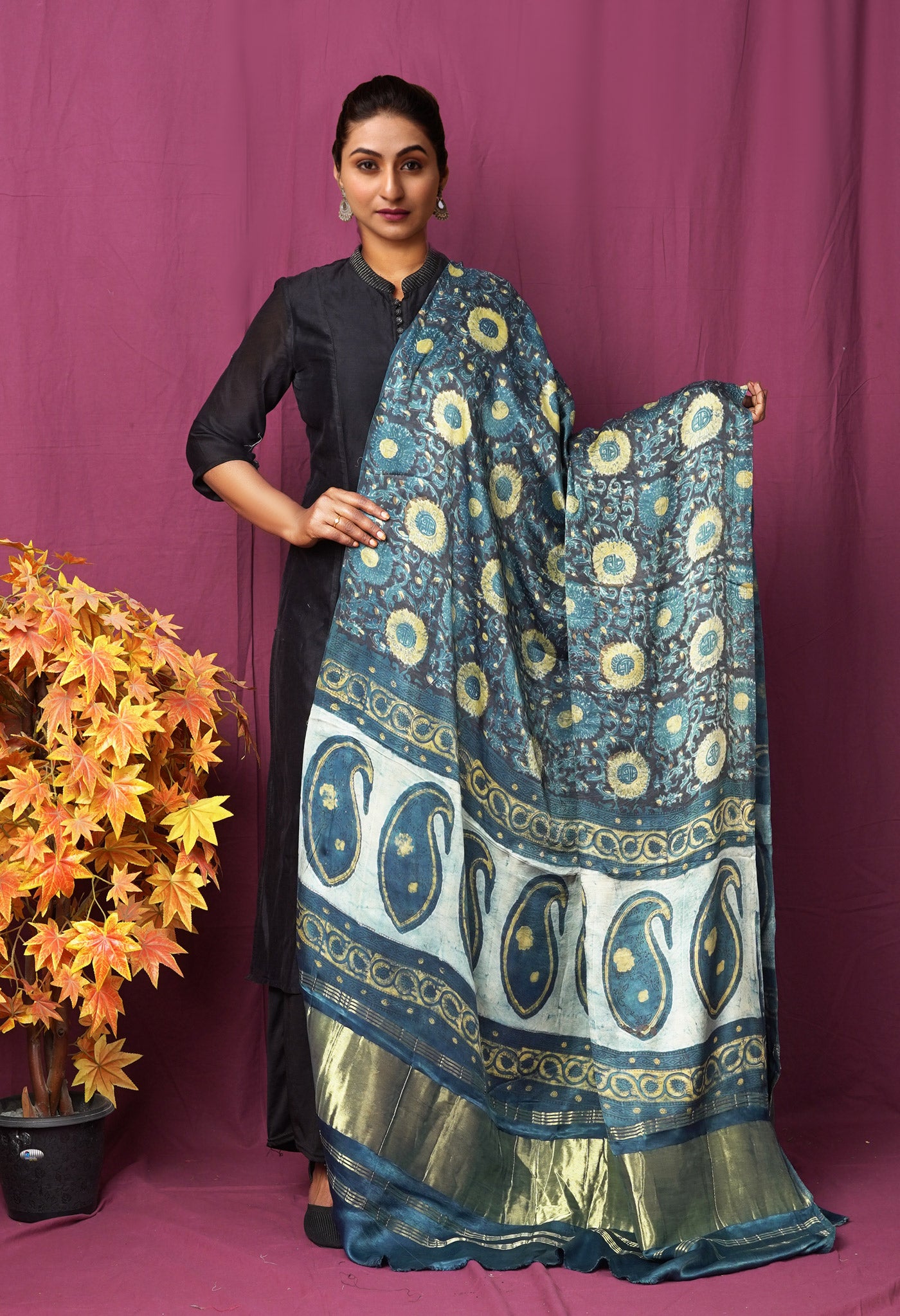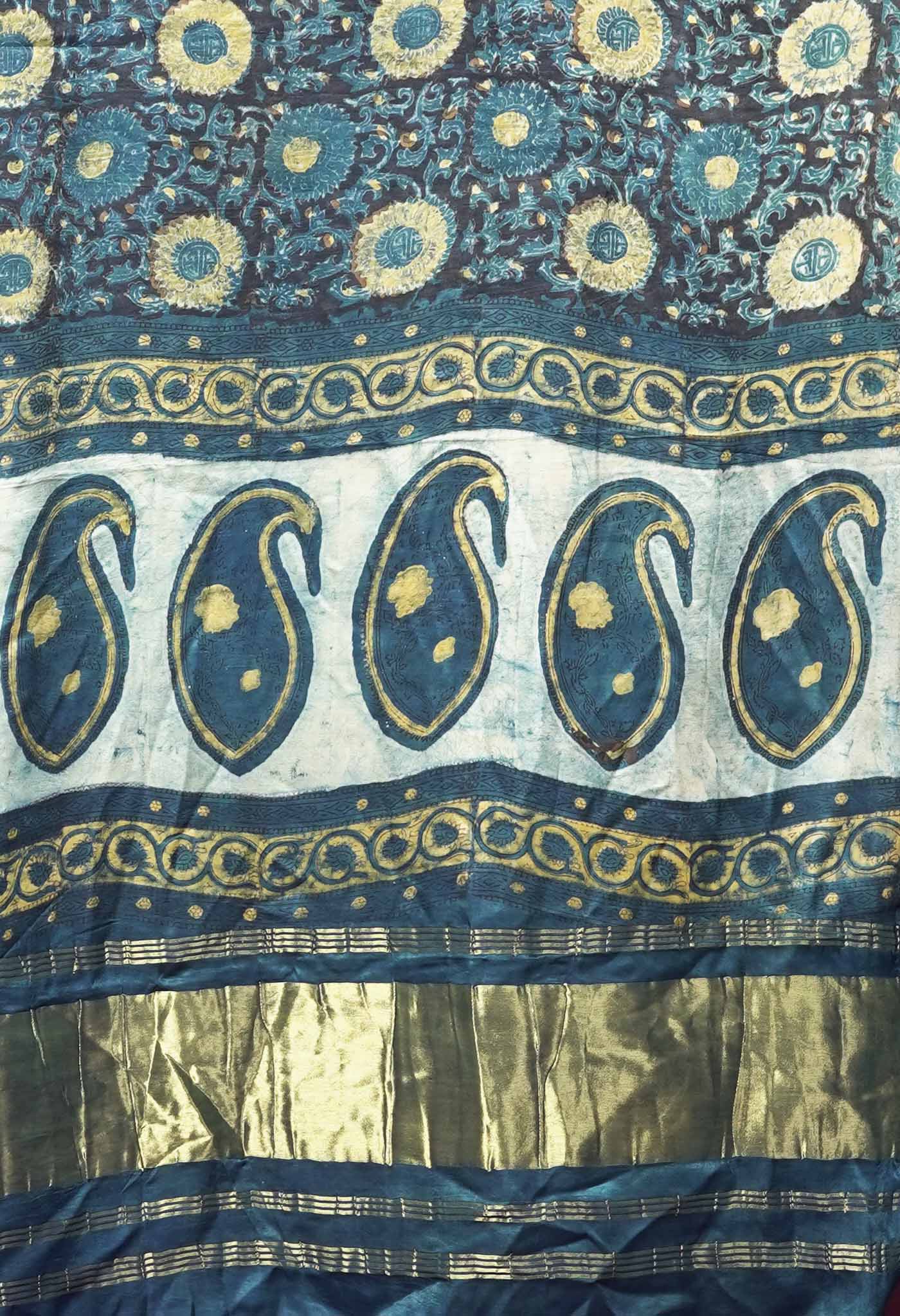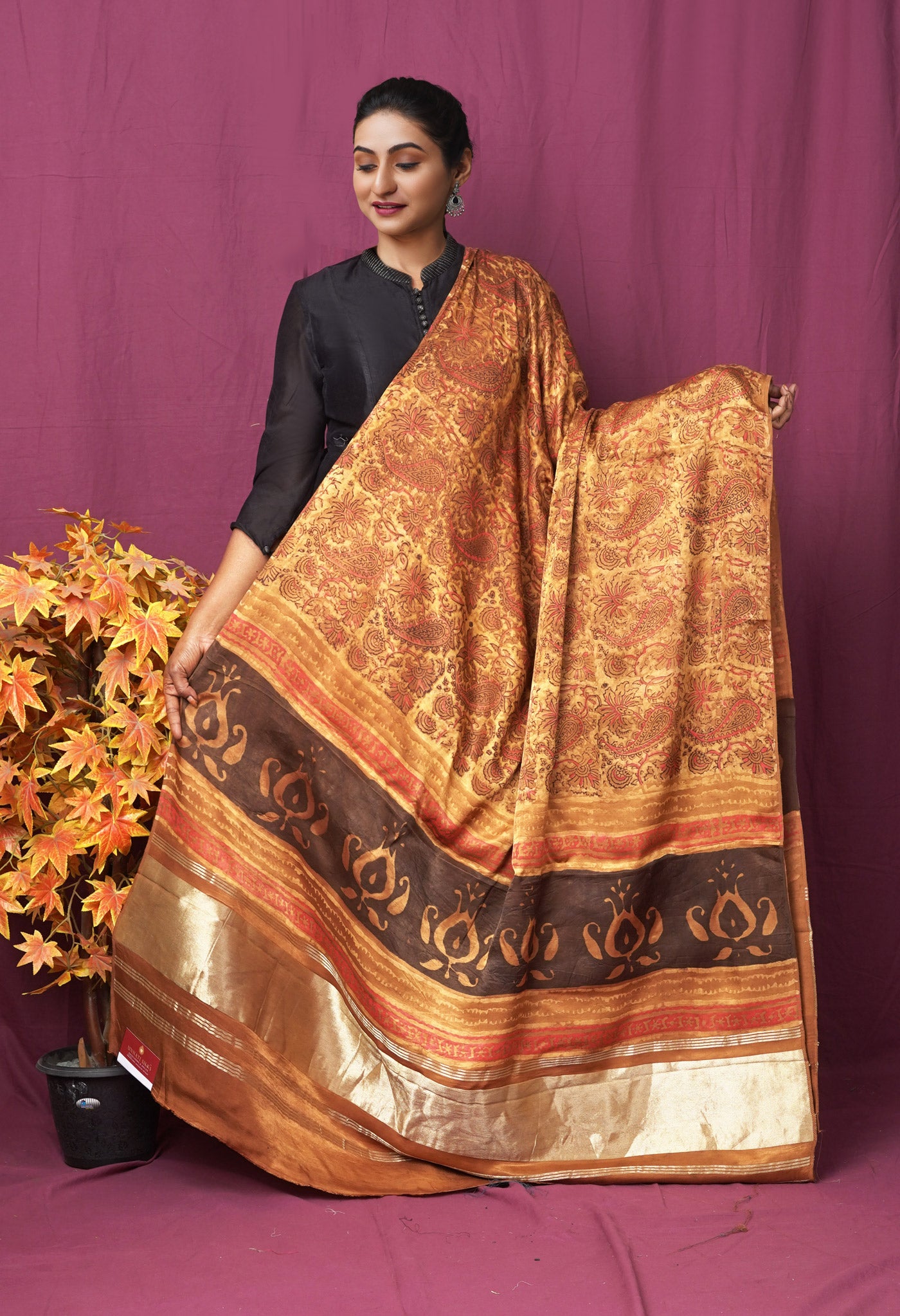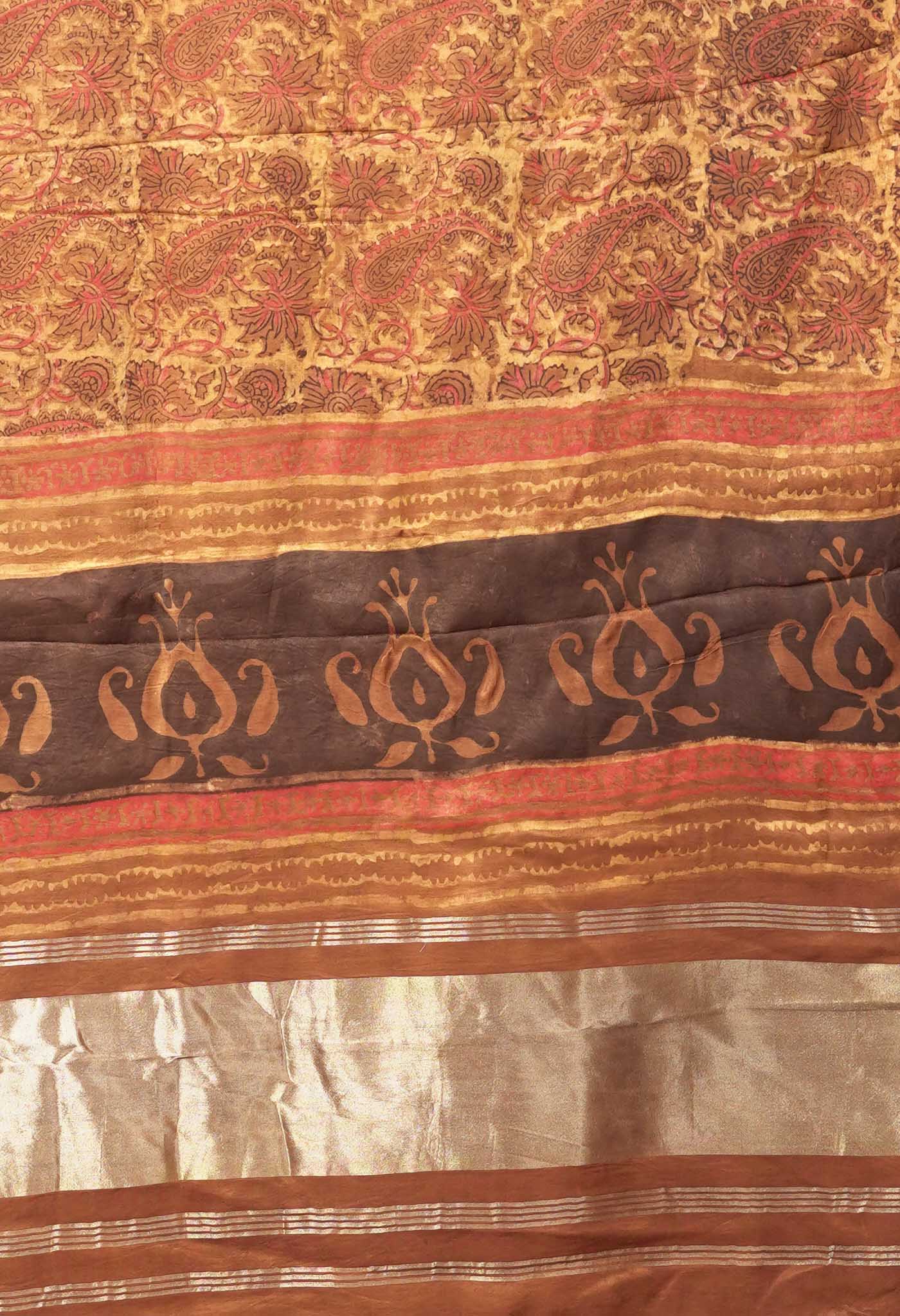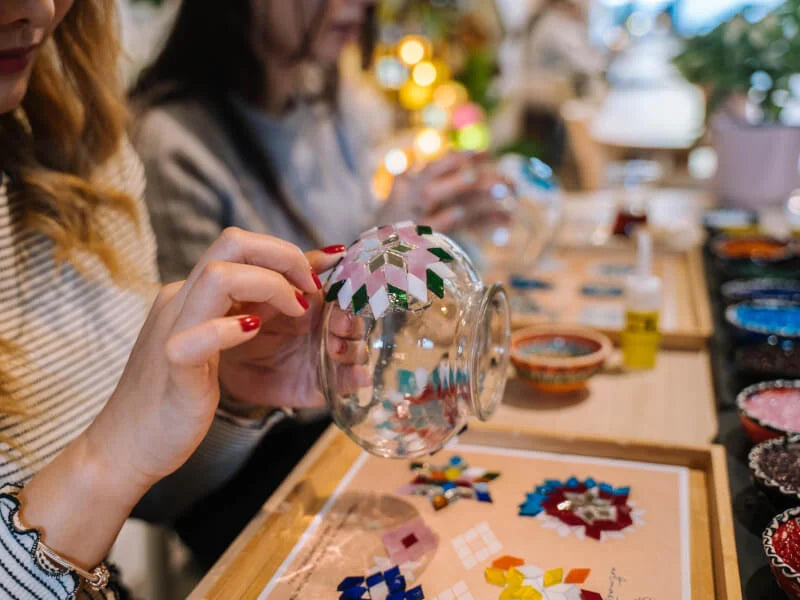
Fun Craft Ideas That'll Spark Any Adult's Creativity
Fun Craft Ideas That'll Spark Any Adult's Creativity :

It's no secret that crafts can have a positive impact on our mood by stimulating the mind, boosting creativity and even reducing stress. You don't have to be an expert crafter to derive joy from these easy crafts for adults, ranging from simple paper, yarn and painting projects to genius upcycling ideas that make the most of what you've got lying around the house. The best part? Once you've finished your craft, you'll have something beautiful to either cherish or pass off to a loved one as a homemade gift.

While we've included some projects that require a bit more time (like a DIY side table), most of these projects can be completed within an hour. Find tutorials and step-by-step instructions for a range of fashion accessories, self-care essentials and gorgeous DIY home decor. Think hand-painted bangles, rose petal bath salts and a butterfly frame, just to name a few standout ideas. Scroll this list to find simple projects for beginners, as well as more challenging options (like crocheting a pillow) to put your skills to the test.

If you're hunting for a seasonal craft idea, there's no shortage of inspiration — explore our roundups of summer crafts, easy fall projects and DIY Christmas decorations. Keep in mind, these relaxing craft ideas are intended for adults, but we've got plenty of craft ideas for kids too.

Leaf Imprint Jewelry Dish :
Collect a few cuttings from your favorite houseplants or neighborhood trees, then use them to create beautiful jewelry dishes. The hardest part is rolling the imprint onto air dry clay using a rolling pin.
Collect a few cuttings from your favorite houseplants or neighborhood trees, then use them to create beautiful jewelry dishes. The hardest part is rolling the imprint onto air dry clay using a rolling pin.
About Leaf Imprint Jewelry Dish Collect a few cuttings from your favorite houseplants or neighborhood trees, then use them to create beautiful jewelry dishes. The hardest part is rolling the imprint onto air dry clay using a rolling pin.
Leaf Imprint Jewelry Dishes are a creative and charming way to combine nature with handmade artistry. Here's a more detailed breakdown of the process for making these dishes:
Materials Needed:
-
Air-dry clay (a soft, pliable type that doesn’t require baking)
-
Leaf cuttings from houseplants or trees (choose leaves with interesting shapes and textures, like ferns or ivy)
-
Rolling pin
-
Acrylic paint or metallic finishes (optional, for decoration)
-
A dish or bowl to use as a mold (to give the dish its curved shape)
-
A knife or crafting tool to cut the edges
-
Water (to smooth the clay edges)
Instructions:
- Prepare the Clay:
-
Take a small amount of air-dry clay and knead it until it’s soft and pliable. Roll it out using a rolling pin to an even thickness (about 1/4 to 1/2 inch thick).
- Collect Leaf Cuttings:
-
Go outside or trim a few leaves from your houseplants. Leaves with detailed veins or unique shapes (like ferns, monstera, or oak) will create more intricate imprints.
- Imprint the Leaves:
-
Place your leaf on the clay and gently roll over it with the rolling pin, pressing firmly to make an imprint of the leaf’s veins and edges. You can experiment with different angles to get varying textures and patterns.
-
Carefully peel the leaf off, leaving the imprint in the clay.
-
Shape the Dish:
-
To create the dish shape, place the clay with the leaf imprint inside a bowl or dish that will serve as your mold. Gently press the edges of the clay to the sides of the bowl to give it a curved form.
-
You can trim off excess clay from the edges and smooth the surface with water or your fingers.
-
Let It Dry:
-
Leave the dish to dry according to the manufacturer’s instructions. Air-dry clay typically takes 24-48 hours to fully dry.
- Finishing Touches:
-
Once dry, you can add color or finish the dish. Acrylic paint, metallic leafing, or a glossy sealer can give your dish a polished look. You might want to paint the edges or the imprints to make them pop.
-
Alternatively, you could leave the dish in its natural clay color for a rustic, organic aesthetic.
 Tips :
Tips :
- Texture variation: Use different leaves for different textures. Thicker leaves will create deeper imprints, while thinner ones will leave a more delicate design.
- Add decorations: Consider adding small beads or embellishments to the edge for a decorative touch, especially if using these as jewelry holders.

These jewelry dishes make great gifts, home decor, or practical pieces for holding rings, earrings, or other small trinkets. The leaf imprints will bring a unique and nature-inspired touch to your space.
About floral stencil tote bag :
It is a type of handbag or accessory that features a floral design, typically created using stencil techniques. The bag’s design is crafted by applying paint or ink through a stencil to create intricate floral patterns on the surface of the bag. Here’s more about this trendy accessory:
Key Features:
-
Floral Design: The design of the tote bag is centered around flowers, which can range from soft, delicate blossoms to bold, abstract floral patterns. This design can be customized to suit different tastes, with options like daisies, roses, or tropical flowers.
-
Stencil Technique: The stencil method involves cutting out patterns in a material (usually paper, plastic, or metal) and using it to apply paint or dye to the fabric or material of the bag. The stencil acts as a template, allowing for precise, repeatable designs.
-
Material of the Bag: Floral stencil tote bags are typically made from canvas, cotton, jute, or other durable fabrics, which makes them suitable for everyday use. These materials also provide a great surface for showcasing the stencil art.
-
Versatility: A floral stencil tote bag can be both practical and stylish. It's often large enough to carry everyday essentials, like books, groceries, or a laptop, and its floral pattern makes it an attractive fashion accessory.
-
Customization: Some floral stencil tote bags are custom-made, allowing individuals to choose the flower design and colors. This makes each bag unique, reflecting the owner’s personality or specific aesthetic preferences.
-
Eco-friendly Option: Many floral stencil tote bags are eco-conscious, especially if made from natural materials or using non-toxic paints. These bags are often marketed as reusable alternatives to single-use plastic bags.
 Uses:
Uses:
-
Everyday Carry: Due to their size and versatility, they are great for daily activities such as shopping, commuting, or even going to the beach.
-
Gift Idea: The bag makes for a great gift, especially for those who appreciate handcrafted or personalized items.
-
Decorative: Some people buy floral stencil tote bags purely for their aesthetic appeal, to add a touch of nature or color to their wardrobe.
Styling:
Floral stencil tote bags pair well with casual outfits like jeans, t-shirts, and dresses, adding a fun, artsy touch. Their bright or subtle floral patterns make them stand out, complementing both neutral and vibrant looks.
In summary, a floral stencil tote bag combines artistry and practicality, offering a stylish way to carry your belongings while adding a fresh, natural touch to your fashion collection.

Accordion Paper Flowers :
Green thumb or not, you can still grow an everlasting garden. Download these templates and follow the steps below to make paper flowers in various shapes, sizes and colors.
- Cut out four pieces of yellow or white paper (depending on what color daffodil you would like) using the first template.
- Fold the paper in half both vertically and horizontally and open again. Fold the bottom up about ¼" and crease it down.
- Flip the paper over and fold all the way to the top until you create an accordion.
- Fold the accordion-folded paper in half and attach the two middle pieces together with double-sided tape.
- Repeat steps 2-4 with the remaining three pieces of paper.
- Connect all four together with a strip of double stick tape to create a flower shape.
- Cut out a rectangle of orange paper about 2" x 1.5" and cut little points on one of the long edges.
- Roll the rectangle loosely to make a tube shape and connect with a small piece of double-sided tape, folding the bottom edge down to create a flat bottom. Glue the little cup you made into the center of the flower to finish your daffodil.

Cubby Cabinet :
Inspired by vintage apothecary cabinets, this farmhouse wall shelf costs less than $15 to recreate. Dress it up with everything from seasonal decor and office supplies to vintage trinkets.
A cubby cabinet is a type of storage furniture designed to provide organized, accessible storage. It typically features a series of small, open or enclosed compartments (or "cubbies") that are arranged in a grid pattern. These compartments are often used to store items in an orderly manner, such as books, shoes, office supplies, toys, or other personal belongings. Cubby cabinets are popular in various settings, including homes, offices, schools, and libraries, due to their practical and versatile design.

Here are some key features of cubby cabinets:
- Compartmentalized Design: The defining feature of a cubby cabinet is the grid or compartment layout, which allows for easy categorization and organization of items. The size of each compartment can vary depending on the intended use.
- Materials: Cubby cabinets are commonly made from wood, metal, plastic, or a combination of these materials. Wooden cubby cabinets tend to offer a more aesthetic, traditional look, while plastic or metal options may be more durable and easier to clean.
- Sizes and Configurations: Cubby cabinets come in various sizes, from small, portable units to larger, fixed units. The compartments can be open or closed with doors or baskets, depending on the design. They can be stacked, mounted on walls, or used as standalone furniture pieces.
- Versatility: Cubby cabinets are adaptable to many different spaces. In a home, they can be used for organizing entryway items like shoes and coats. In offices, they can serve as storage for files or supplies. In schools or daycare centers, cubby cabinets help store personal items or learning materials for children.
- Accessibility: The open compartment design ensures that items are easily visible and accessible, making it convenient to find and retrieve things quickly.

Cubby cabinets are ideal for maintaining an organized, clutter-free space while offering a functional and often aesthetically pleasing way to store personal belongings.

Tassel Earrings :
Here's an adorable craft idea that'll take less than five minutes. You'll need a few supplies, including silk tassels, gold end caps and earring hooks to create these unique earrings.
Tassel earrings are a type of jewelry known for their flowing, decorative tassel elements that dangle and move. These earrings are made with various materials, such as threads, beads, chains, and even metal elements, which create long, fringed strands resembling tassels. The key feature of tassel earrings is the dramatic, fluid movement that the tassels provide when worn.

Here are some key points about tassel earrings:
1. Design
- Tassels: The tassels are typically made from threads, cords, or chains, and they can vary in length, size, and color. Some tassels are delicate, while others are bold and thick for a more dramatic effect.
- Variety of Styles: Tassel earrings can be made in various styles. Some have a simple single tassel hanging from a hook or stud, while others feature multiple strands of tassels, creating a fuller look.
- Materials: Tassels can be crafted from cotton, silk, leather, metal, and even plastic. Beads, stones, or sequins are sometimes added for extra sparkle and dimension.

Knit Mittens :
If you understand the basics of knitting and want to move onto something more challenging, these knit mittens are a fun idea — plus, they make a great gift for loved ones! Follow our easy-to-read instructions
Knit mittens are a type of handwear designed to provide warmth and comfort, made by knitting yarn with needles to create a fabric that forms the mitten's shape. Unlike gloves, which have individual fingers, mittens enclose all the fingers together, which helps to retain heat more efficiently, as the fingers share warmth. Here's a breakdown of knit mittens:
1. Design and Structure:
- Cuff: The base of the mitten often starts with a ribbed or stretchy cuff, typically knitted in a pattern like 1x1 ribbing (one knit stitch, one purl stitch) or 2x2 ribbing. This helps the mitten stay snug on the wrist.
- Body: The body of the mitten covers the hand, and it can be knitted in various stitch patterns like stockinette (smooth), garter (bumpy), or cables (twisted stitches). The body is usually worked in the round using circular needles or double-pointed needles (DPNs).
- Thumb: The thumb is typically added later, creating a separate section. Some mittens feature a "thumb gusset," a small area of increased stitches around the base of the thumb for a more comfortable fit.
- Top: The top of the mitten is closed either by grafting (using a technique called Kitchener stitch) or decreasing stitches until it is pulled tight.
2. Materials:
- Yarn: Mittens are often made from wool or wool-blend yarn, which provides natural warmth and moisture-wicking properties. Acrylic or cotton yarns can also be used, but wool is generally preferred for its insulating qualities.
- Needles: To knit mittens, you can use circular needles or double-pointed needles (DPNs) for working in the round. Some knitters use magic loop, a technique for using one long circular needle to knit in the round.
3. Knitting Techniques:
- Knitting in the round: Most mittens are knit in the round, starting from the cuff and working upwards towards the fingers. This avoids seams, making them more comfortable and durable.
- Decreases: As the mitten is worked toward the top, decreases are made to shape the mitten and close off the opening.
- Thumb construction: The thumb can either be knit directly into the mitten body (a method called the "afterthought" or "thumb hole") or it can be worked separately by adding extra stitches at the side for shaping.

Variations:
- Lined Mittens: Some knitters add a lining of fleece or another soft material inside the mittens for extra warmth.
- Fingerless Mittens (or Gloves): These are a variation where the fingers are left exposed, but the palms and wrist areas are still covered. They are popular for tasks that require dexterity but still want to keep the hand warm.
- Decorative Patterns: Mittens can be decorated with patterns, colorwork (such as Fair Isle), cables, or even embroidery.
Uses:
- Knit mittens are popular for cold weather as they offer warmth during winter activities like hiking, skiing, and snowboarding.
- They are also commonly worn for everyday use during the winter months.
- Hand-knitted mittens can be highly personalized with color choices, patterns, and sizes.

Knit mittens are valued for their warmth and cozy feel, often making them a favorite handmade gift during colder seasons.
Pressed Flower Lanterns :
Decorate your home with these gorgeous flower lanterns — or make them in bulk for an upcoming party. You can definitely press your own flowers, but save yourself time by picking up a pack online.
Pressed flower lanterns are a beautiful and creative form of decorative lighting, where real, dried flowers are carefully pressed and applied to lanterns or light fixtures, creating a soft, natural glow when lit. These lanterns combine the elegance of floral art with the warmth of light, making them a popular choice for home decor, events, and crafting projects.

Here’s a step-by-step explanation of how they are typically made:
1. Choosing Flowers:
- Type of Flowers: Flowers with delicate, thin petals work best. Common choices include lavender, daisies, violets, pansies, and pressed leaves. These flowers are selected for their colors, texture, and how well they can be preserved once dried.
- Preservation: Flowers are often pressed between parchment paper or in a flower press, which flattens them and removes moisture to prevent mold or decay. The pressing process also helps maintain the flowers' colors.
2. Preparing the Lantern:
- Lanterns can be made of glass, paper, or plastic. Transparent materials like glass or clear plastic work particularly well because they allow the light to shine through, highlighting the flowers’ details.
- For paper lanterns, you can use a sturdy, translucent paper or cardstock that allows some light to filter through, giving a soft glow.

Arranging the Flowers:
- Design: The pressed flowers are carefully arranged onto the lantern’s surface. This can be done randomly for a wildflower look or in a more structured, symmetrical pattern depending on personal preference.
- Adhesives: To attach the flowers, a craft adhesive or decoupage glue is used. It is important to use a glue that doesn’t stain or change the color of the flowers. Some people use Mod Podge, a popular decoupage medium, to apply flowers.
Adding the Light:
- The lantern is typically equipped with a small light source, such as a tea light, LED candle, or string lights. LED lights are often favored because they generate little heat, which helps protect the delicate pressed flowers from damage.
- The light source is placed inside or behind the lantern, depending on the design. When lit, the flowers cast beautiful, subtle shadows and create a warm, inviting ambiance.

Rainbow Bangles :
Let your imagination run while as you paint and stencil your favorite patterns onto wood bangles. They're so fun to wear knowing you've made them yourself, but you can also paint one for a friend.
Rainbow bangles are colorful bangles that feature a wide spectrum of colors arranged in the form of a rainbow. These bangles are popular in various cultures and are known for their vibrant and cheerful appearance. Typically, rainbow bangles are made of different materials such as glass, plastic, metal, or even wood, and they often reflect a combination of the seven traditional rainbow colors: red, orange, yellow, green, blue, indigo, and violet.

Here are a few key aspects of rainbow bangles:
1. Symbolism:
- Colors of the Rainbow: The rainbow itself symbolizes hope, diversity, and the beauty that comes from variety. Each color in the rainbow is also often associated with different meanings, such as love (red), joy (yellow), and peace (blue).
- Celebration and Joy: Rainbow bangles are often worn during celebrations, festivals, or special occasions as they are seen as symbols of happiness, unity, and vibrancy.
2. Cultural Significance:
- South Asian Traditions: In many South Asian countries, bangles are a traditional ornament worn by women, especially during weddings, festivals like Diwali, or religious occasions. Rainbow bangles, though not strictly traditional, are sometimes used to add a modern and fun twist to these occasions.
- Western Influence: In some Western contexts, rainbow bangles are popular during pride celebrations or as a symbol of inclusivity and LGBTQ+ pride. They celebrate diversity and equality.
3. Design Variations:
- Multi-Colored Bangles: These can come as a set of bangles, each in a different color, or in patterns that transition from one color to the next in the order of the rainbow.
- Beaded, Painted, or Gemstone Embellishments: Rainbow bangles may be simple or may feature additional decorative elements such as beads, stones, or intricate patterns to enhance their beauty.

Occasions for Wearing:
- Festivals and Weddings: Rainbow bangles may be worn for festive celebrations, especially during cultural events or family gatherings.
- Everyday Fashion: These bangles can also be worn as part of everyday outfits to add color and a playful touch to one's wardrobe.
Materials:
- Glass Bangles: Common in South Asian cultures, these may feature multicolored hues in transparent or opaque finishes.
- Plastic or Resin Bangles: Lightweight and often mass-produced, they are affordable and come in a wide array of colors.
- Wooden Bangles: These can be carved and painted with rainbow designs for a natural and artistic look.
- Metal Bangles: These can have a metallic base with rainbow-colored enamels or stones embedded in them.

Rainbow bangles are a fun and colorful accessory that adds brightness to any outfit and are enjoyed by people across various cultures for their lively aesthetic and meaningful symbolism.

